Choosing a NAS for Video Editing – Get It Right, FIRST TIME!
No doubt, you’ve got friends and professional colleagues working in the world of post-production and content creation who have staunchly recommended that you start editing your big projects on a NAS! Sounds simple, right? You’ve spent the best part of the last couple of decades editing and backing up projects onto a USB or Thunderbolt-connected drive. Yet now, with the influx of cloud services and the sheer size of projects these days, the appeal of moving your production over to your own private cloud NAS, with plenty of benefits in scale and performance possible, does sound remarkably appealing! However, the reality is not quite so simple, and unlike when you might have made the jump from a basic USB drive to an external Thunderbolt-connected SSD, network-attached storage has a little bit more of a learning curve, and novice users to this ever-growing storage alternative have got quite a lot of new things to learn. This is made even tougher when, as a content creator and video editor, you are far more concerned with media resolution, picture quality, and production factors than you are in just how many gigabytes and terabytes of space it takes up! So today, I want to go through the most important aspects that a video editor needs to factor in when considering a NAS device for use in video editing. At the end of this article, I will make recommendations based on different budgets, scale, and production levels. But for now, let’s crack on and go through each of the most important factors for those of you considering making the switch over to NAS in your post-production workflow.
Note – Read a Step by Step Idiots Guide To Editing Video On A NAS Drive (Via 10Gbe Or Thunderbolt) HERE
The Importance of RAID and Scale in a NAS for Video Editing
Note – Learn more about choosing between LARGE HDDs and Multiple Smaller HDDs in this detailed Guide HERE
This is probably one of the most overlooked factors when it comes to users editing on a NAS. Just because a system boasts a certain number of terabytes of storage, it does not necessarily mean that each is just as good as an identical system with the same number of terabytes that happens to be larger. What do I mean by that? Well, I am talking about the benefits of Redundant Array of Independent Disks, also called RAID. Originally, this was developed as a means of ensuring that if you had a large area of storage comprised of multiple drives, if one failed, you would not lose your data, as RAID provided a safety net in the form of a single drive (or two, in some RAID configurations) of failure protection. However, over the years, other inherent benefits of RAID have presented themselves, and a few of these are going to be massively desirable to video editors. The first advantage is performance. In almost all cases of RAID configuration, the more drives you have in a single storage array (e.g., the more hard drives you have in the box), the higher the performance! This is because the more drives you have, the more drives are going to be simultaneously read from and written to as you edit. That is why the more powerful video editing NAS systems tend to have more bays for drives, as this allows you to multiply the performance. So, sometimes if you see a NAS server with the same internal hardware in either a 4-bay or 8-bay form, it is always worth spending a fraction more on the larger system as it will allow more drives and therefore higher performance, which translates into a much smoother editing experience on your connected Mac or Windows machine.
Here is a Guide to Understanding Each of the Main RAID Types (Click Below to read in a new tab)
Next, there is scalability. Although you might be looking at 10TB of storage for your projects right now, that is going to multiply over time as your range of stock footage and completed projects increases over the years. You need to know that you can scale up the NAS system fluidly and easily over that time. Therefore, it is always worth purchasing a NAS with a bunch of empty bays inside it to add drives later or a NAS system that supports expansion devices (i.e., connected smaller boxes that add storage later down the line). All NAS boxes can run on just a single hard drive or SSD, so don’t be afraid to only partially populate a NAS rather than fully populating every single available bay on day one. Adding drives gradually over time will not only allow you to spread the cost of your expanding storage as the years go by, but it will also allow you to gradually increase the performance of your system over time too, and therefore allow you to know just the right performance level that you’re going to need for your video editing tasks in the long term.

Finally, a massively overlooked element of RAID is that it allows you to achieve much better value in terms of your storage. Commonly referred to as ‘price per terabyte,’ thanks to the balance between safety net and storage provided by RAID, it’s genuinely possible to achieve high capacity levels and save money easily. For example, if you buy 2x 10TB hard drives (so, technically 20TB data storage) in a RAID 1 in order to achieve one drive of safety net, you will lose 10TB of storage. However, if you buy 4x 4TB hard drives and put them in a RAID 5 (still one drive of safety net), you will achieve 12TB available storage, and you will have spent less on these four smaller drives than the two bigger drives, and you still get to have increased performance too! Although this logic is not foolproof on all drives, you generally find that this can ring true across the majority of different capacities, so never be afraid to weigh up the cost, benefits, and performance benefits of going for smaller drives in larger quantities.
| Cost of NAS Hard Drives in Jan 2023 (5/1/23) | |
| Seagate Ironwolf HDDs (Regular) | WD Red Pro HDDs (Pro Series) |
| 1TB – $35 2TB – $65 4TB – $105 6TB – $158 8TB – $177 10TB – $224 12TB – $258 14TB – $271 16TB – $309 18TB – $389 |
4TB – $140 6TB – $173 8TB – $215 10TB – $245 12TB – $253 14TB – $270 16TB – $298 18TB – $349 20TB – $419 22TB – $551 |
In most cases, the price per terabyte on both sides will remain largely consistent at each capacity. HOWEVER, when you start putting these drives into a NAS/DAS enclosure and acting in the RAID configuration, it soon becomes apparent that the ben efits in Drive #s in a RAID 1 vs a RAID 5 immediately show a saving in almost every single capacity the smaller you go! Below are two examples of achieving 12TB in a NAS enclosure using RAID 1 vs using RAID 5 (so, still maintaining 1 disk drive failure protection and having 12TB of storage to use):
| 12TB Storage in a RAID 1 MIRROR | 12TB Storage in a RAID 5 |
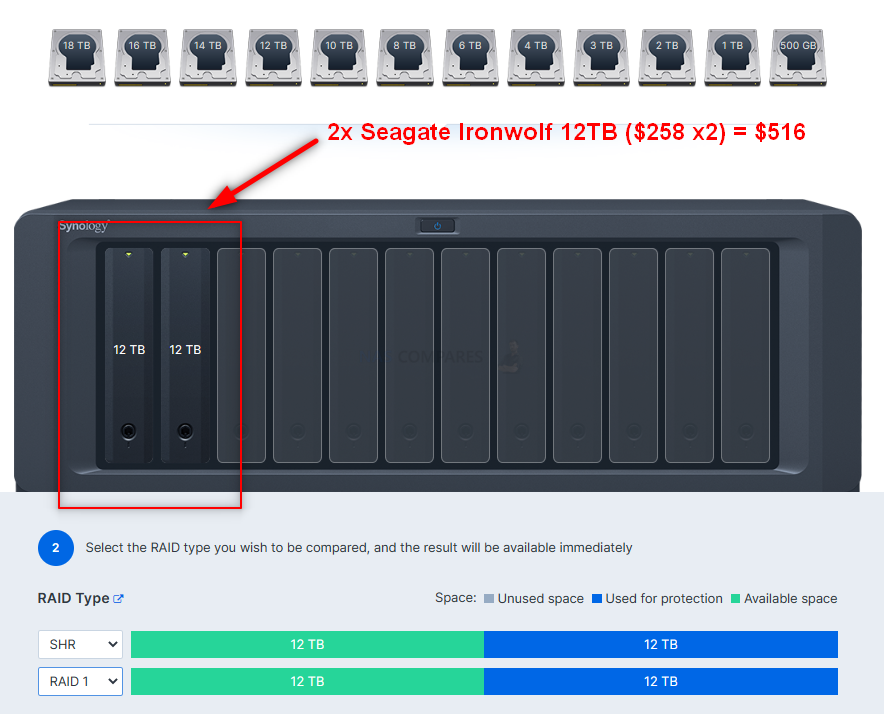 |
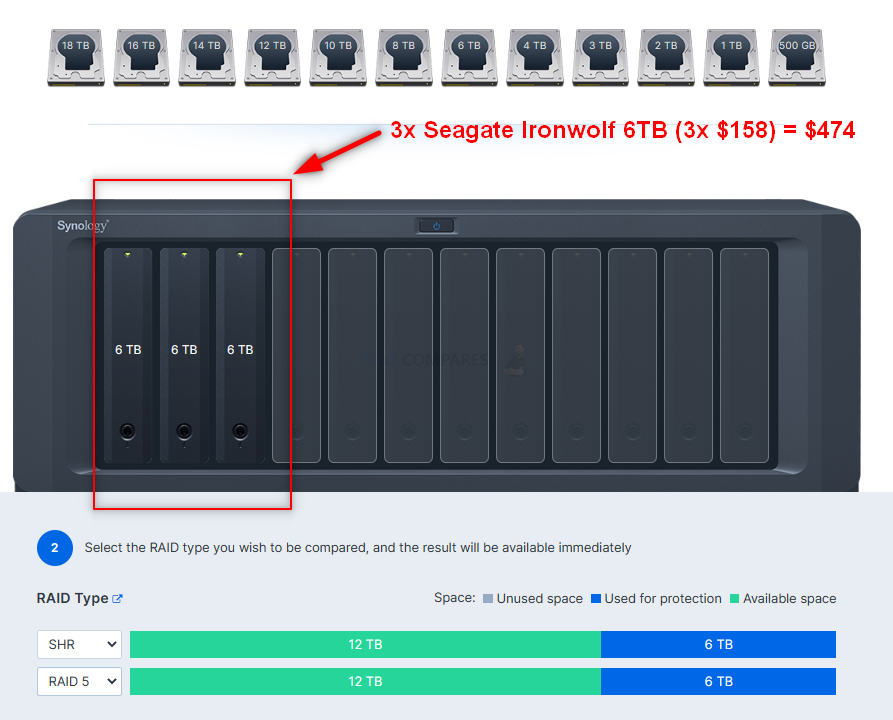 |
Why is Network Connectivity SO Important?
One of the things people often do not realize about the difference between using a NAS and previous experience with cloud storage such as Dropbox, iCloud, or Google Drive, is the performance benefits of connecting via network versus connecting via the internet. Those subscription cloud drives are heavily dependent on your internet speeds, and even if you choose to use high-end internet connections such as fiber optic and gigabit internet, the reality is that you simply will not get the same level of performance as is possible via your local area network. All the devices in a single office or business environment that are utilizing the same internet/router are typically on the same network. Think of all of the devices in your home/office as houses on the same street, whereas think of communicating over the internet as communicating with completely different towns and cities! Devices on the network (also referred to as the LAN or Ethernet) have much higher speeds possible, starting at 109 megabytes per second, and this can be scaled up substantially towards 1000 megabytes, 2000 megabytes, and more, thanks to bonding technology that harnesses and combines multiple network connections.
Different NAS devices will arrive with different network connections, as well as the option to increase and upgrade those network connections in the systems via USB adapters and PCIE upgrades. Equally, most PC or Mac systems provide the means to upgrade their network connections in the same way via simple, affordable USB upgrades, slightly more expensive PCIE upgrade cards, and even Thunderbolt-connected adapters that allow you to connect your PC or Mac directly (no switch or router in between) to allow much larger performance benefits for video editors that want to edit 1080p or 4K directly on the NAS. It is really important when considering a NAS for video editing that you factor in the network connections on the device, as well as the ability to scale them up accordingly throughout the system’s life and as your video editing demands increase over the years. Equally, you need to make sure that your editing machine has similar levels of network connectivity available, as your total maximum performance will always be dictated by the lowest speed device in the network. i.e., You cannot connect a 10-gigabit NAS to a 1-gigabit MacBook, as you will only achieve 109 megabytes (i.e., a Gigabit).
Why the CPU inside a NAS is MASSIVELY Important for Video Editing?
You may have already noticed when considering one NAS over another that although some systems seem very similar in size, their price tags can be wildly different! Although there are a lot of factors that make up the cost of a NAS, the CPU that the system arrives with is extraordinarily important. Much like the Mac or PC that you choose to edit your video on, a more powerful or more task-designed CPU is going to achieve the best results, and that is because of efficiency and having the tools built in to perform those certain tasks. More affordable and lower-end NAS systems tend to arrive with ARM-based CPUs. These are the kind of CPUs more generally found inside mobile devices, tablets, and pretty much anything that is designed to be on a limited power supply for long periods of time (as these are designed to compress commands given to and from the CPU to the rest of the system and that results in lower power consumption but also lower capabilities, as you have to factor in the shrinking of those commands by the processor). More capable and higher-priced NAS systems arrive with x86 processors, which are far more capable processors and will result in a larger frequency and higher complexity of commands handled inside the system. When you are editing data of any kind, the number and complexity of the instructions handled by the system will always govern the overall best performance possible, and in the case of video editing, which has exceedingly dense file sizes and formats, a much more capable CPU is going to make all the difference in terms of ensuring that the multiple files that you are editing at any given time in a single project are managed quickly and efficiently.
However, things get even more powerful when you start looking at CPUs that are either industrially designed for high-frequency file transmission or have integrated graphics. Generally, you find a more industrial component in servers to be a Xeon or AMD EPYC processor. These are designed for server use and enormously high-frequency transmission of data. But integrated graphics are a little different. This is a dedicated component of the processor that is designed to handle and manipulate graphical data. So, high-end video data definitely comes under the classification of graphical data! This is particularly true if you are running dense or lesser-supported formats. So, raw video that is uncompressed or files that are compressed with licensed formats such as HEVC will be made that bit easier with integrated graphics. The importance of the processor inside the NAS you choose to use for video editing is enormously important, and although it’s easy to overlook (as we are talking about one of the significantly more technical aspects and something you have to dig into the spec sheets to learn), it is definitely worth spending a bit of extra time to check the processor inside your NAS before you spend your money on a video editing solution.
Is Thunderbolt NAS Any Good?
Using Thunderbolt to connect with a NAS is something that has grown in popularity over the last 5 years or so. As mentioned earlier, you can purchase Thunderbolt to 10G adapters that allow you to connect directly with a NAS over 10G via an available Thunderbolt port directly on your video editing machine. However, a Thunderbolt NAS takes things further and actually features at least two Thunderbolt ports on your NAS that allow you to directly connect at least two video editing machines to the NAS system. This sets it apart from traditional Thunderbolt-attached storage (referred to as DAS, Direct Attached Storage) as it allows you to have multiple video editors connecting to the same storage device at the same time. But equally, it allows you to access all of the NAS features both via Thunderbolt and via the network, so you’re still able to utilize the device for multi-site backups, multimedia, surveillance, and anything else that you were considering buying a NAS for to maximize your investment in this purchase. Also, if your larger network has factored in some 10G appliances, you can utilize the Thunderbolt NAS as its very own Thunderbolt to 10G adapter, with the NAS connected via 10GBE to your local network. If you connect your Mac or Windows system via Thunderbolt to the NAS, you then instantly have access to the rest of the 10G network via it (known as T2E protocol).
Sounds great, right? Highlighting the advantages of a Thunderbolt NAS does come with disadvantages that are often overlooked or simply not known by a lot of video editors. For a start, Thunderbolt NAS is not a particularly common product and is widely only available from one brand, QNAP. They largely dominate the market for this product, and pricing can be quite high due to the lack of broader competition as found in the rest of the NAS industry. Equally, as mentioned earlier when I touched on the importance of CPU in a video editing NAS, most Thunderbolt NAS systems have particularly high-end internal hardware compared with most other NAS systems of a similar scale, and the CPU choices tend to result in much higher price points on Thunderbolt NAS systems. Finally, it is worth highlighting that, although Thunderbolt NAS allows you to still enjoy the user abilities and software features of a traditional NAS but using Thunderbolt, this does result in a drop in performance compared with connecting a normal Thunderbolt DAS system. Thunderbolt NAS is connected over a protocol known as IP over Thunderbolt/Thunderbolt over IP – which results in a heavier overhead for the system to manage these connections. The result is that you tend to see a drop in performance of around 20% to 30% in a Thunderbolt NAS compared with a similar storage scale Thunderbolt DAS. You can mitigate this in a number of ways, such as getting NAS systems with more bays, utilizing SSD instead of slower hard drives, increasing the memory, or utilizing combined SSD and hard drive storage pools such as caching or QTier. Nevertheless, if you’re running a multi-editor suite and need all of your editors to work from a single storage area with much higher speed overall than in most other cases, a Thunderbolt NAS can be a remarkably attractive proposition. Just be aware that it requires a little bit more set up and a learning curve than found in normal Thunderbolt plug-and-play storage.
Do ALL NAS Support Mac OS and iOS?
It is a common question when looking at a NAS for video editing, given the larger number of Mac-based video editors versus that of Windows users, but all NAS systems these days tend to support both Windows and Mac! Indeed, many users choose to use a NAS system because it can act as a cross-platform file system that can be accessed by both Windows and Mac systems simultaneously and allow users to much more smoothly exchange files across these two different OSes. That said, where in-system apps and connections are supported on both Windows and Mac, the individual client applications that you may wish to download for Windows, macOS, Android, or iOS may have varying levels of support in their individual tools on different app platforms. That is because the individual client operating systems provide their own toolkits which have their own updates, features, and restrictions that are only available on one operating system and not the others. A big part of this is why you tend to find that the newest features promised by a NAS brand are typically available on Android and Windows first, with a slight delay before they arrive for Mac and iOS. This is because macOS and iOS do fewer but much larger software updates, whereas Windows and Android tend to release many more subversions of this software and granularly roll out their new features. So just bear in mind that although the bulk of the features you may have heard about on a NAS will be possible and available on your operating system, it never hurts to check the release notes for any specific tools that you are interested in to edit video on the NAS.
NAS Video Editing – Mapped Drives, Synced Drives, and iSCSI SAN, What is Best?
This is where we get into the reeds somewhat! Most video editors in their career grow quite dependent on a handful of premium editing suites and packages in order to create those wonderful pieces of work! Most of the time this has been done with the PC or Mac system you are using editing on a storage drive inside your host editing machine or via a connected USB/thunderbolt storage drive, right? Well, almost all video editing suite software can edit this way as this storage drive is seen as a local (also known as logical) attached drive. This means that the software can treat this drive as immediately accessible and run the footage you are editing directly from the drive and in the system’s memory simultaneously. Editing on a NAS is slightly different, and the protocol that your system uses to communicate with a network/remote storage drive (often referred to as IP) is different enough that some video editing software will not work with it. This is because a lot of premium video editing software takes stability and smooth editing exceptionally seriously. Therefore, many video editing software packages will not allow you to edit on a NAS out of the box. Connecting a NAS to your PC/Mac system in terms of video editing is predominantly done in two main ways.
The first way is known as mapping network drives and is supported on all operating systems. Equally, a mapped network drive appears as another available drive in your list of available storage devices, but it’s clearly defined as a remote lead connected storage device, and whereas normal storage drives have a name/letter to define their identity (such as your operating system drive being listed as C:/ or a connected optical disc drive as D:/), remote drives will be connected via an identifying number on the network (e.g., 192.168.1.5). This means your video editing software will know it is a remotely connected drive, and in the case of some premium video editing software, it will not work with this NAS for video editing. This is why you need to consider the second method of remote connecting a NAS to your video editing.
The second method is a little more complex and depending on your operating system, is connected in slightly different ways. Referred to as iSCSI or IP SAN based connectivity, this creates a completely separate area of storage inside your NAS that has been designed for specific remote-only connectivity and cannot be interacted with from within the NAS software. On the face of it, this sounds kind of illogical to create an area of storage that you cannot access from within the NAS operating system, but the reason for this is you are creating an area of storage that will purely be used outside of the NAS and therefore allows you to craft it in a very specific way. From here, you need to use something called iSCSI protocol, using one of several applications for PC or Mac. Sadly, although you can use an iSCSI initiator for Windows systems that is completely free and available from within Windows, macOS needs you to use third-party peripherals to contact with iSCSI talkative storage area (also known as a LUN). However, once you have created this LUN and iSCSI target inside the NAS, you can then connect to it on your Windows or Mac system, and it effectively tricks your video editing workstation into believing the remote-connected NAS storage is, in fact, a locally attached drive. You can assign it a name or a letter (depending on your operating system), and from there have all of the benefits of fluid and instant connectivity that you would find when video editing on your locally connected drive. I know this all sounds quite complex, and I have already created both a video and an article on this. So if you want to learn more about this very specific process of editing on a NAS on certain video editing suite software, use the article and video below.
It is also worth highlighting that there is, kind of, a third option in the form of drive sync protocol. Known as Synology Drive on their platform, or QNAP Qsync on theirs, these allow you to create a synchronized folder (or folders) on your local PC/Mac system that is constantly mirroring a drive on your NAS. As good as they sound, and they are terrifically user-friendly, it is worth highlighting that this doesn’t necessarily synchronize all of the data between the two platforms. And unless you also want to use up an area of space on your local PC/Mac to mirror with the NAS fully. This means that it ever so slightly undermines the need for editing on a NAS if what the NAS is doing is synchronizing live data between it and your video editing operating system. However, this has been somewhat mitigated in recent years, thanks to processes known as file pinning, metadata pinning, and file streaming on demand. These allow you to see the contents of the NAS (complete file layout, folders, and structure – just not taking up any space, just think of it as a blueprint) in this synchronized folder via your operating system’s native file manager and allows you to pick and choose which files you want to live fully on the local OS without needing to download the whole thing. That is why this is more of a hybrid option and not recommended for everyone.
The Best NAS for Video Editing – Recommended Devices
Choosing the right NAS for video editing, even now that you know the importance of NAS hardware, software, and bandwidth to consider, is still no easy task. As mentioned earlier in this article, there are literally hundreds if not thousands of different NAS options available to you, and you don’t really want to get it wrong first time. These make an enormous difference! In order to help you out, below, I’ve detailed several of the current available NAS solutions available in 2023/2024 that best suit a wide range of video editing needs. Keep in mind that although I have detailed several solutions below, other newer options may have arrived since this article was written, which may be even better suited to your video editing needs. So don’t be afraid to use the free advice section on NASCompares at the bottom of the article, the free community forum AskNASCompares.com, getting in touch with other members of our community in the discord or me or at personally consult on the right video editing storage solution for your own very specific setup.
Business NAS Editing Solution – The QNAP TVS-h874
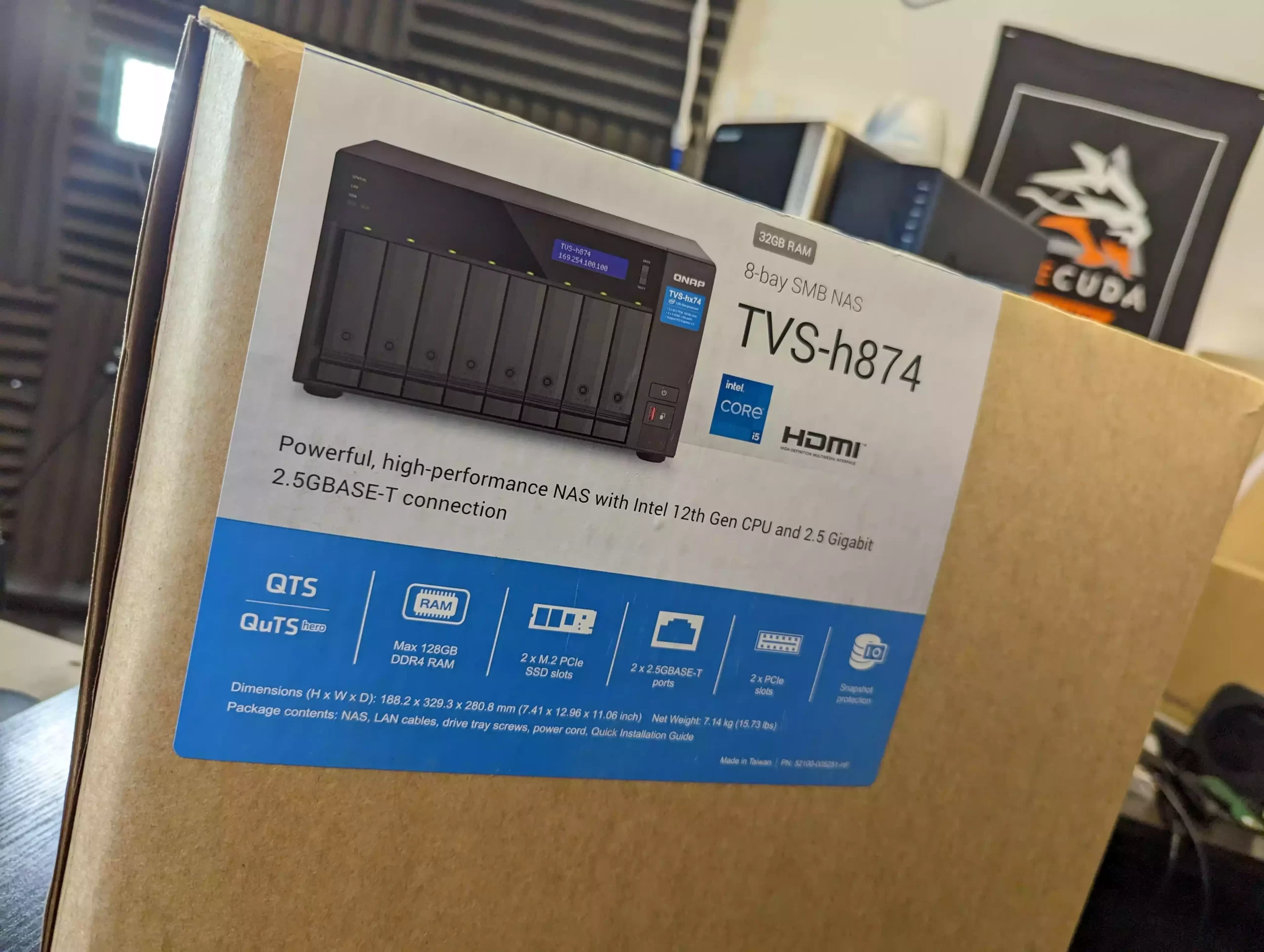
0-176TB, 8-Bays, 2x PCIe 4 M.2 NVMe 2280, PCIe Gen 4×16 Upgrade Slot, Intel Core 12th Gen i5/i7/i9 CPU, 16-64GB DDR4 Memory, 2.5Gbe Port, 10Gb x2 Prots (Intel i9 Version), KVM, ZFS or EXT4 Setup, 3-5yr Warranty , TrueNAS/UnRAID Support
Current Price/Availability on Amazon – $2000-2500-3000
Hardware Review – LINK
YouTube Video Review – Watch
What I said in my review Dec ’22:
QNAP TrueNAS Installation Guide HERE
QNAP UnRAID Installation Guide HERE
The QNAP TVS-h874 NAS is easily one of the most hardware-capable desktop NAS systems that I have ever seen (as you would expect for £2500+) and has clearly been designed with phenomenal future proofing in mind! If you are concerned about the longevity of this NAS, this hardware architecture will still be top tier 5 years from now, with the added support of PCIe 4 meaning that high capacity and performing micro upgrades throughout its life also ensuring it remains relevant long after. It’s price tag clearly moves this purchase out of the home and squarely into the business market (though likely those that take their media seriously will add it to the cart) and the TVS-h874 will function as a solid solution for Video editing (even at 8K), high frequency and performing VMs, large scale AI powered Surveillance setup, hybrid cloud/on-prem alternative to Office 365/Google Workspace services and as the center point for all your data storage operations. Crucially though, it is that the hardware on offer here will be able to do ALL of these at the same time, therefore maximising the investment for most businesses that want to move aware from their cloud dependant ops. In terms of software,t things are a little less absolute, with QTS and QuTS still getting a little busy at times, with a steeper learning curve than its big rival DSM from Synology. That said, die-hard fans of ZFS (Zettabyte File System) will adore the inclusion of benefits in RAID handling, management and recovery that are exclusive to that platform, whilst enjoying the wide range of applications and service benefits in QuTS that are often restricted to Linux platforms.
The slightly conveluded approach to release hardware that does complicate the selection process (different CPUs in the Intel 12th Gen family changing the rest of the system architecture) is something that I hoped this brand would graduate from (for the sake of simplicity), but for many, this level of choice in hardware and budget will be welcome. As is QNAP’s position on the support of 3rd party hardware (drives, PCIe upgrades, etc) and software, something that we have seen a worrying trend in the last few years against elsewhere in the industry but some other brands, to err towards 1st party/proprietary compatibility more and more. There are still lingering doubts by some on the security of NAS, with ransomware attacks on the rise and ALL brands and ALL platforms being targetted (NAS, Cloud ,etc), finding a middle ground between ease of use and depth of security being a tricky tie rope walk indeed. The TVS-h874 arrives with a wide range of Day 1 tools, further rigid defaults in QTS/QuTS in 2022/2023, considerable security settings to configure and multiple system scan tools for recommendations & preventative measures available. The QNAP TVS-h874 is probably the most powerful desktop/tower NAS drive I have ever reviewed and if you are looking for a system that can legitimately do anything server-side, but you are also willing to put in the time to configure it correctly – you will genuinely be hard pushed to find a better system in 2022, 2023 and likely 2024 at this price point and scale.
Best Compact Video Editing NAS – Synology DS923+ NAS (with 10GbE Adapter)
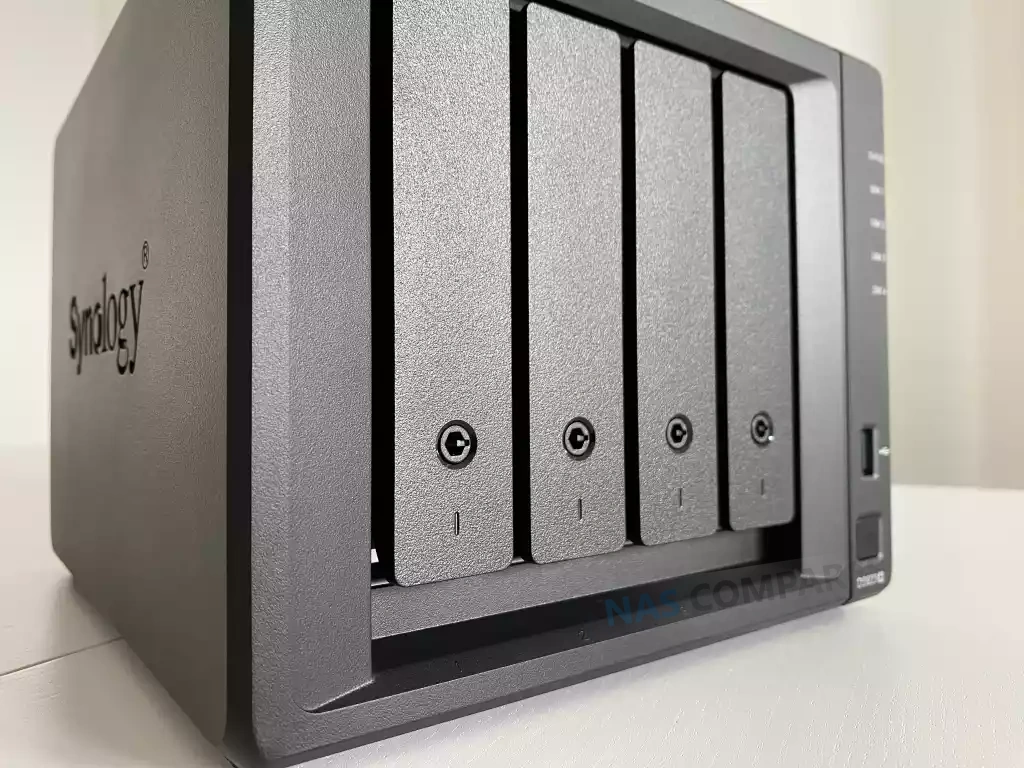
0-88TB, 4-Bays, 2x PCIe Gen 3 M.2 NVMe 2280, Dual Core AMD Emb.Ryzen R1600 CPU, 4-32GB DDR4 ECC Memory, 2x 1Gbe Port, 10GbE Optional Upgrade Slot, 3-5yr Warranty
Current Price/Availability on Amazon – $550+
Hardware Review – LINK
YouTube Video Review – Watch
What I said in my review Nov’22:
Synology has clearly made something of a gamble in the release of the Synology DS923+ NAS. There is no avoiding that making the switch from the Intel Celeron that has historically been the build choice of this product family and opting for the AMD Emb.Ryzen has ruffled some feathers! On the face of it, the R1600 here has a heck of alot of going for it over the previous generation! Higher clock speed, greater PCIe Gen 3 Support throughout, that 4-32GB of DDR4 memory in such a compact system and just generally giving you a lot more horsepower to play with, as well as better bandwidth potential inside and out! But at what cost? The 1GbE standard connectivity in the base model leaves alot to be desired, the proprietary 10Gb upgrade (though incredibly handy) limits the upgradability a tad and the lack of an integrated graphics processor is likely going to result in many long-term Synology advocates to skip this generation. Synology Diskstation Manager (DSM 7.1 at the time of writing) still continues to impress and although the brand still continues to heavily push their 1st party priorities, they have left a little more wriggle room in DSM 7.1 than DSM 7 before it in terms of media compatibility.
In terms of design, I cannot fault Synology on this as the DS923+ chassis still arrives as one of the best-looking and still exceptionally well-structured devices at this physical scale and storage level. As always, a Synology NAS is more about the software than the hardware (and the DS923+ delivers in spades on the software side!) and with DSM 7.2 around the corner improving things. Just always keep in mind that the Synology DS923+ NAS is a system that arrives with the slight emphasis on having to do many things ‘their way’. If you are less technically versed, then you will definitely appreciate this level of user-friendly design and assistance, but more technically minded admins’ main strain a pinch! In short, the DS923+ IS a good NAS drive, but its focus has certainly ebbed more towards the business user this generation than the home.
 DEAL WATCH – Is It On Offer Right Now? DEAL WATCH – Is It On Offer Right Now?These Offers are Checked Daily
|
Thunderbolt Ready Professional Editing NAS – The QNAP TVS-h874T Thunderbolt4 Server

0-176TB, 8-Bays, 2x PCIe 4×4 M.2 NVMe 2280, PCIe Gen 4×16 Upgrade Slot, Intel Core 12th Gen i7/i9 CPU, 32-64GB DDR4 (non-ECC) Memory, 2x Thunderbolt4 Port, 2x 2.5Gbe Port, KVM, ZFS or EXT4 Setup, 3-5yr Warranty
Current Price/Availability on Amazon – $2999-3499
Hardware Review – LINK (h874) – h874T Review Coming Soon
YouTube Video Review – Watch (h874) – h874T Review Coming Soon
In summarizing the capabilities and potential of the QNAP TVS-h874T NAS, released as a late 2023 update to its predecessor, it’s clear that this system represents a significant leap forward in desktop NAS technology. Priced over £2500, it’s a substantial investment, designed with future-proofing in mind. The TVS-h874T not only maintains the longevity and high-end status of the TVS-h874 but also brings to the table enhanced direct data access through Thunderbolt 4 integration. This advancement, supporting IP over Thunderbolt protocol, significantly boosts connectivity and speed, making the system an ideal choice for demanding tasks such as 8K video editing and high-performance computing needs in business environments. However, the question of whether Thunderbolt NAS is the right fit for all users remains. For those requiring high-speed, multi-user access and scalability, the TVS-h874T is a strong contender. Its support for the latest PCIe 4 standards ensures compatibility with high-performance upgrades, reinforcing its position as a future-proof investment. The software, featuring QTS and QuTS, might require some acclimatization, particularly for those familiar with simpler systems like Synology’s DSM. Yet, the benefits, especially for ZFS enthusiasts, are undeniable, offering advanced RAID management and a plethora of applications and services.
The TVS-h874T’s stance on open hardware and software compatibility is a significant plus in an industry increasingly leaning towards proprietary systems. It accommodates a range of third-party hardware and software, adding to its versatility. In the face of growing concerns over NAS security, the system is well-equipped with comprehensive tools and settings for enhanced security and data protection, addressing the pressing issue of ransomware attacks. In conclusion, the QNAP TVS-h874T stands out as an exceptional choice for businesses and power users who require a robust, scalable, and secure NAS solution. It offers an excellent balance of price, performance, and features, making it a worthy investment for those seeking top-tier server-side capabilities. However, for users with simpler storage needs or those not requiring the advanced features of Thunderbolt NAS, traditional Thunderbolt DAS devices might be a more suitable and cost-effective option. The TVS-h874T, with its advanced capabilities, is undoubtedly a powerhouse in NAS technology, but its full benefits will be best realized by those whose requirements align closely with what this advanced system has to offer.
 DEAL WATCH – Is It On Offer Right Now? DEAL WATCH – Is It On Offer Right Now?These Offers are Checked Daily
|
Low Price and Good Value 10GbE Editing NAS – Terramaster T9-450 Tower
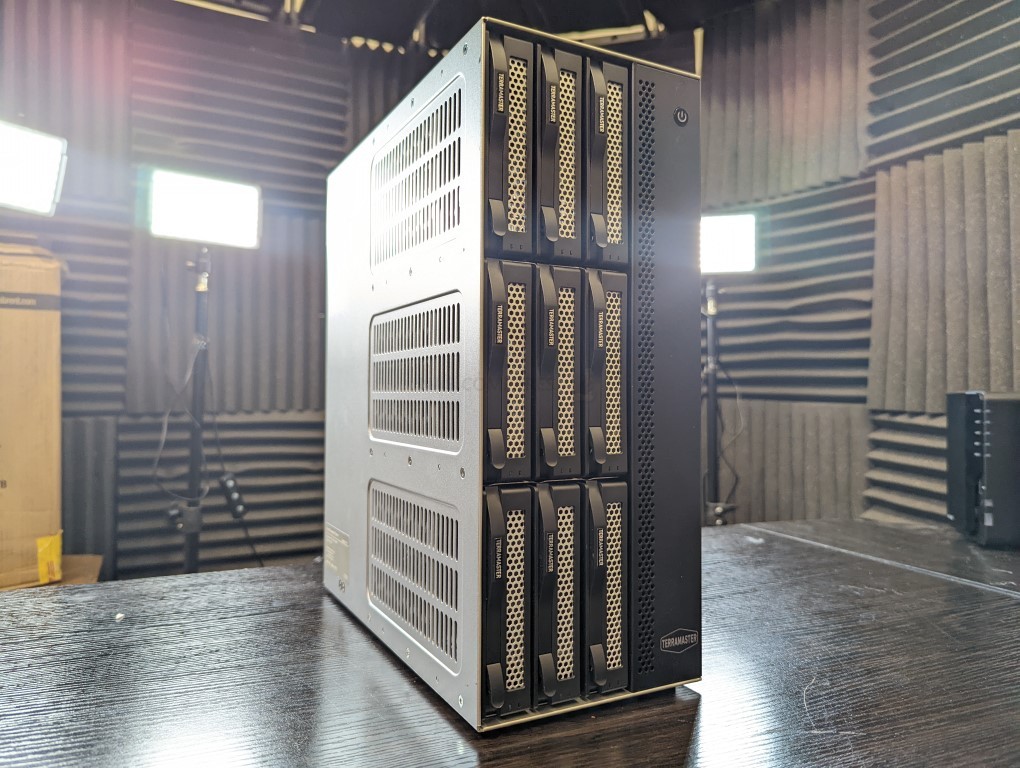
0-198TB, 9-Bays, 2x PCIe Gen 3 M.2 NVMe 2280, Intel C3558R Atom Quad Core CPU, 8-32GB Memory, 2x 10GbE SFP, 1x 2.5GbE Port, PCIe Slot (TBC), 2yr Warranty
Current Price/Availability on Amazon – $999-1099
Hardware Review – LINK
YouTube Video Review – Watch
What I said in my review May ’23:
Terramaster has really changed the playing field with the T9-450 NAS. I was already a big fan of their latest generation of 6-Bay, 9-Bay and 12-Bay desktop chassis – providing a pretty substantial amount of storage in a tower design that borrows ventilation methodology traditionally found in rackmounts, but the T9-450 takes this logic and doubles down on it hard. The dual 10GbE on the system means that, despite it’s comparatively modest price point (when comparing against similar scale solutions from Synology and QNAP) you genuinely have a solution with the potential to allow you to enjoy every single MB/s or GB/s of your RAID externally. This is further bolstered with additional 2.5GbE ports, m.2 NVMe bays, uncomplicated support of HDDs/SSDs and just generally a very sensible system that shows how much Terramaster has matured as a brand. The TOS software is still not quite up there with Synology’s DSM or QNAP’s QTS in terms of ease of use and AAA+ features, but it is definitely a great entry point OS that has tighted it’s security since the brand was targetted by a ransomware group (along with other brands, they were affected by Deadbolt attacks) – it certainly lacks some of the background optimization of it’s competitors, but then this is reflected in the budget of the system too.
The internal PCIe slot that has been largely ignored is a bit of a missed opportunity and I am not a big fan of how they have addressed memory compatibility, but overall it is very, very tough to criticise the T9-450 NAS when you factor in the value of the package here. Factor in that you can very easily swap out the OS for many others, and it largely silences alot of the negatives here too. Overall, the T9-450 could potentially be the best NAS that Terramster has ever released and if they continue to address later releases with the same level of hardware value, this could definitely give the bigger names in the industry something of a headache down the road. I highly recommend this system for its value and performance potential!
 DEAL WATCH – Is It On Offer Right Now? DEAL WATCH – Is It On Offer Right Now?These Offers are Checked Daily
|
📧 SUBSCRIBE TO OUR NEWSLETTER 🔔
🔒 Join Inner Circle
Get an alert every time something gets added to this specific article!
This description contains links to Amazon. These links will take you to some of the products mentioned in today's content. As an Amazon Associate, I earn from qualifying purchases. Visit the NASCompares Deal Finder to find the best place to buy this device in your region, based on Service, Support and Reputation - Just Search for your NAS Drive in the Box Below
Need Advice on Data Storage from an Expert?
Finally, for free advice about your setup, just leave a message in the comments below here at NASCompares.com and we will get back to you. Need Help?
Where possible (and where appropriate) please provide as much information about your requirements, as then I can arrange the best answer and solution to your needs. Do not worry about your e-mail address being required, it will NOT be used in a mailing list and will NOT be used in any way other than to respond to your enquiry.
Need Help?
Where possible (and where appropriate) please provide as much information about your requirements, as then I can arrange the best answer and solution to your needs. Do not worry about your e-mail address being required, it will NOT be used in a mailing list and will NOT be used in any way other than to respond to your enquiry.

|
 |
How Much RAM Do You Need in Your NAS?
A Buyer's Guide to Travel Routers - GET IT RIGHT, FIRST TIME
Jonsbo N6 DIY NAS Case Review
The Best Bits (and Worst Bits) of NAS of 2025!
Minisforum MS-02 Ultra Review
Minisforum N5 NAS, 6 Months Later - Better, Worse, the Same?
Access content via Patreon or KO-FI
Discover more from NAS Compares
Subscribe to get the latest posts sent to your email.


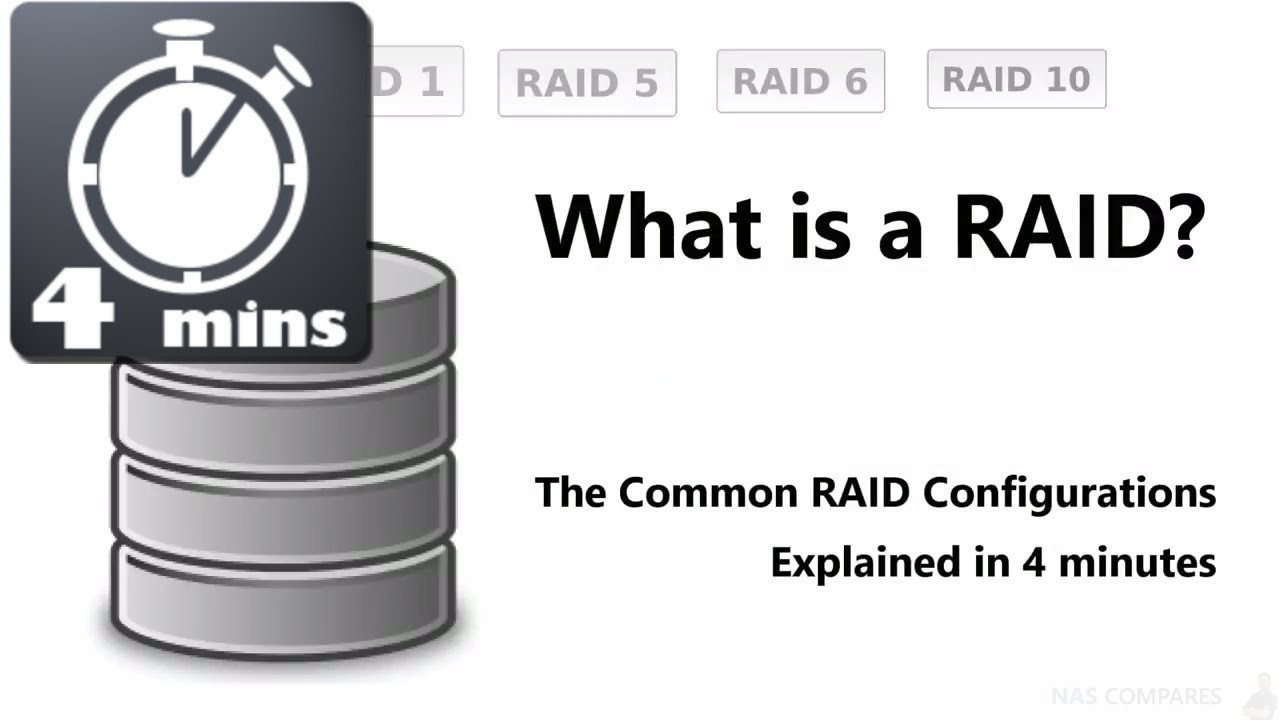
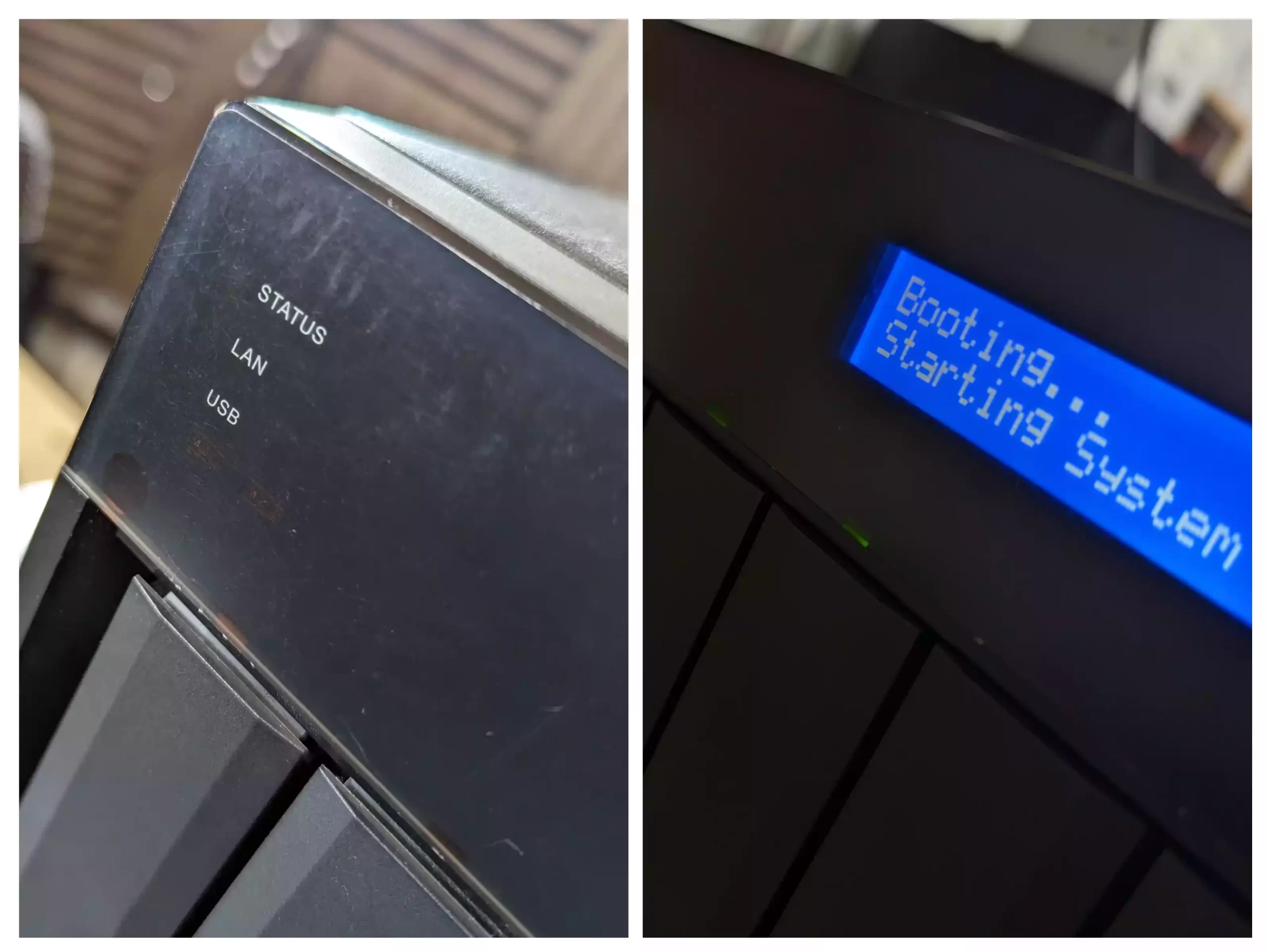
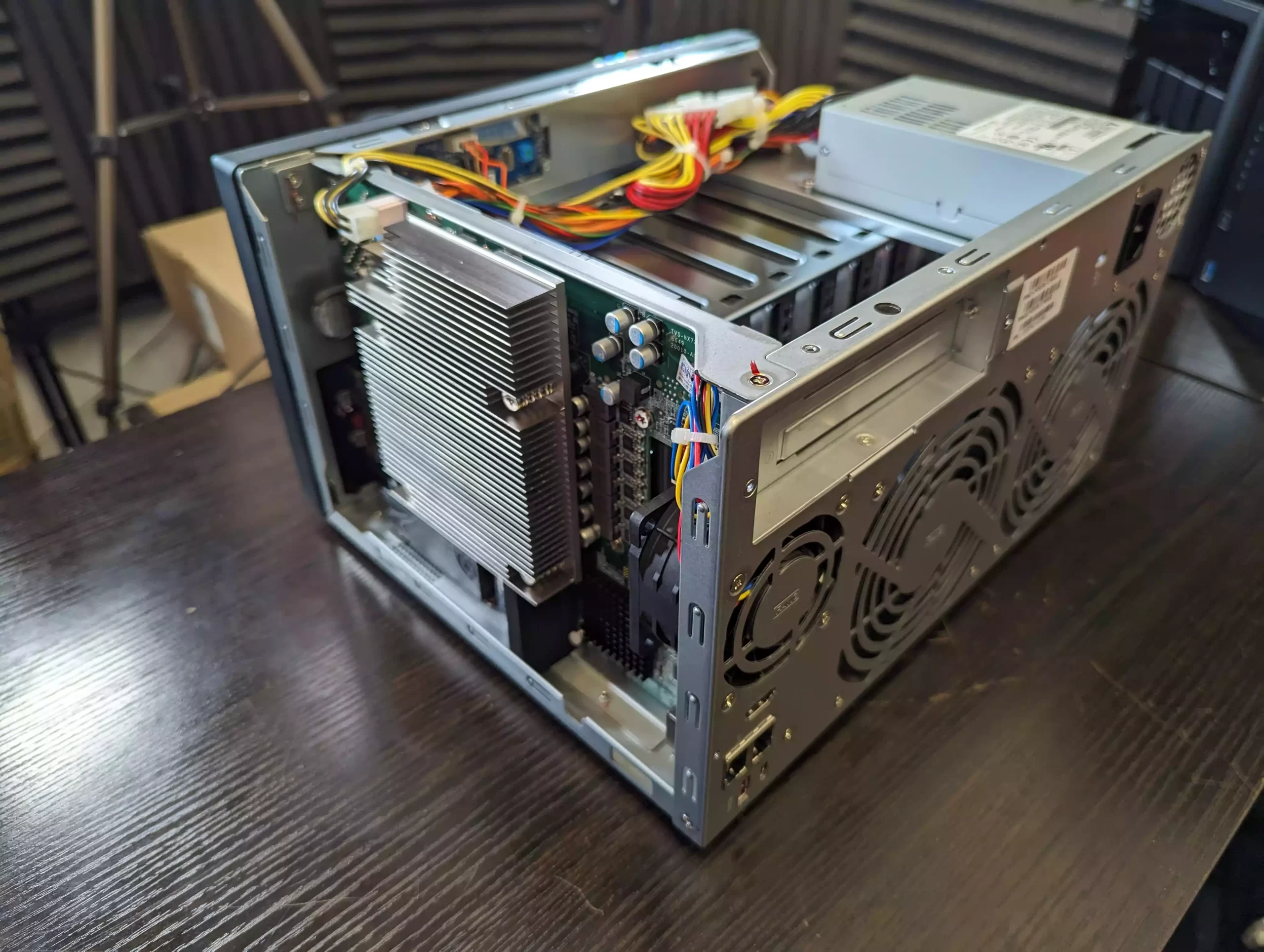

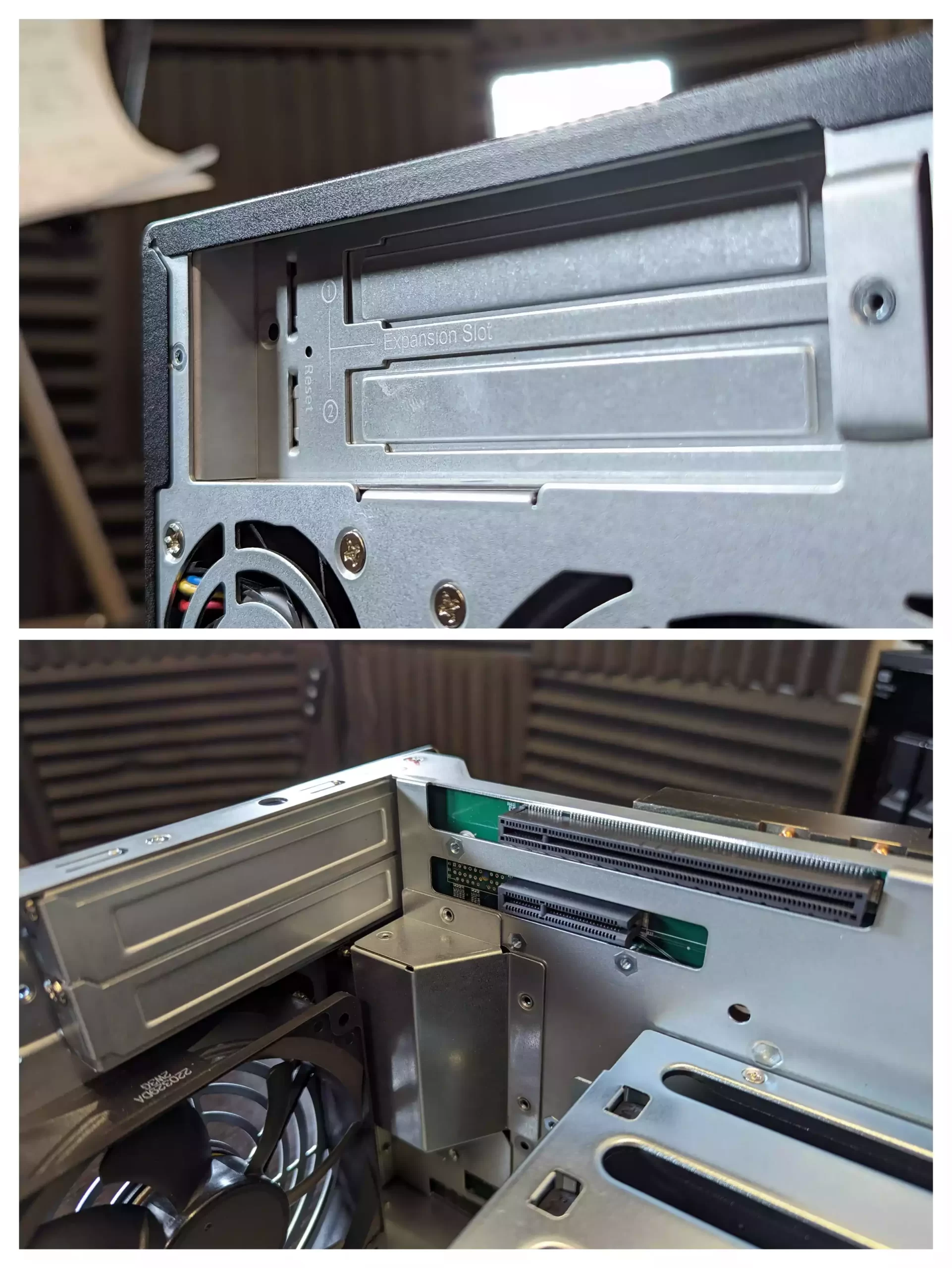
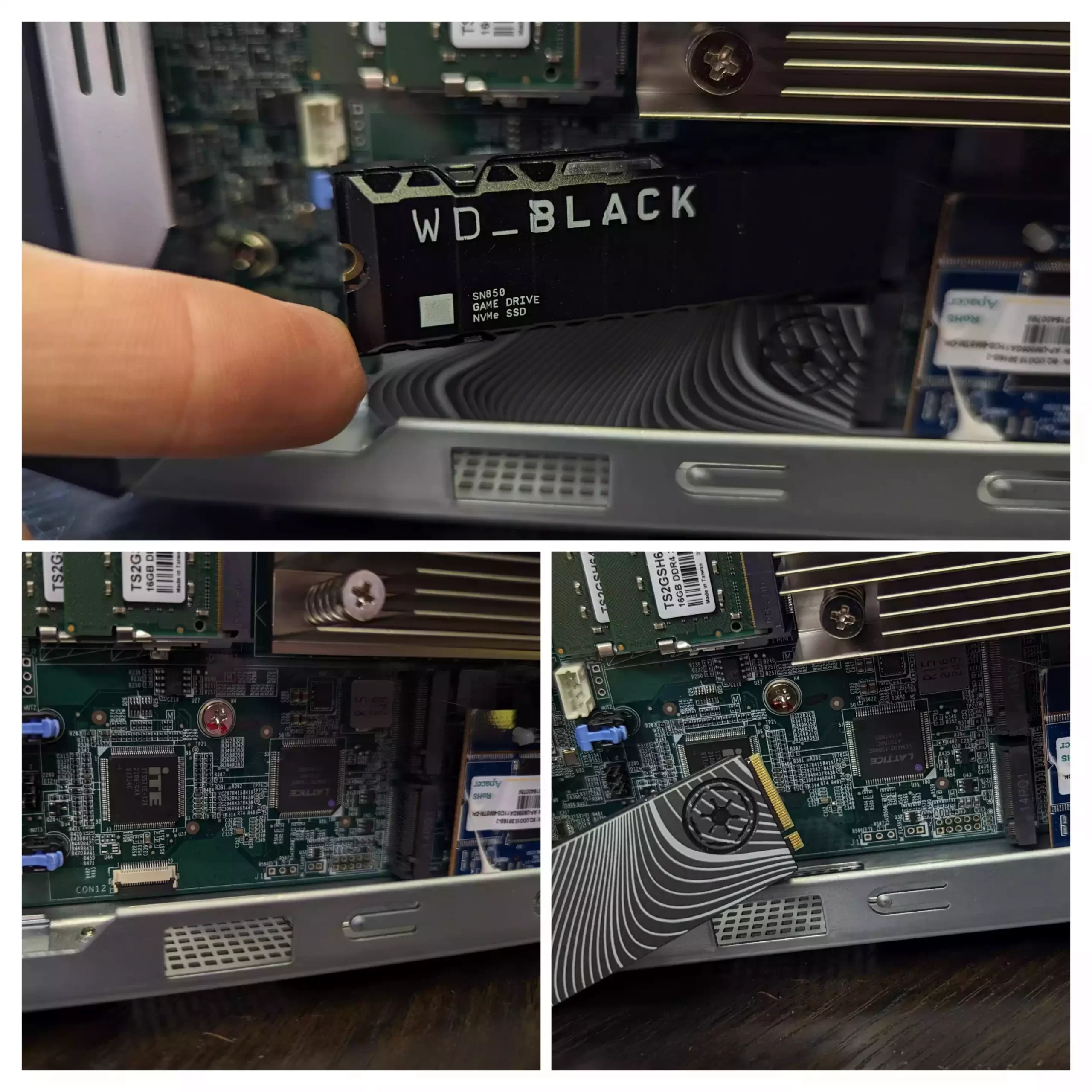
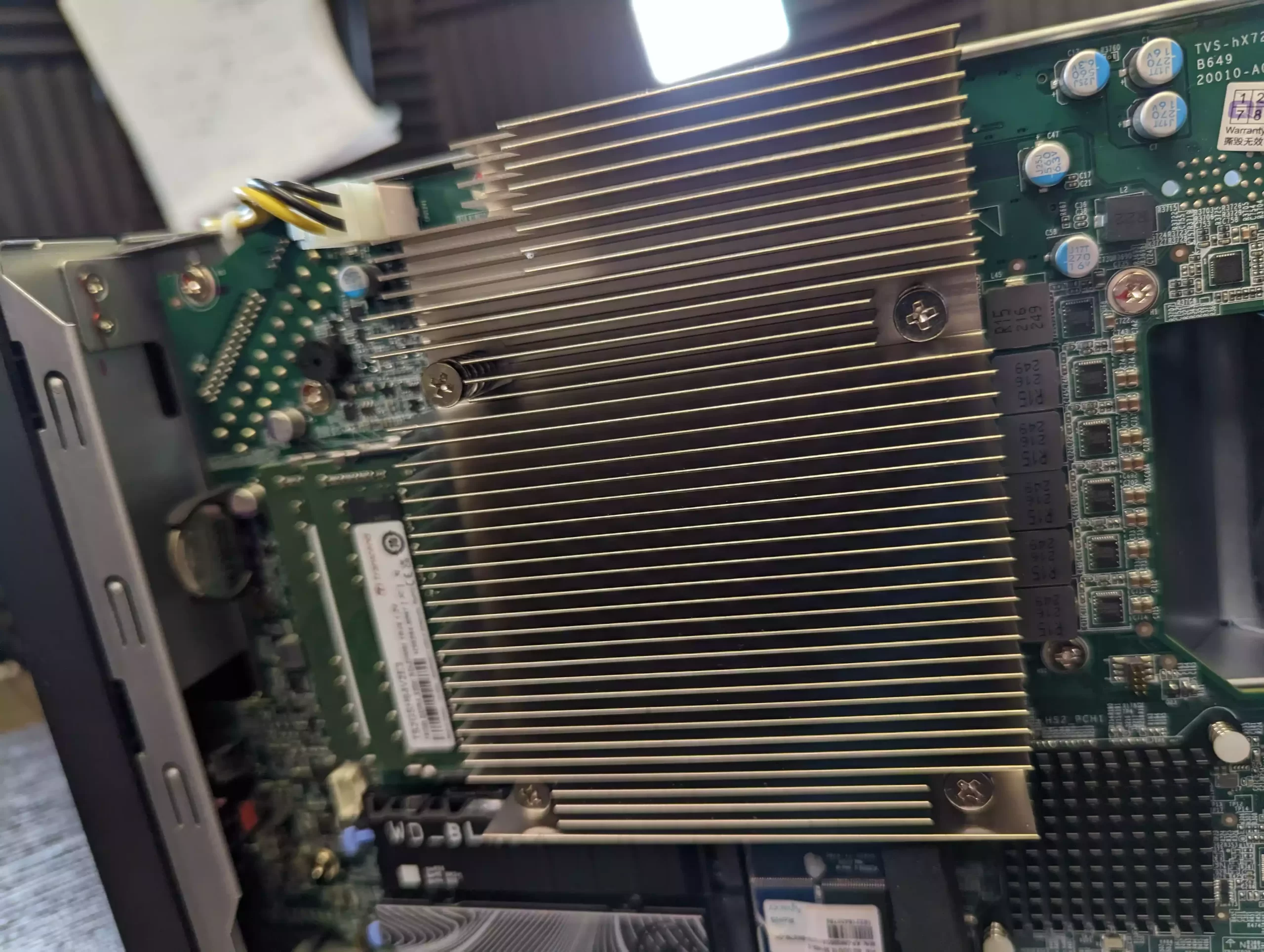
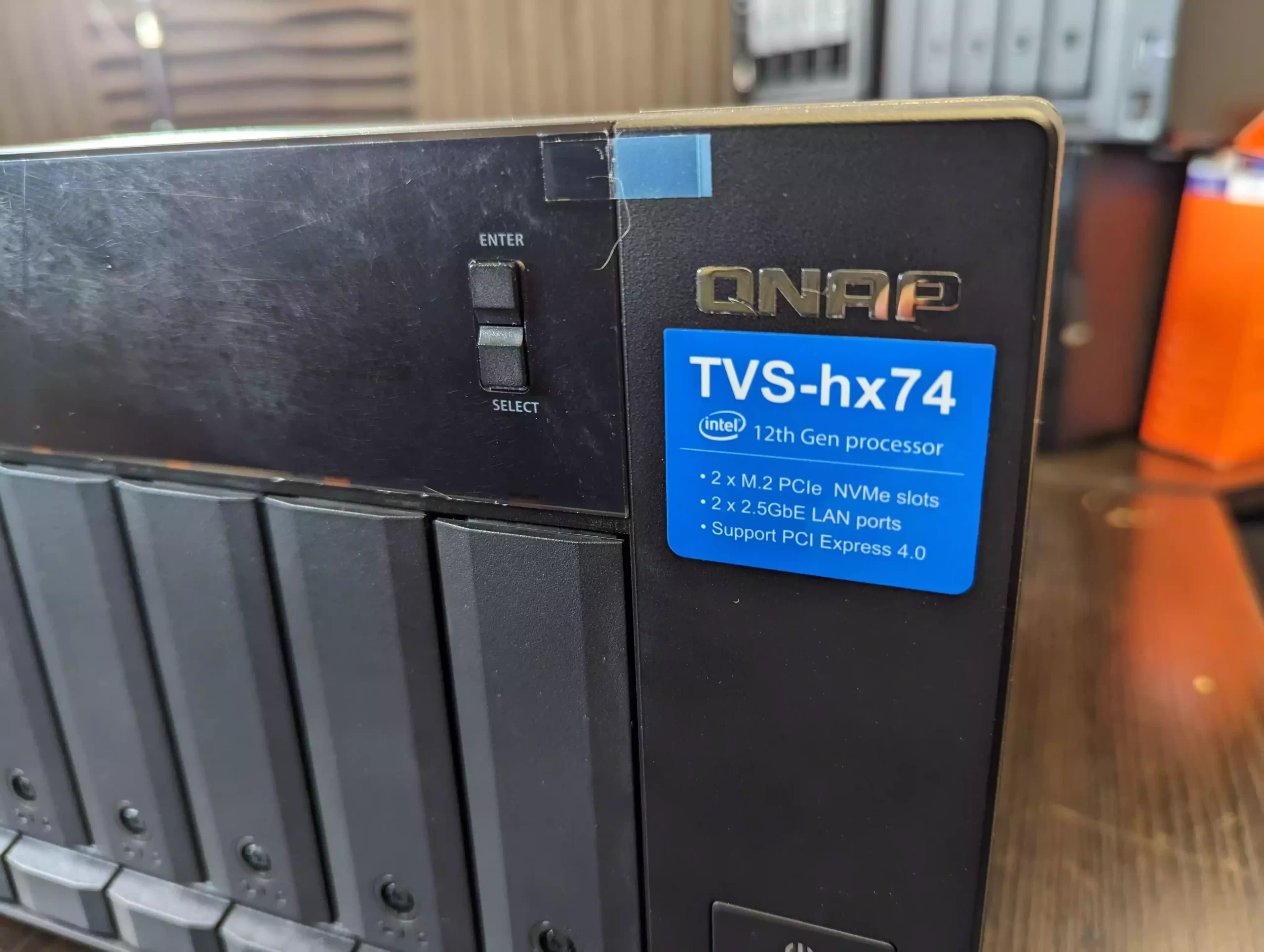
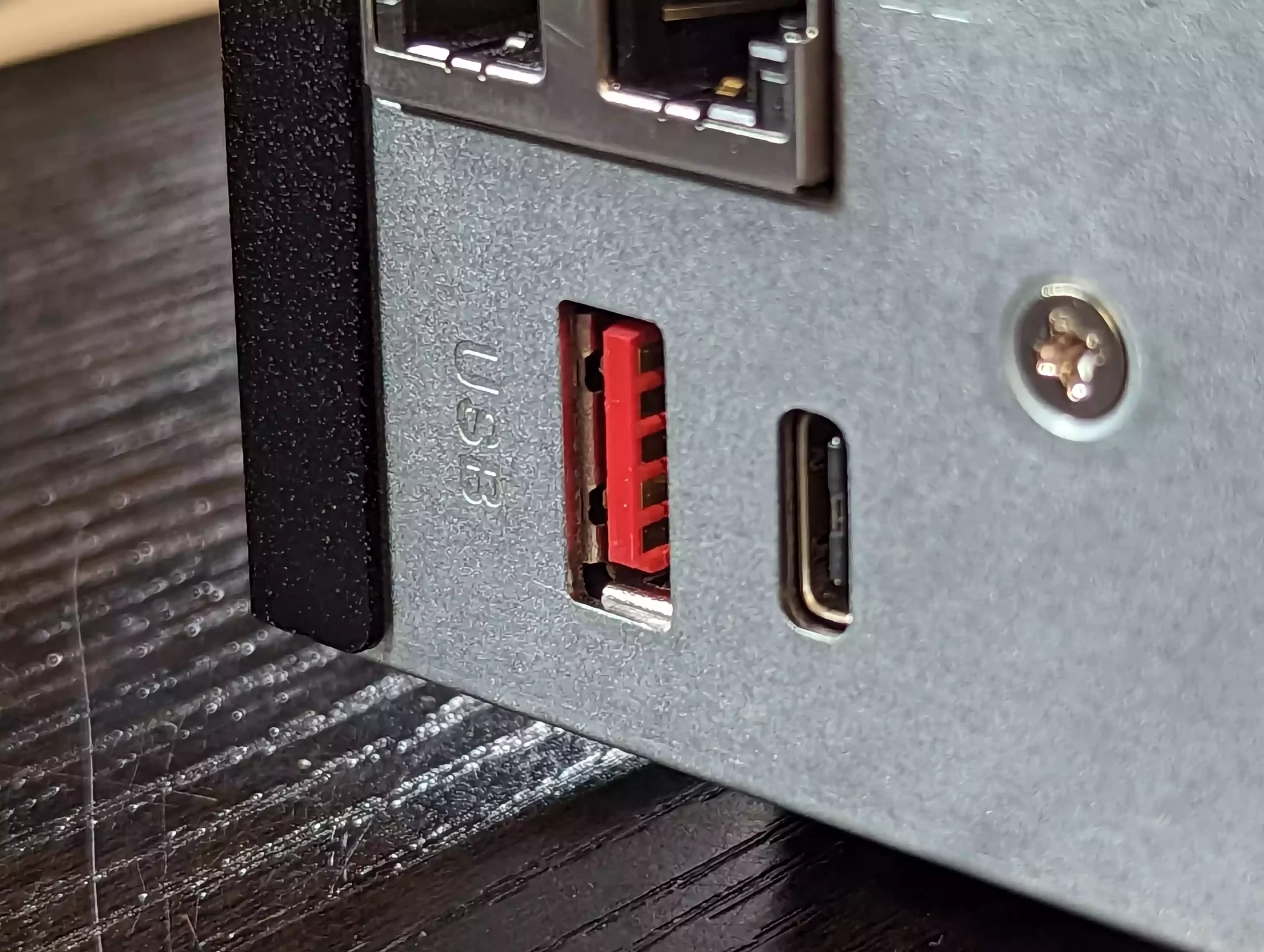

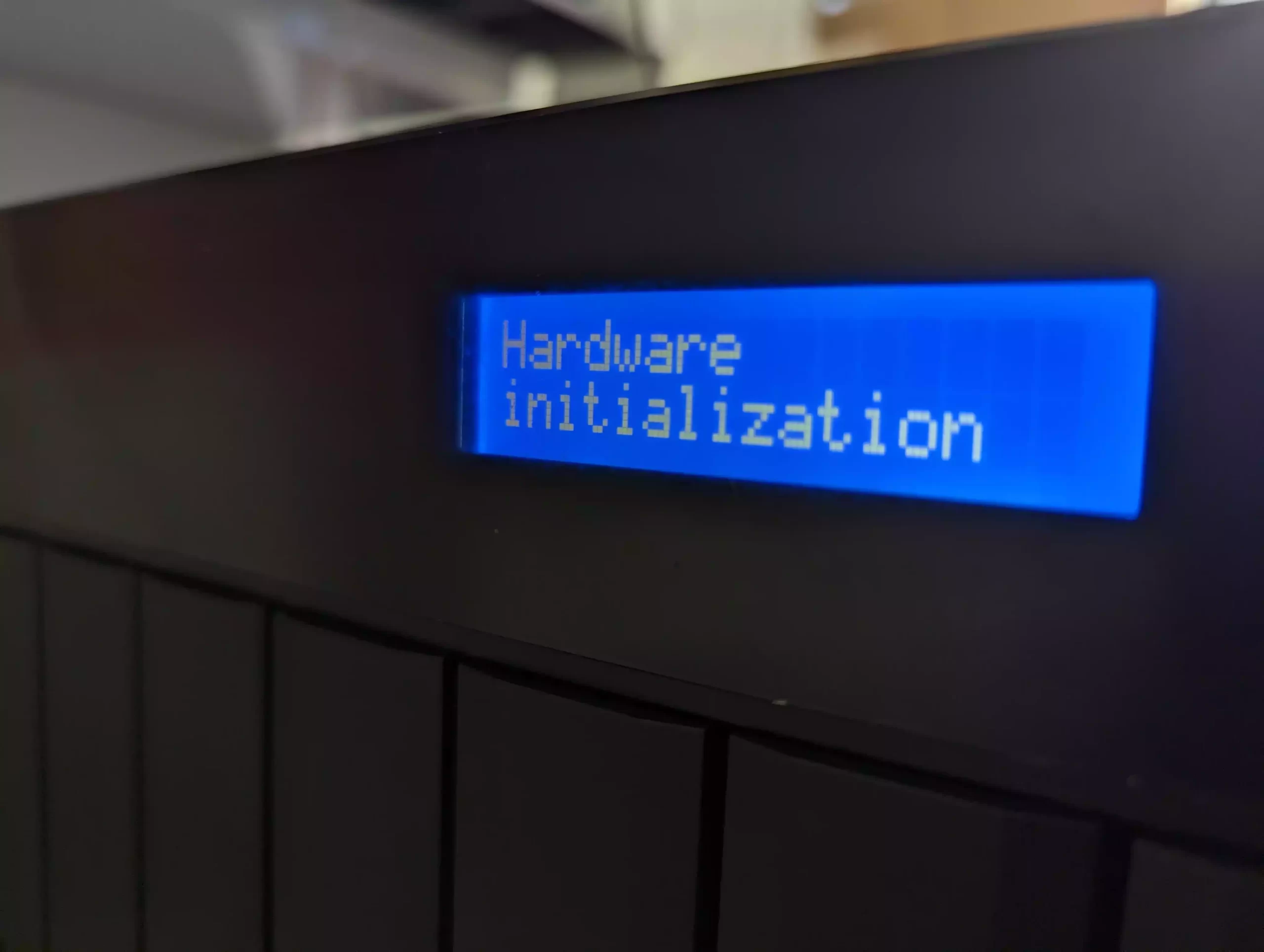
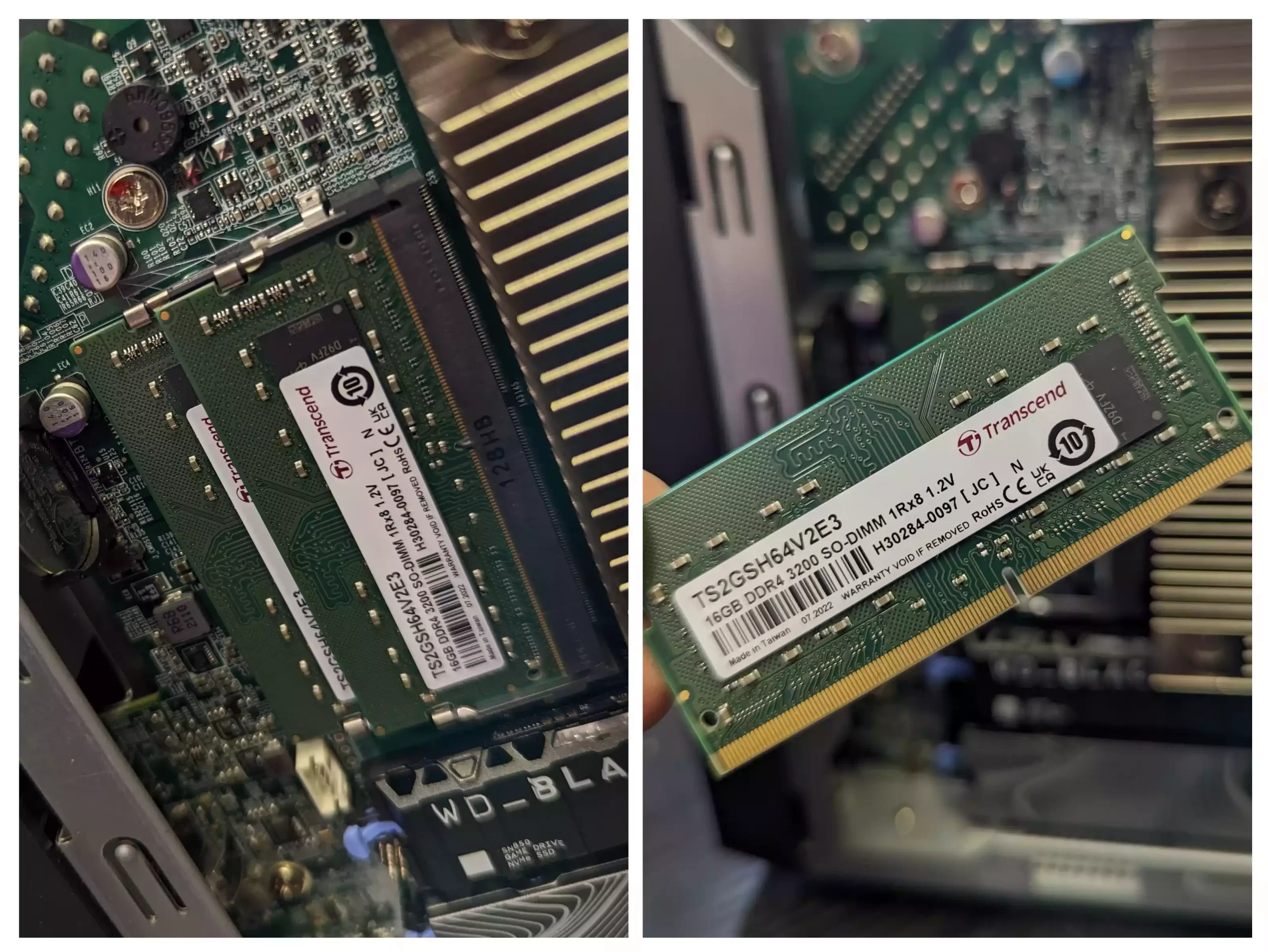
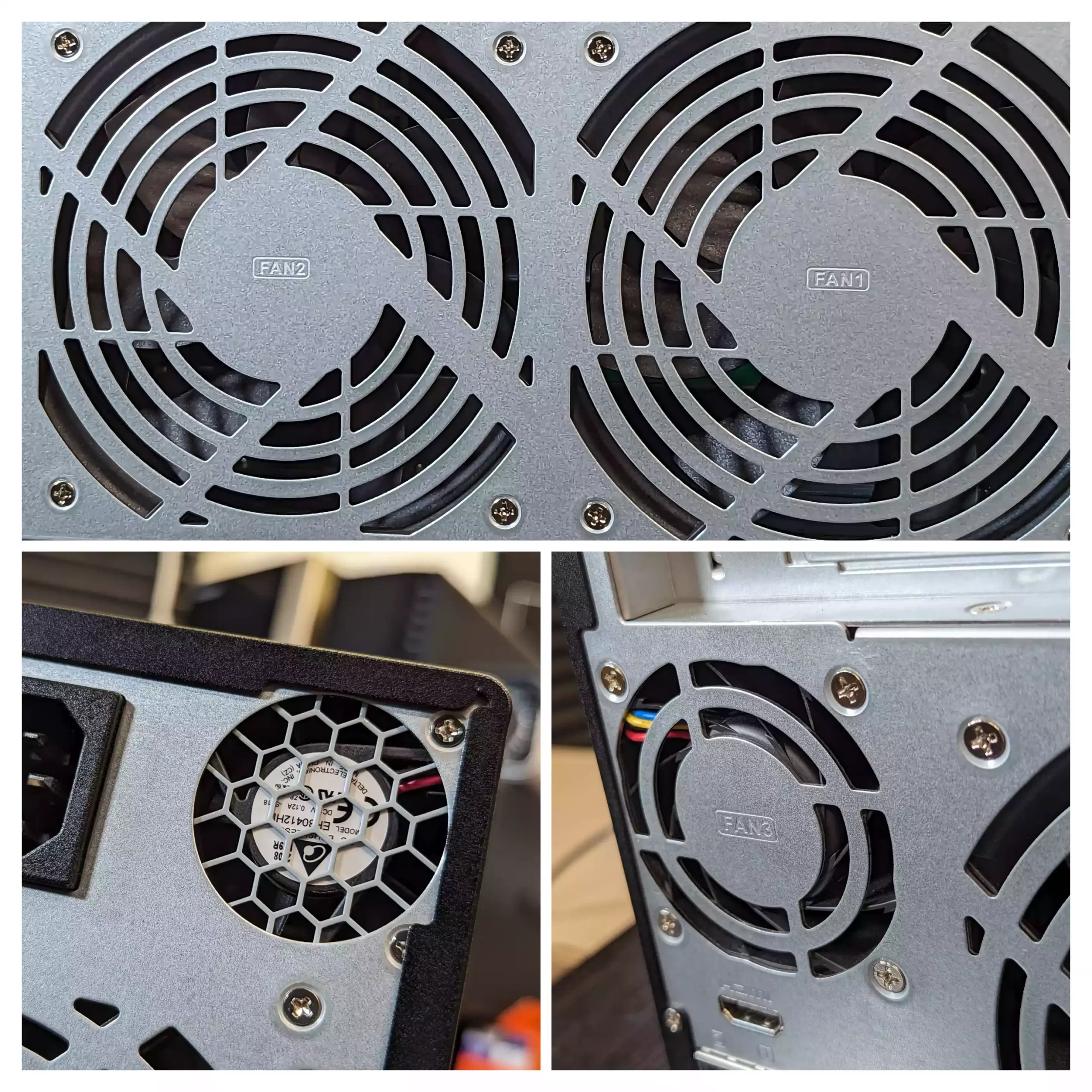


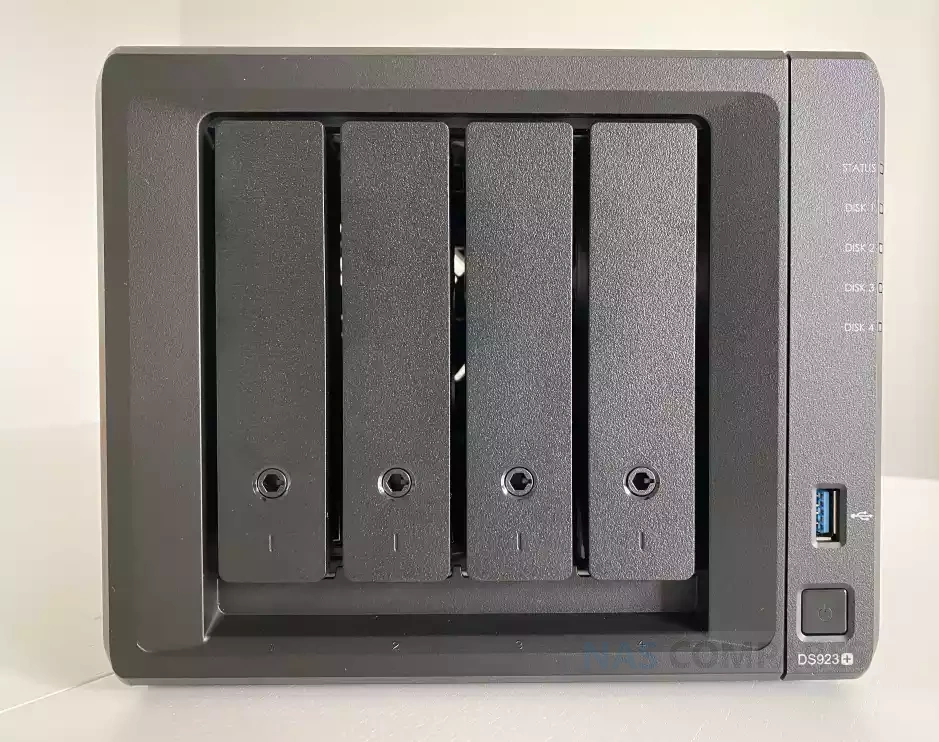
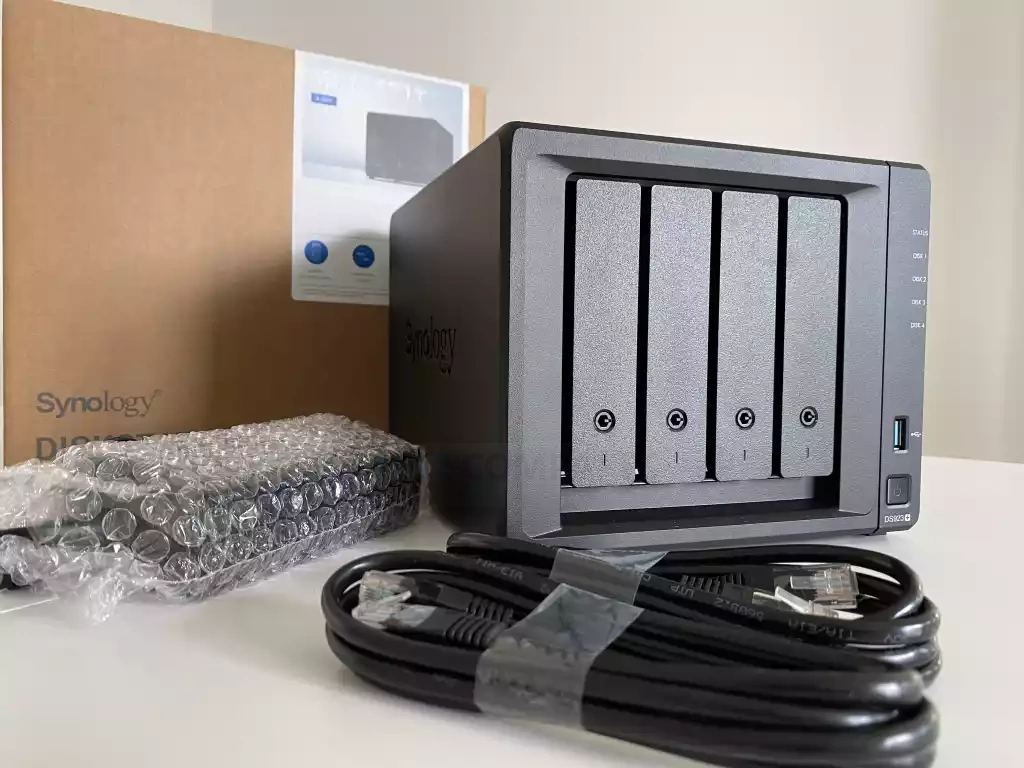

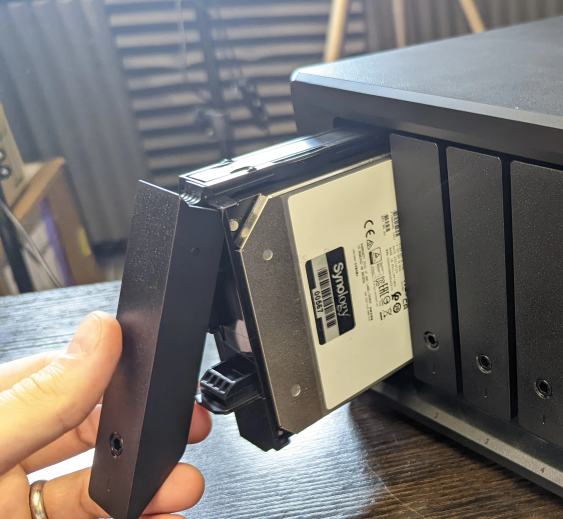
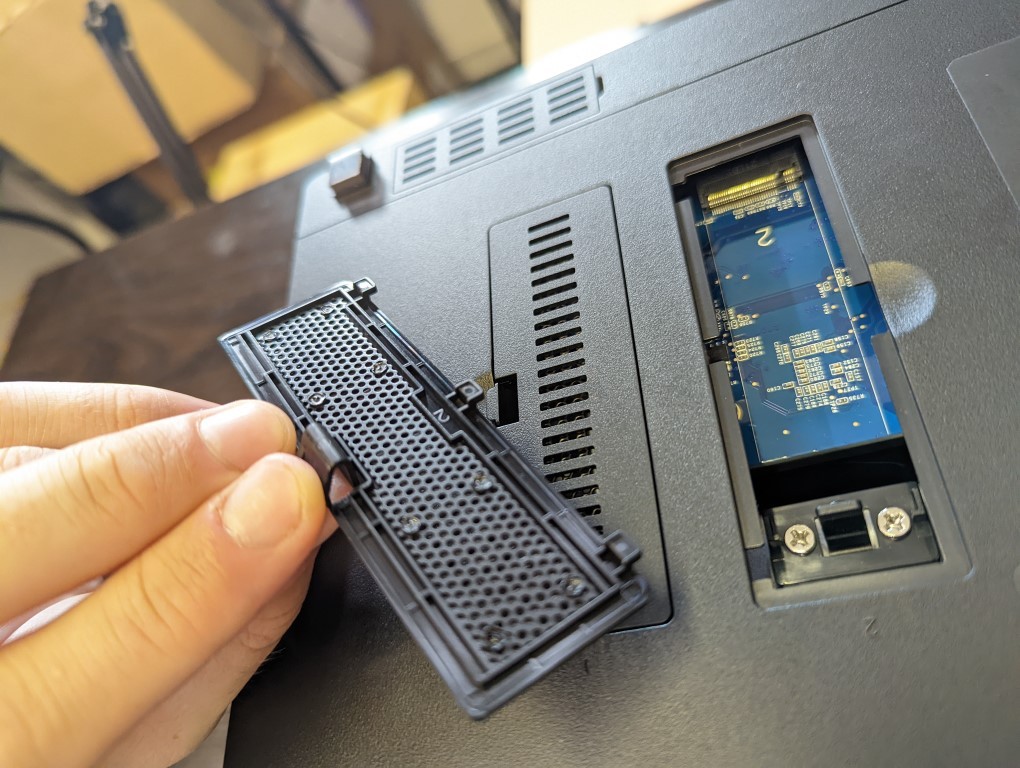
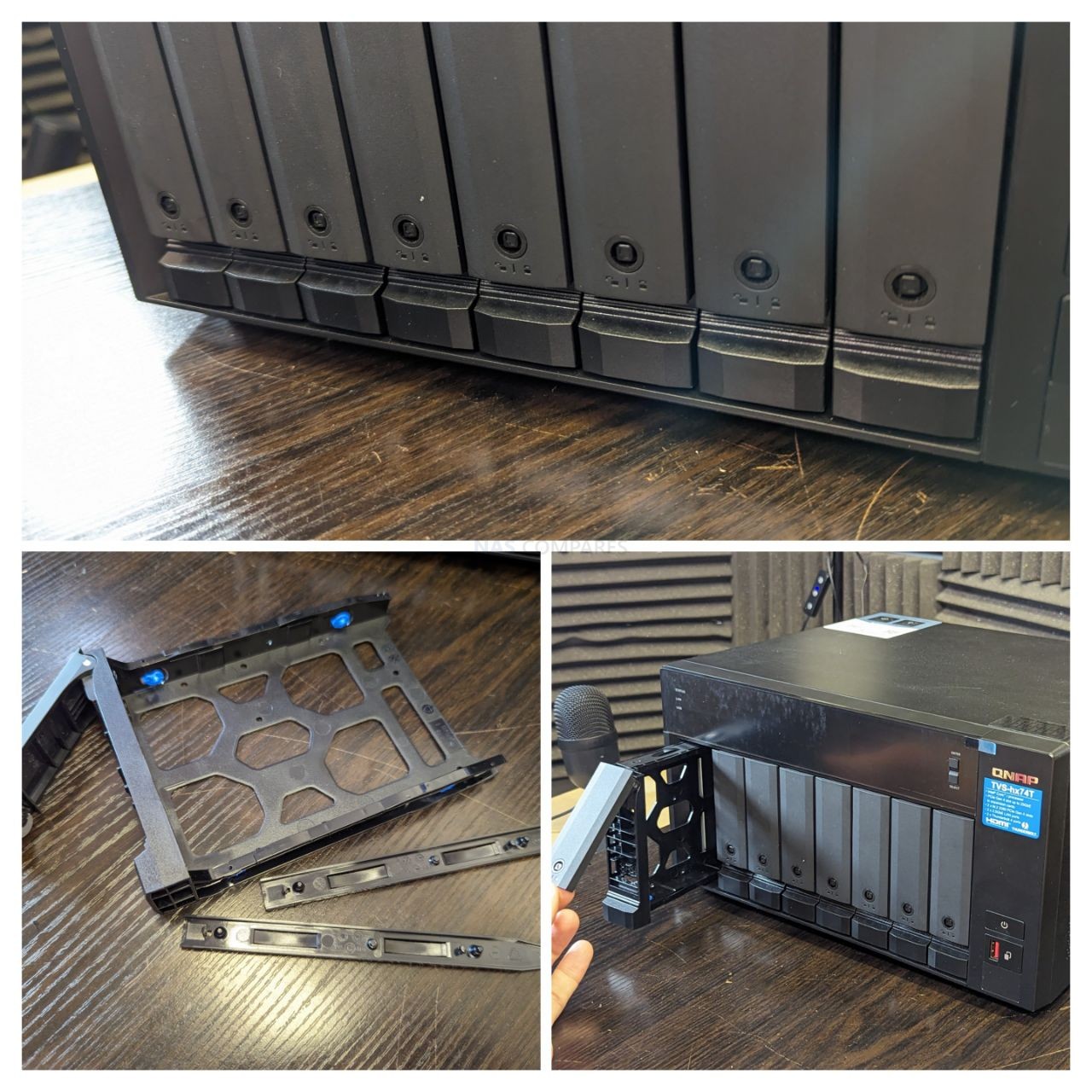
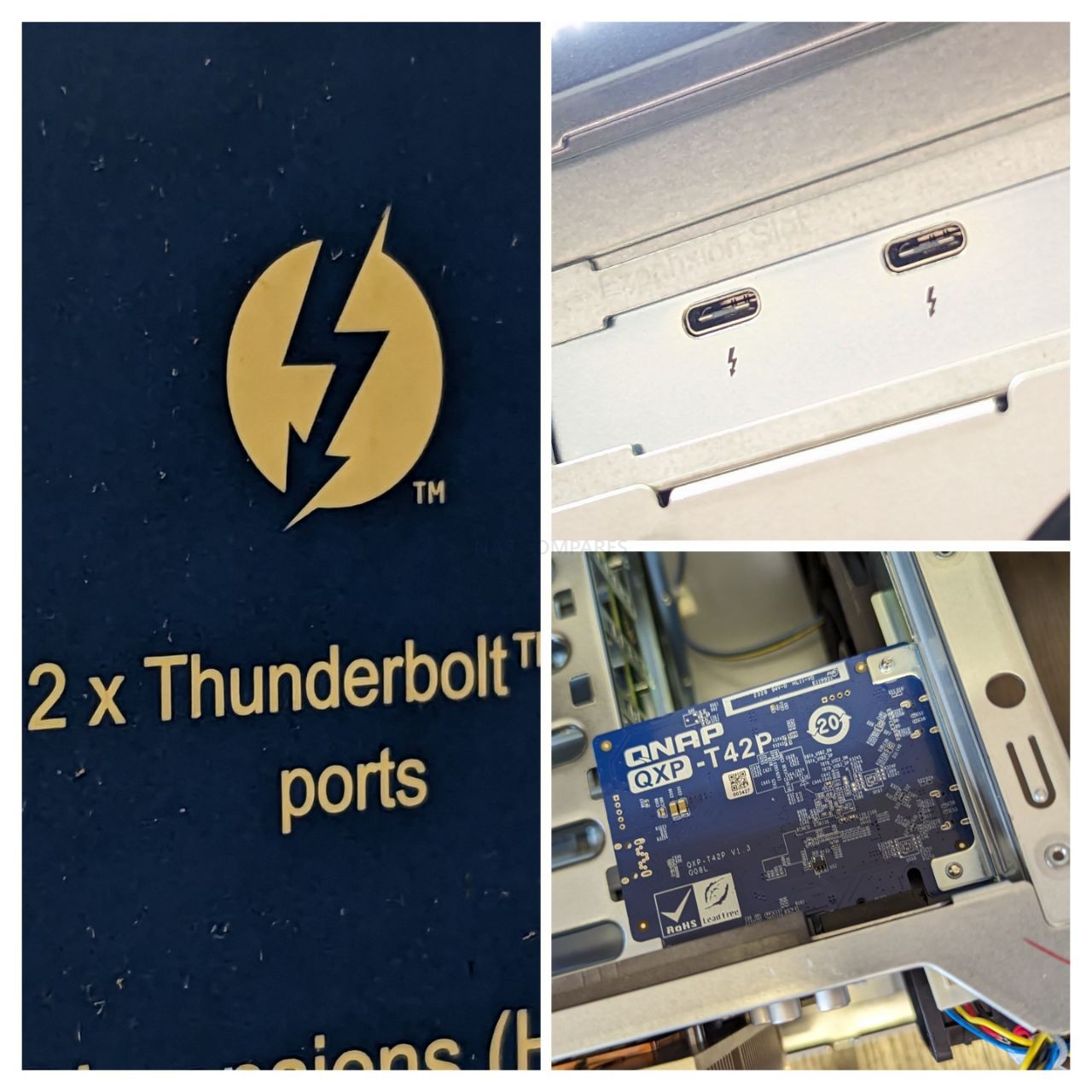
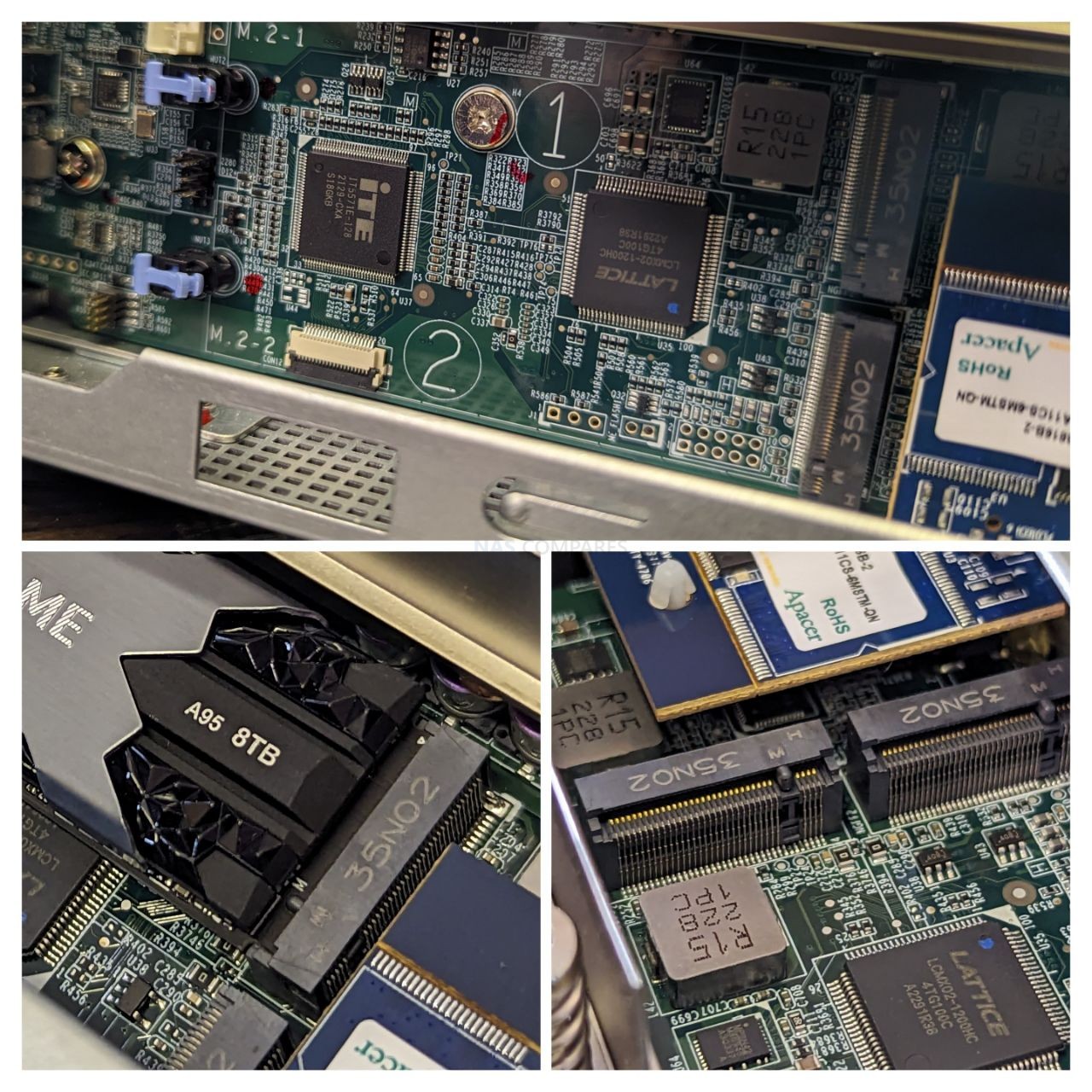

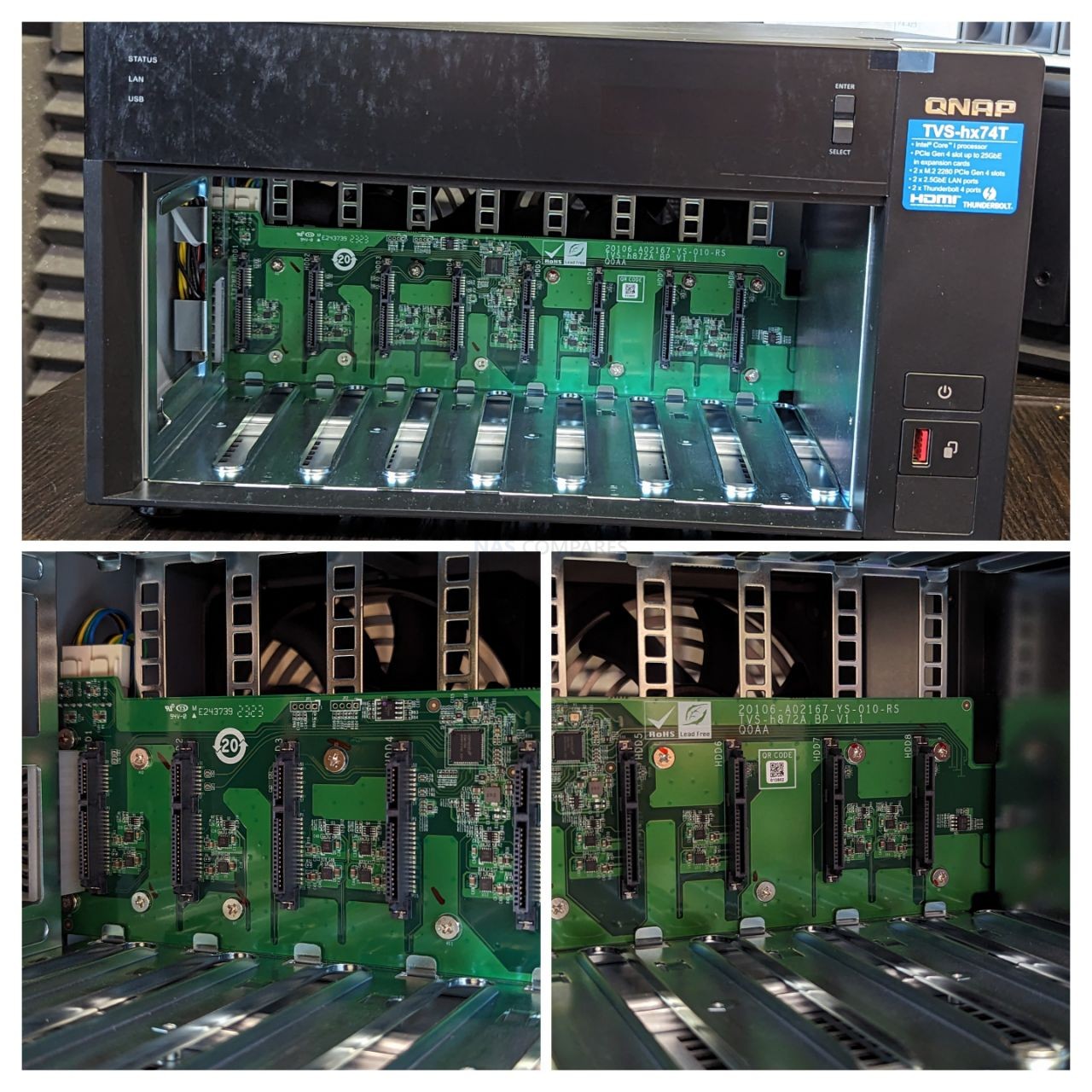
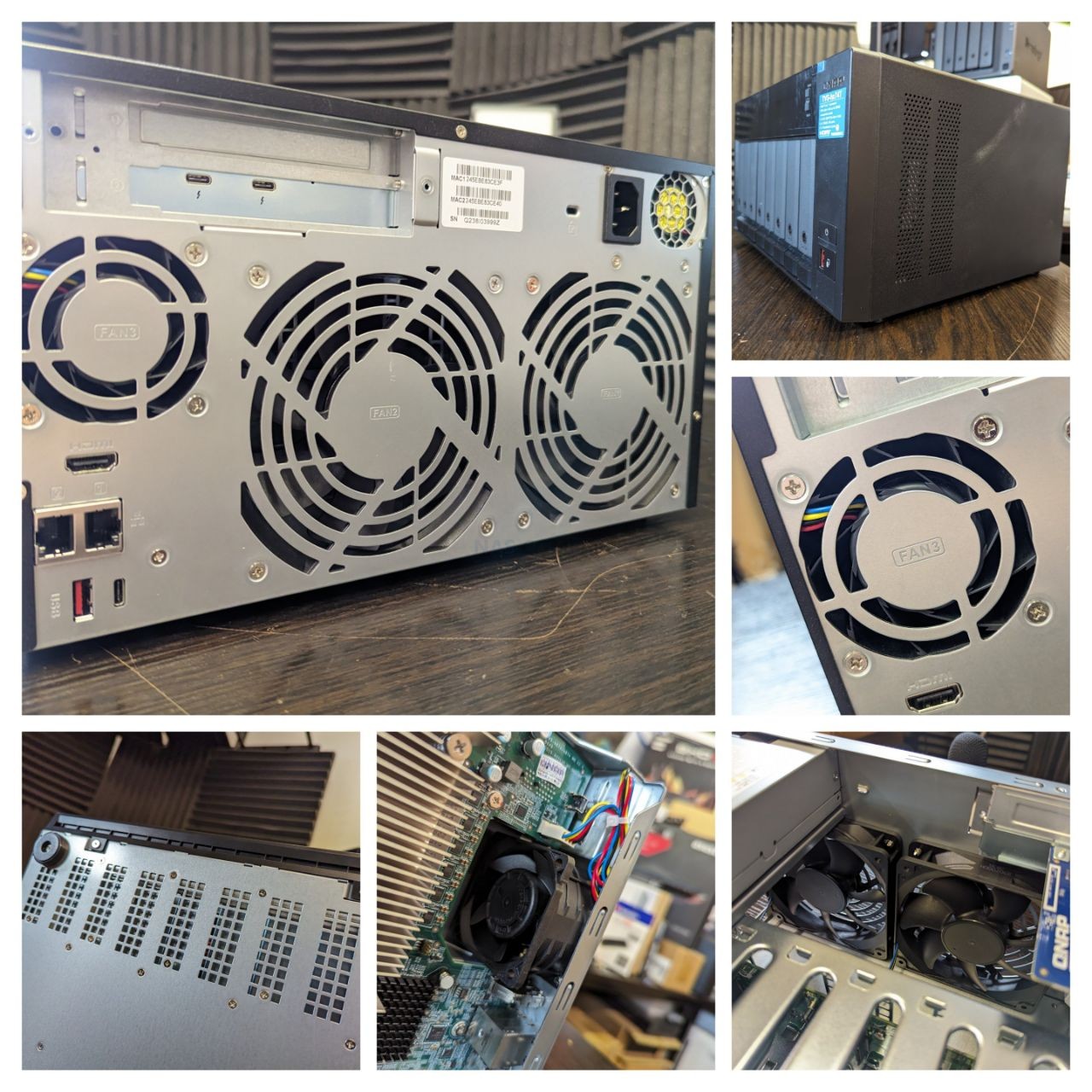
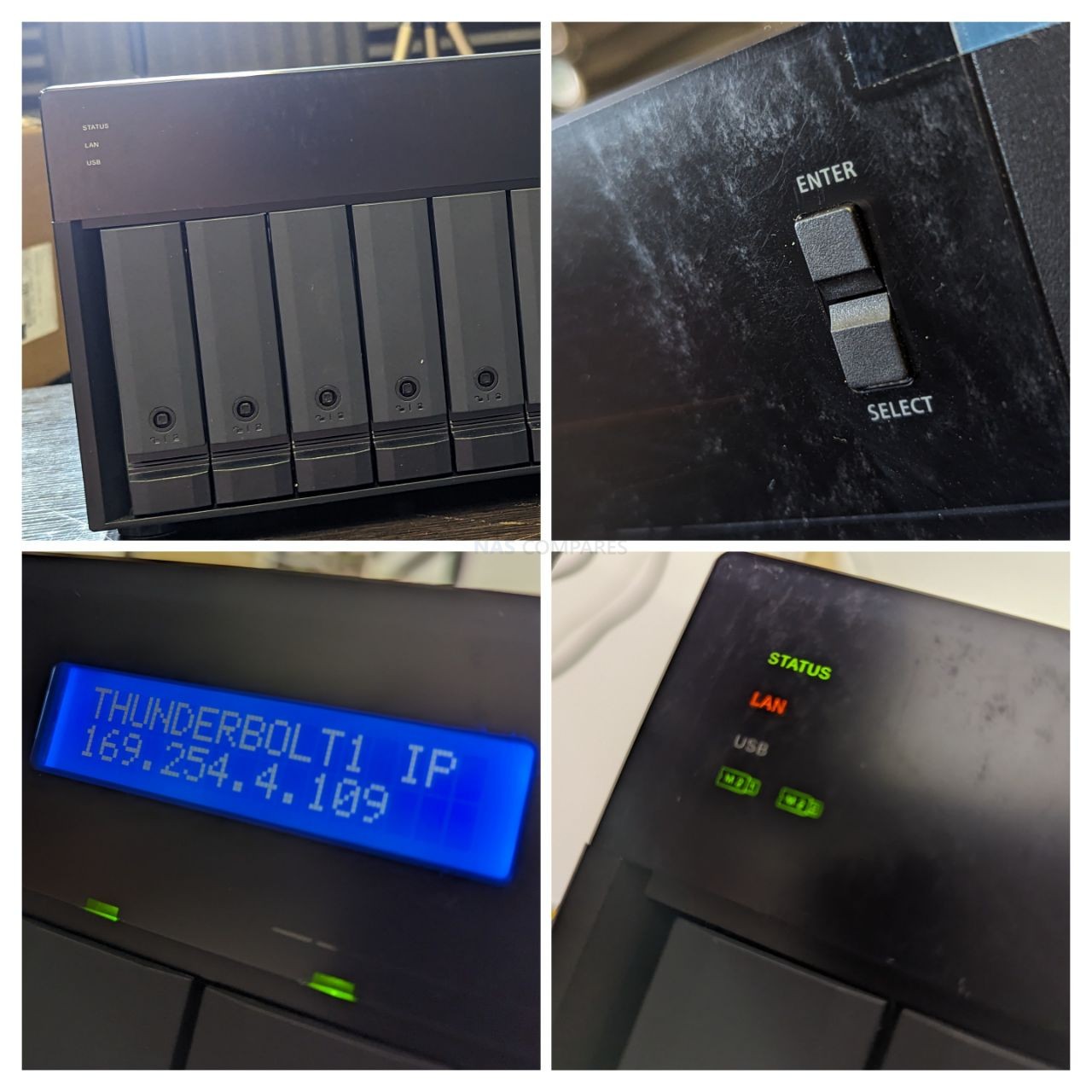


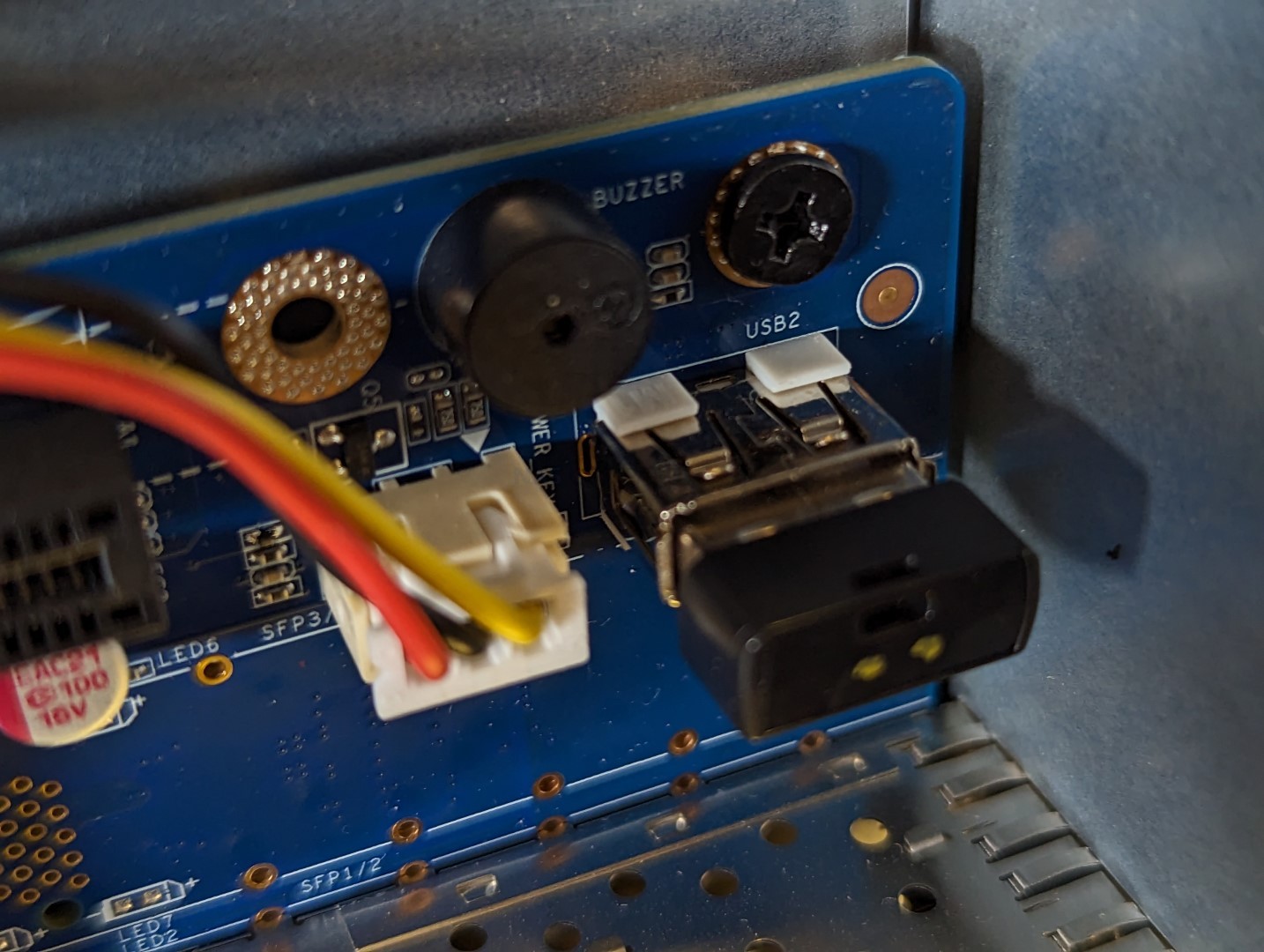
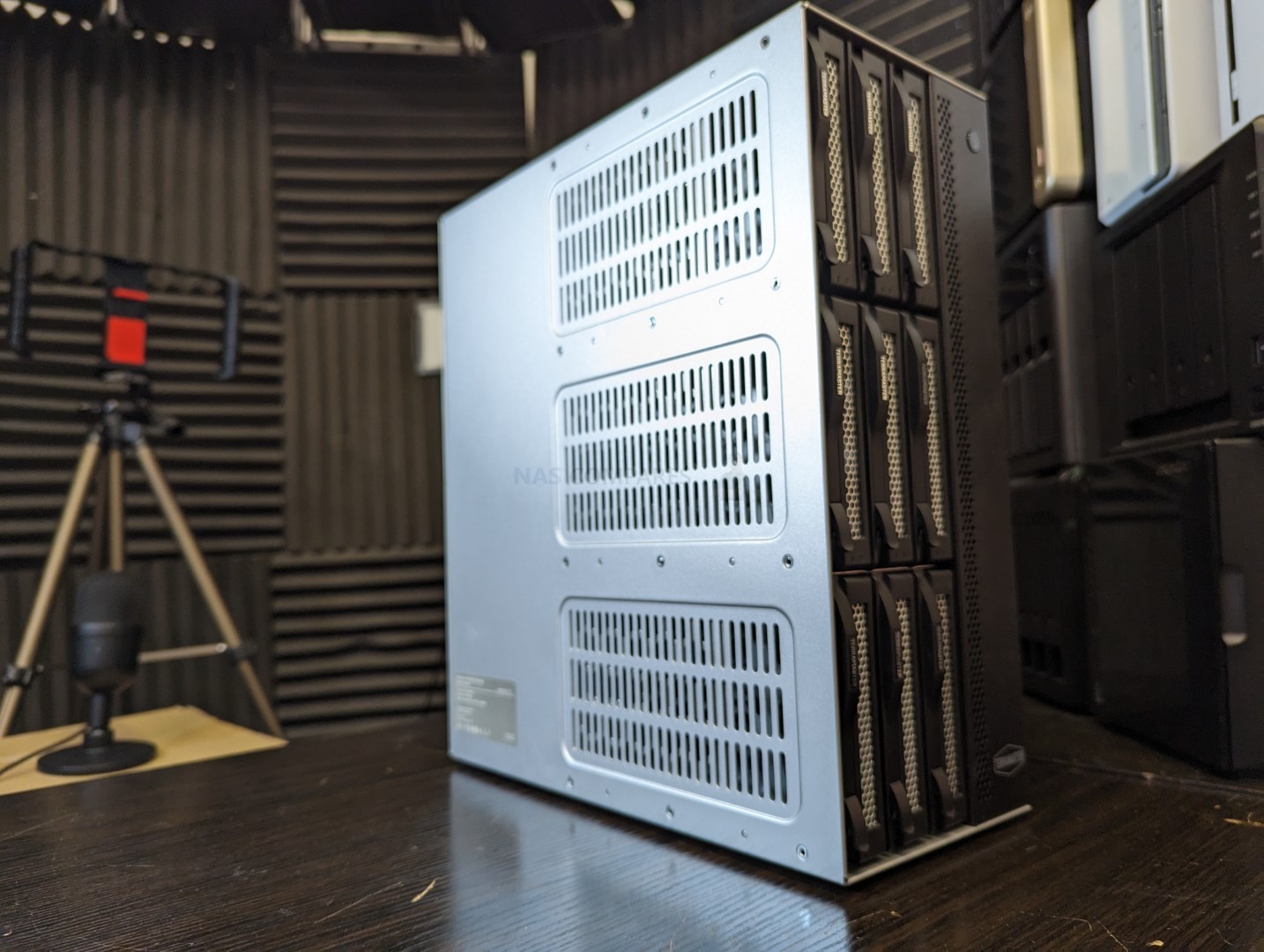
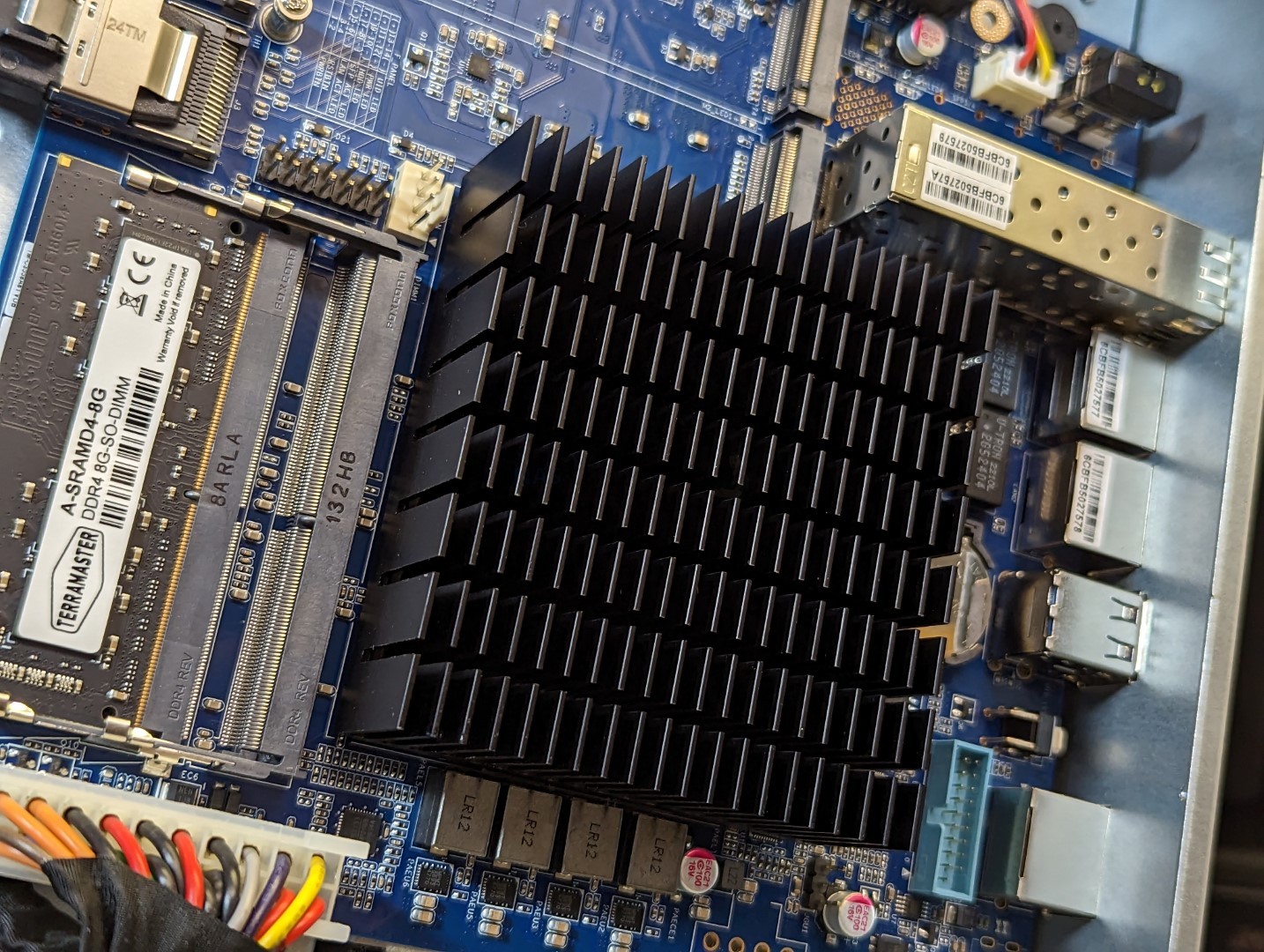
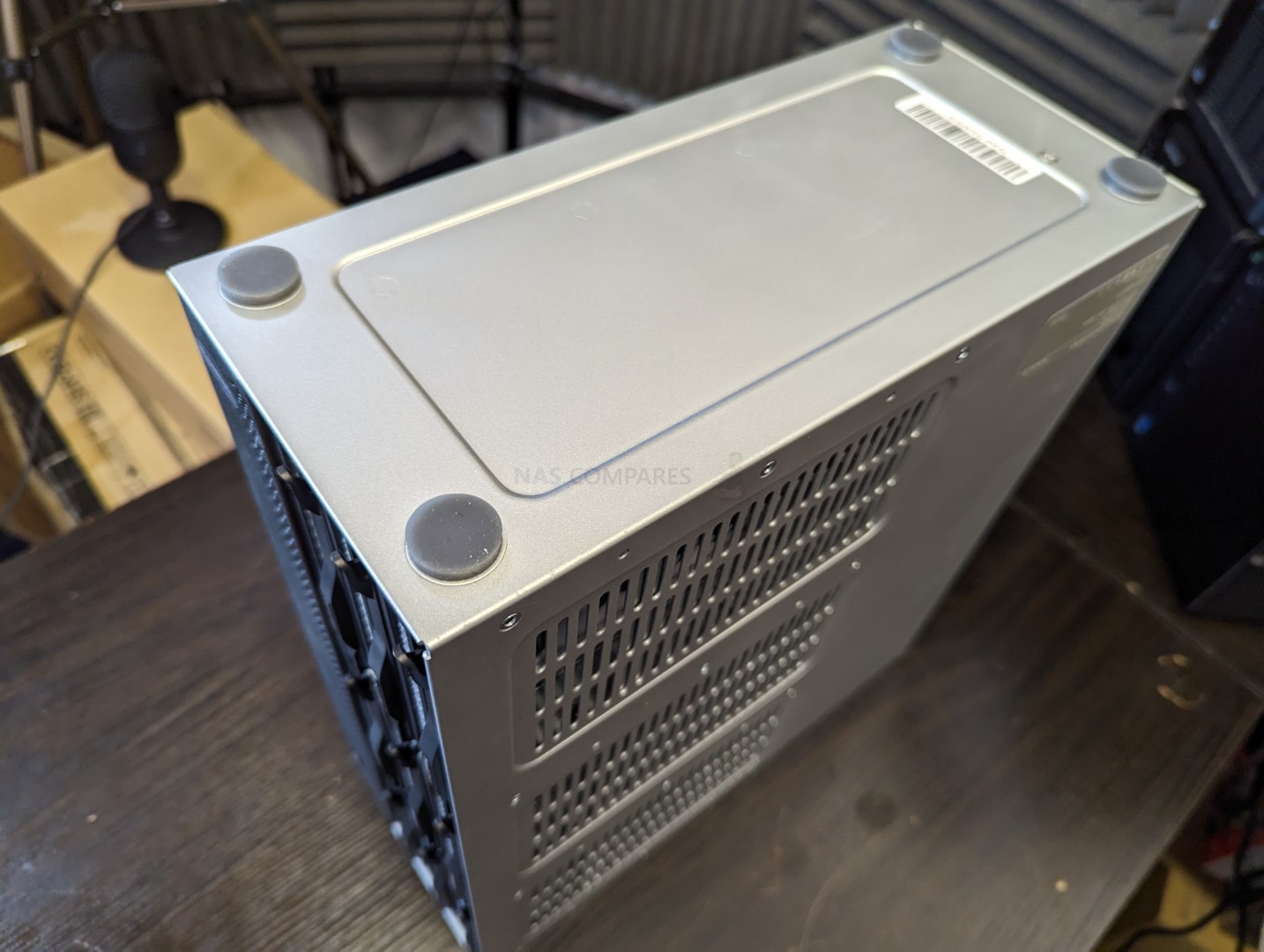
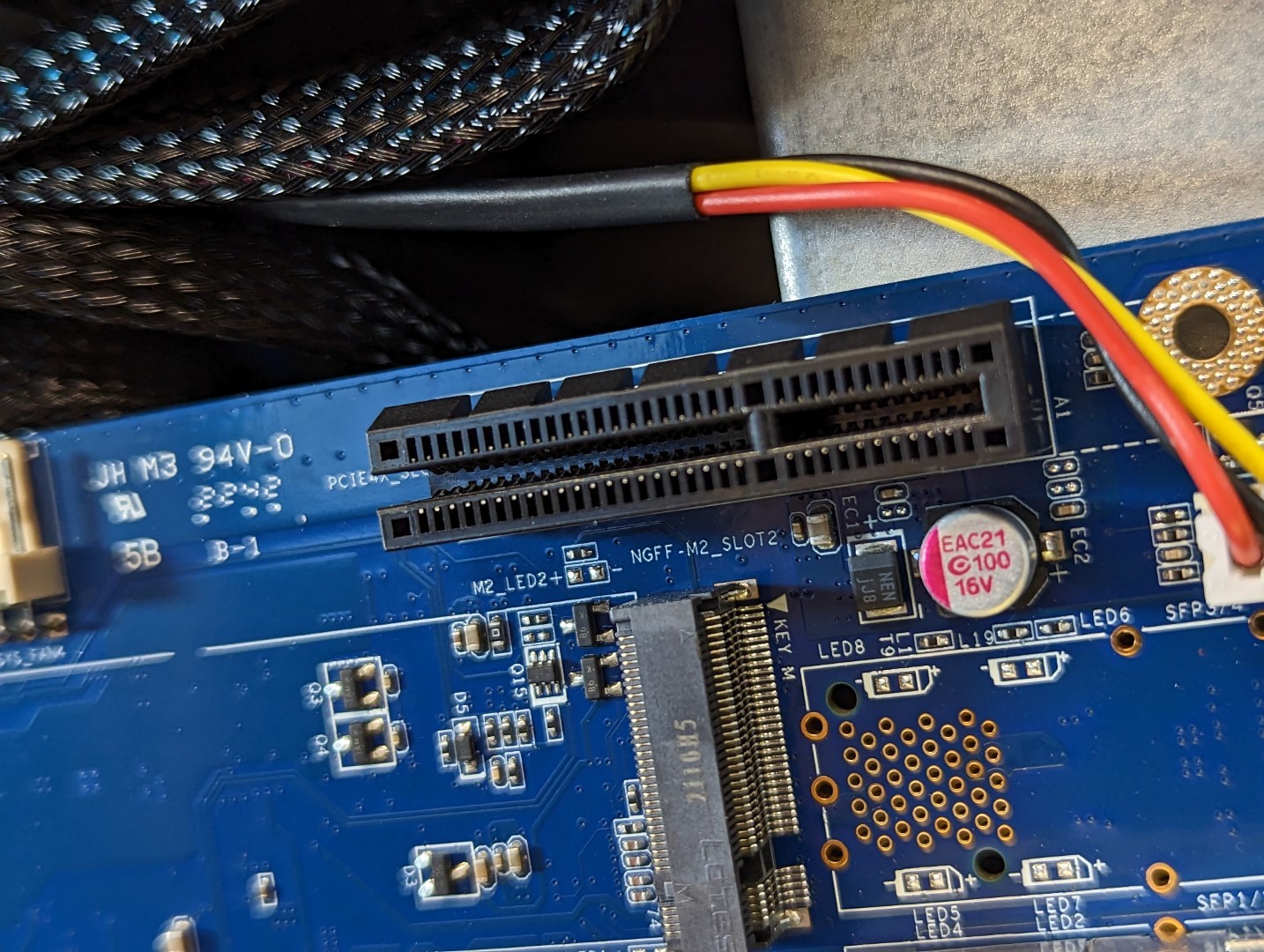
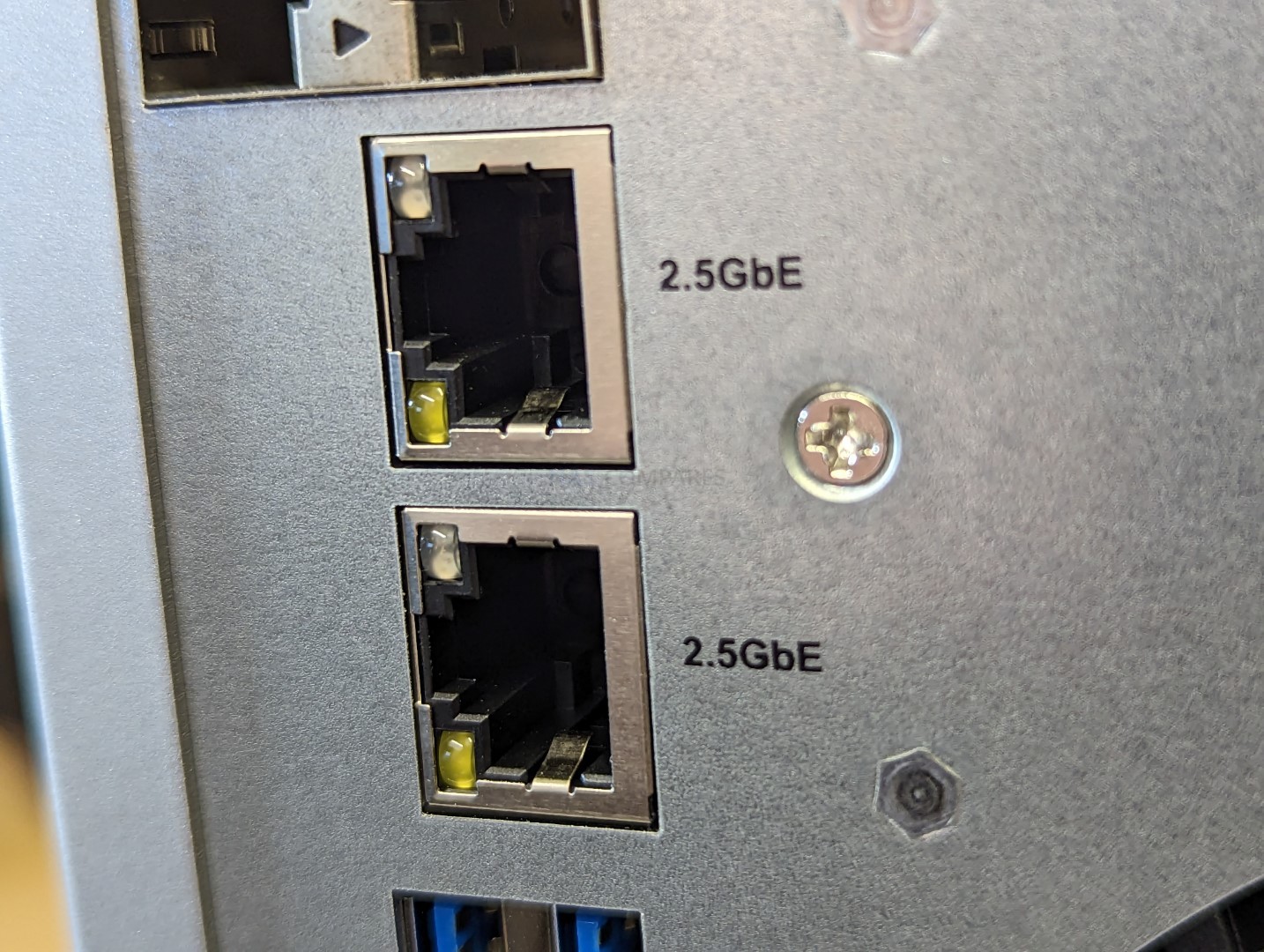
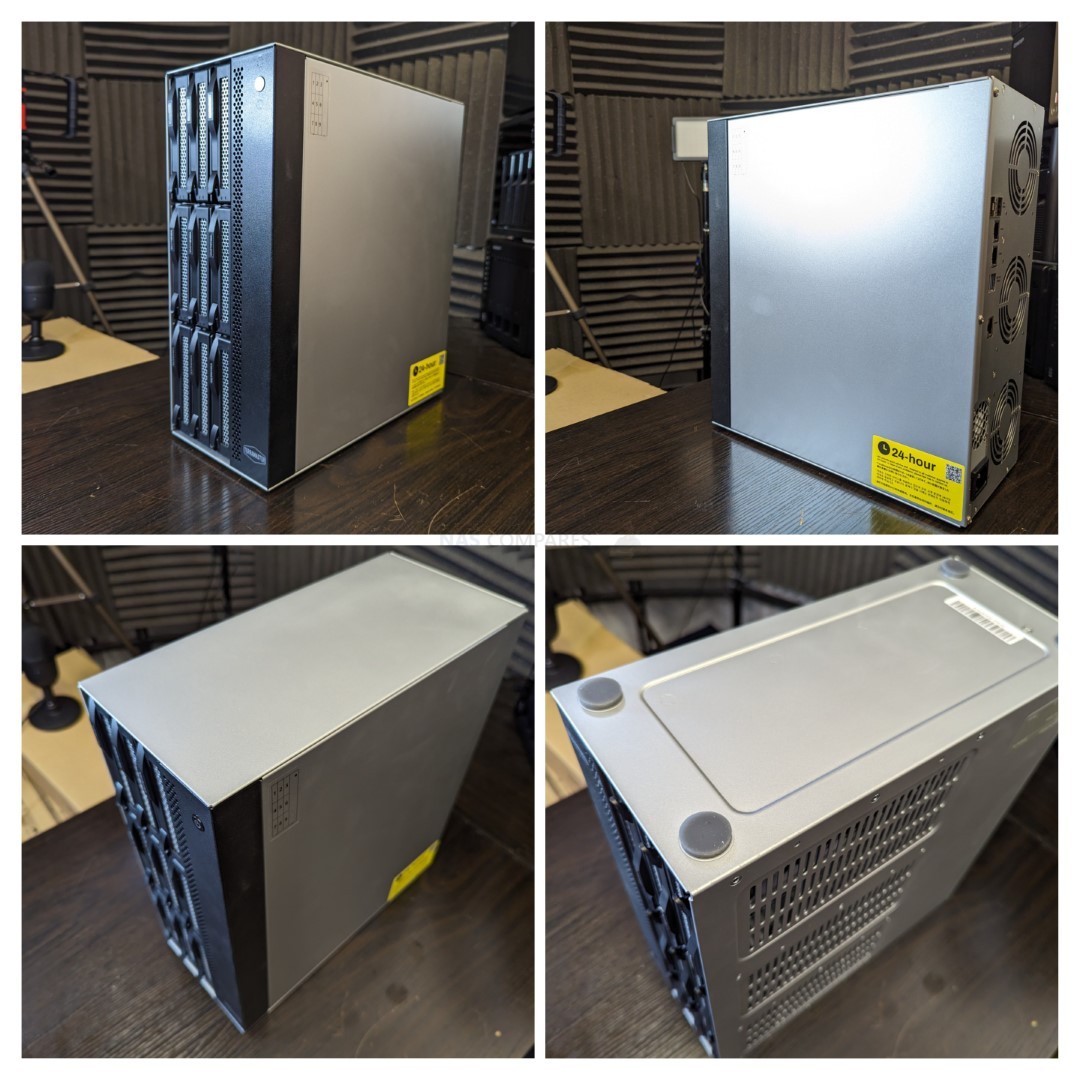
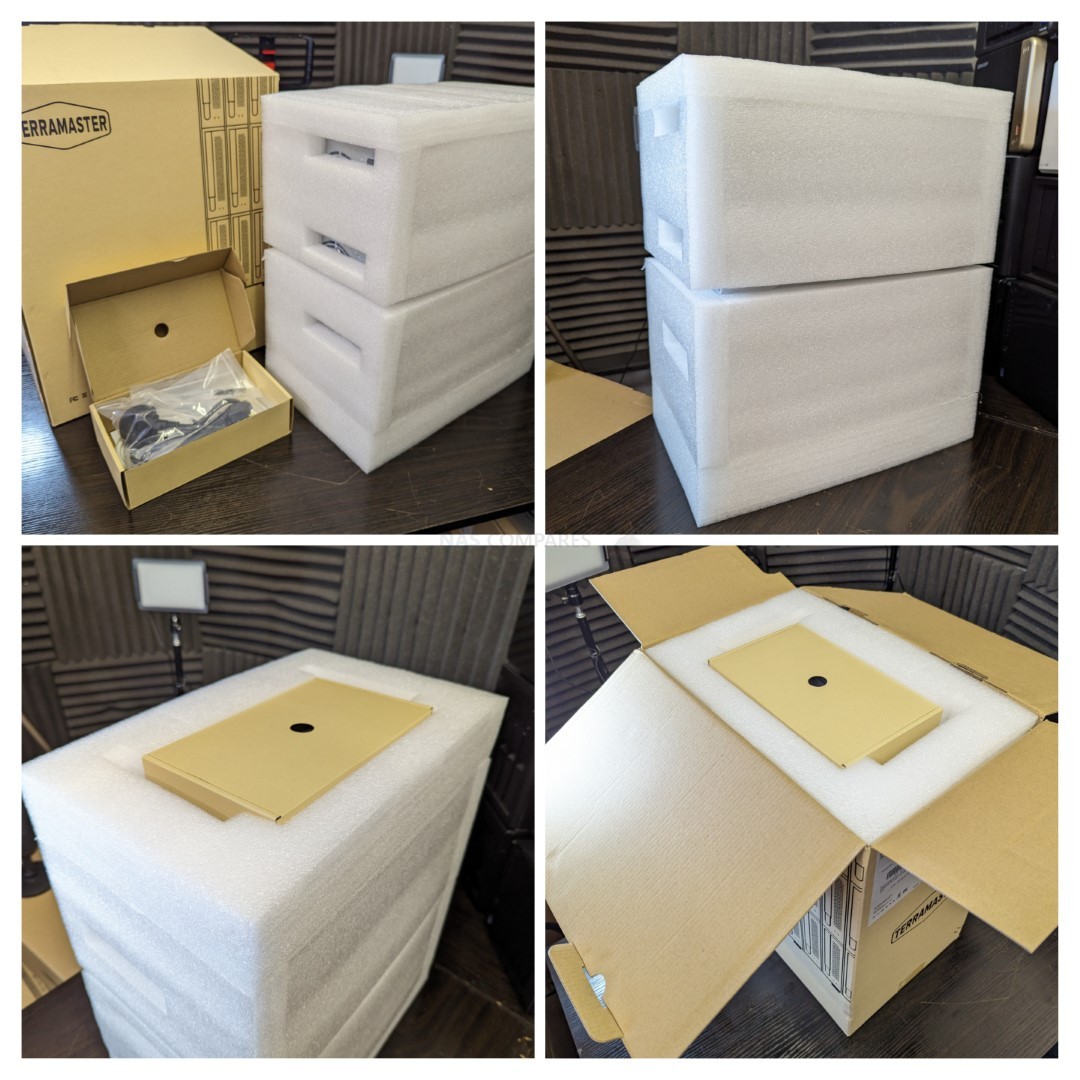
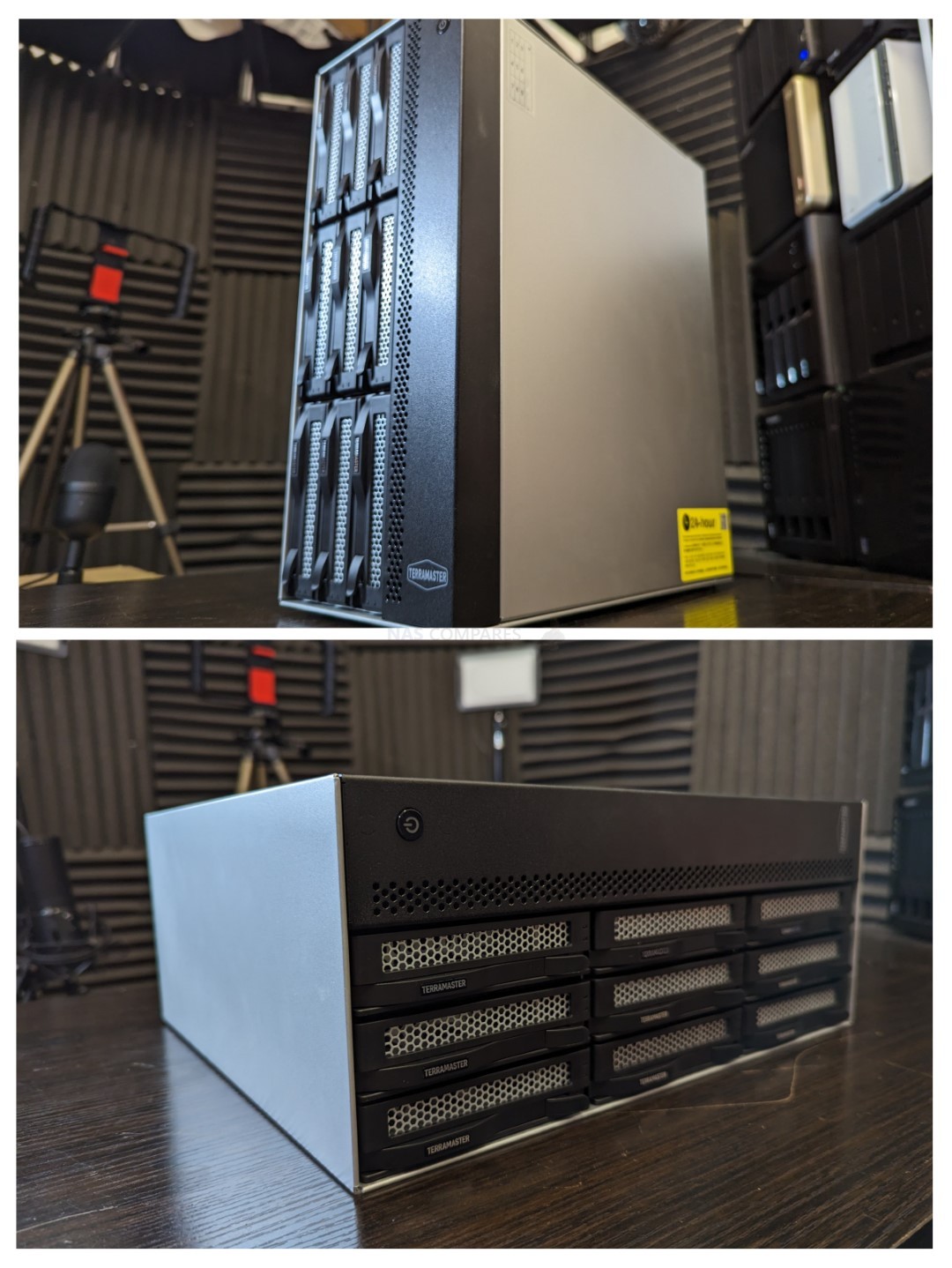
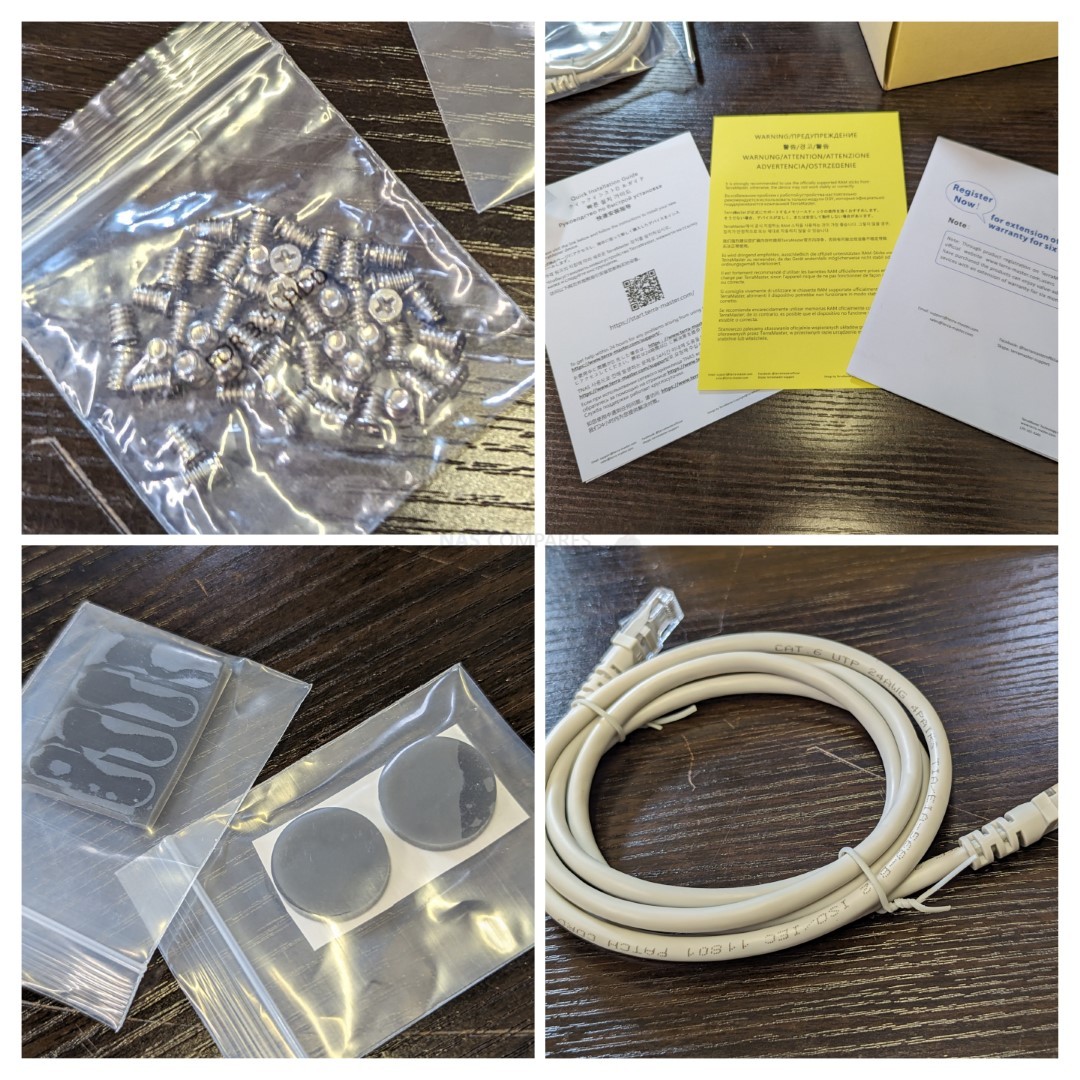
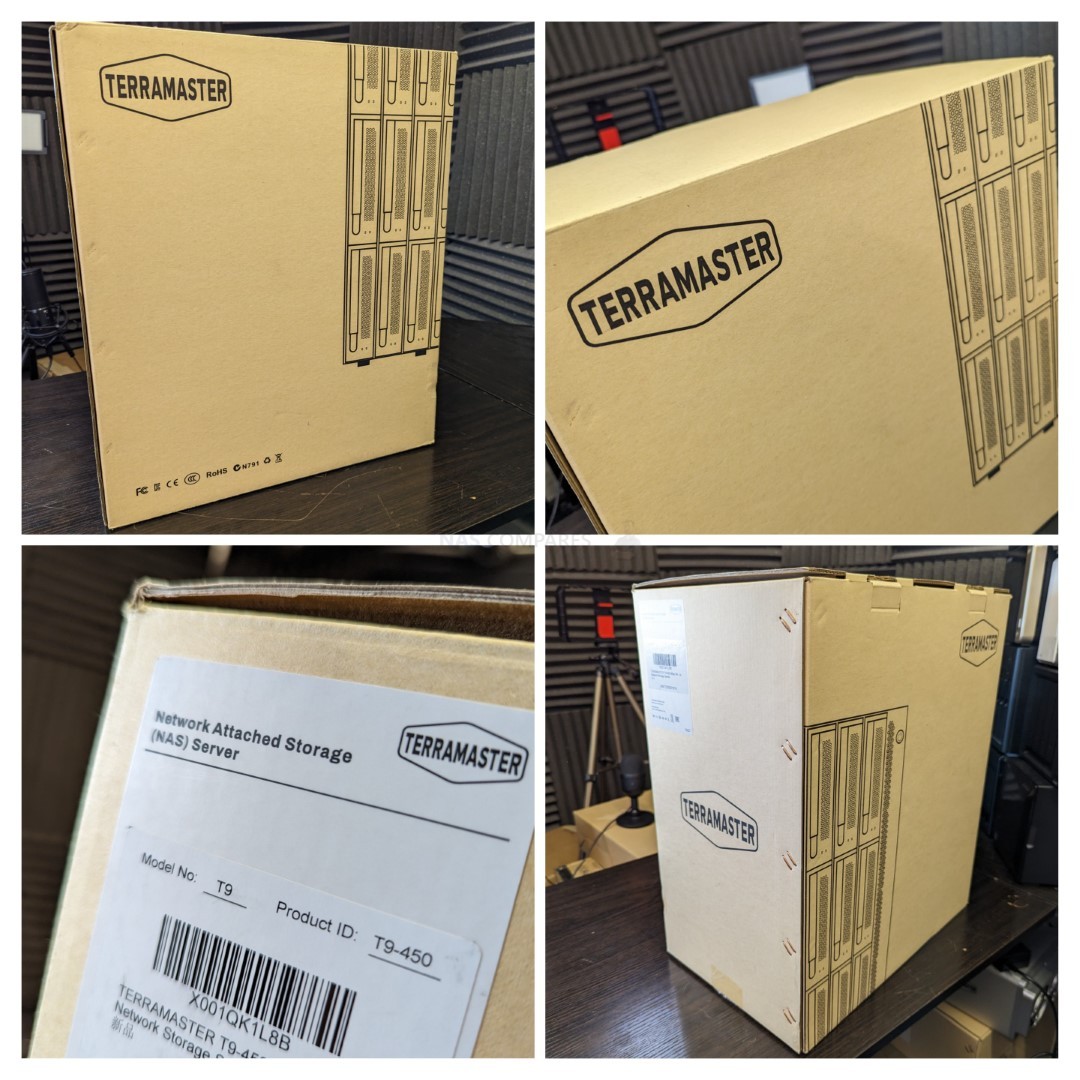
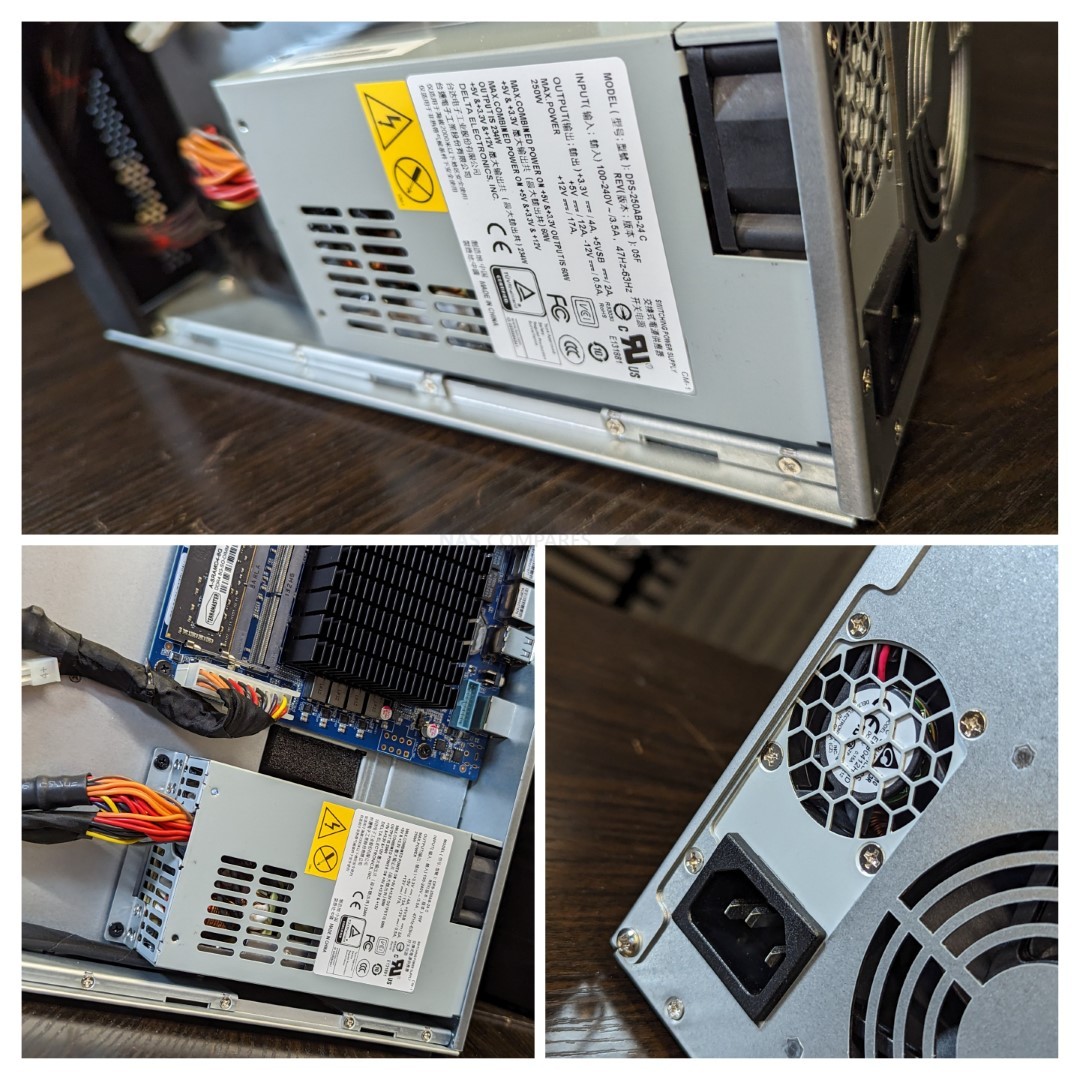
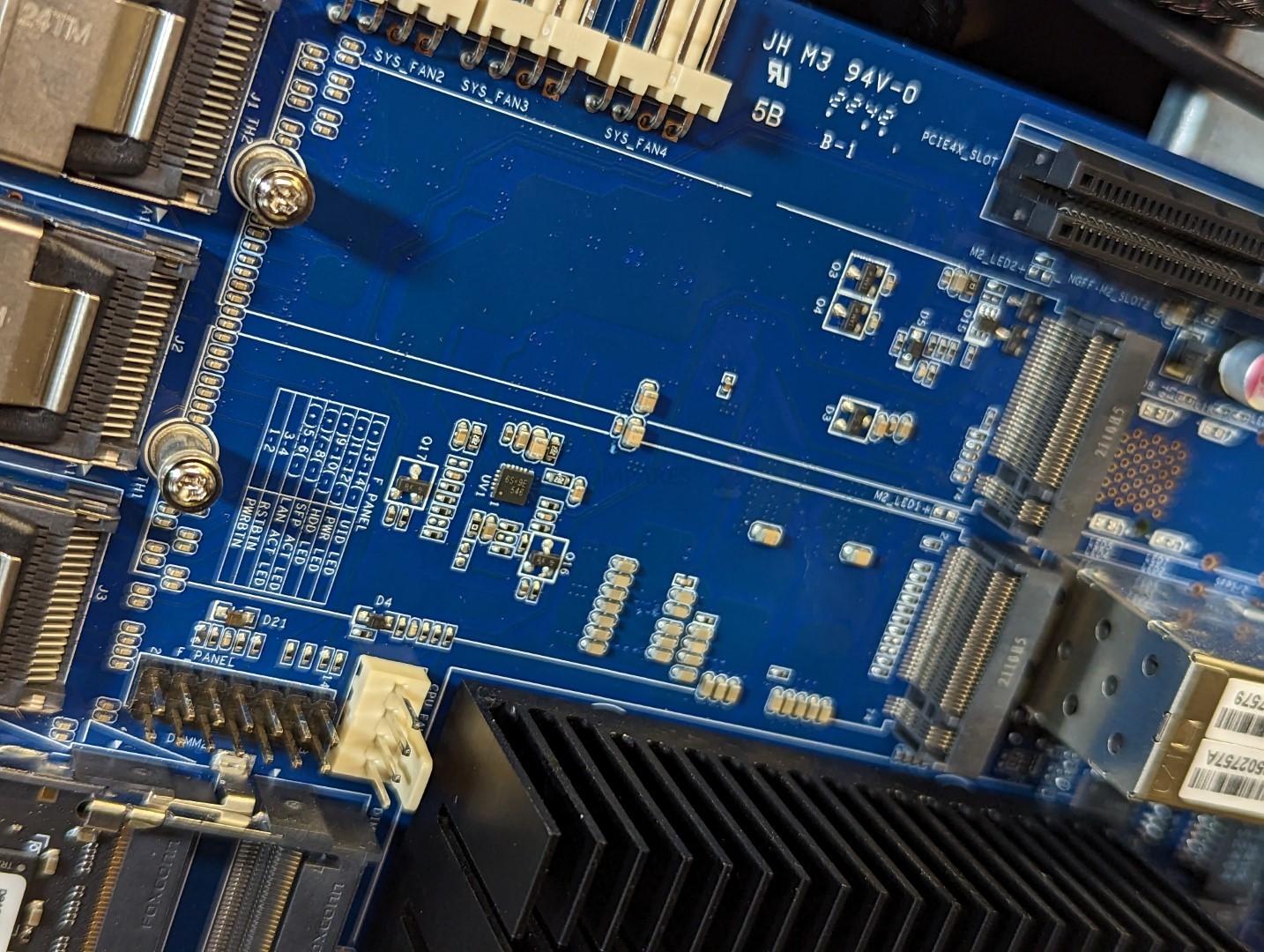
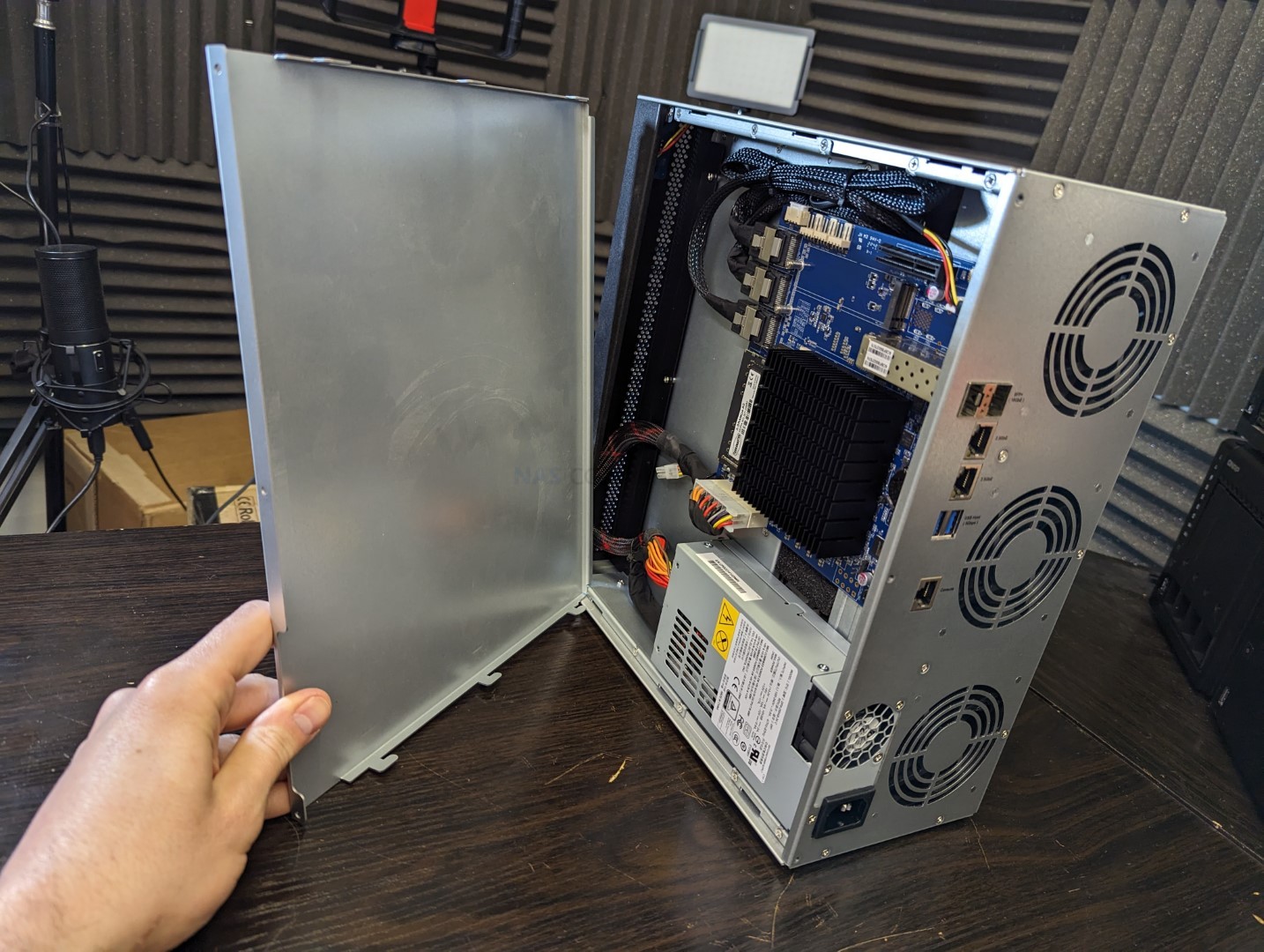
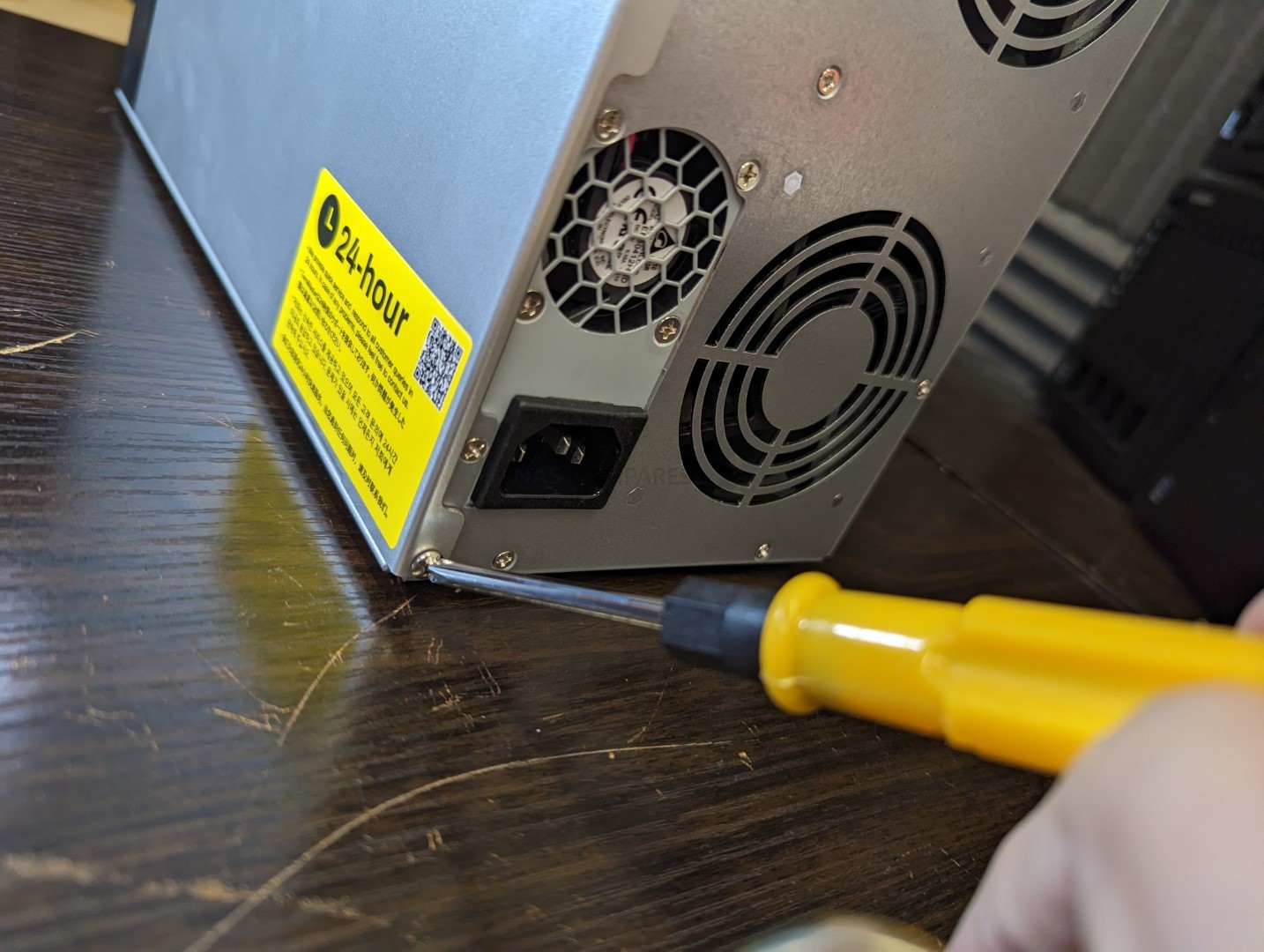
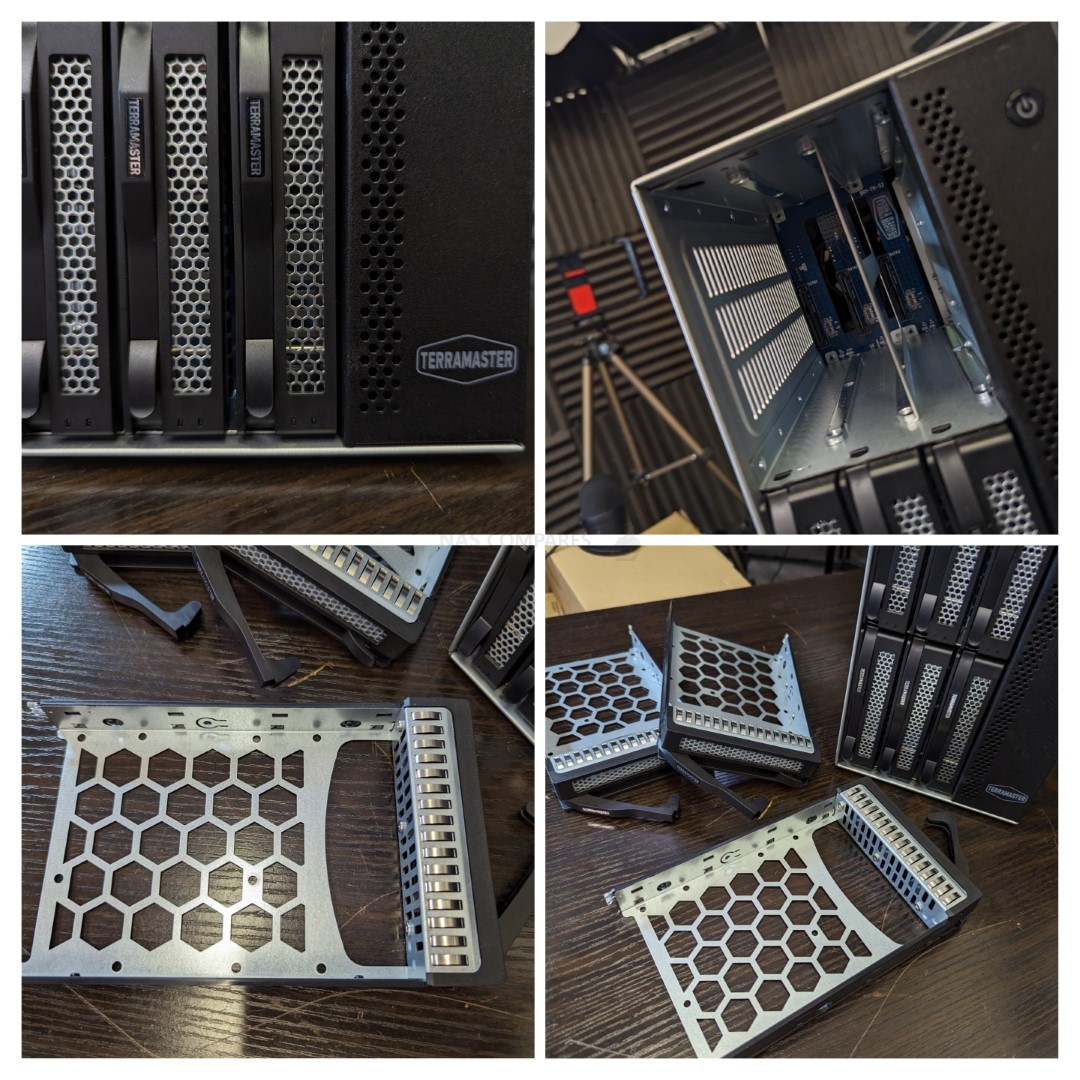




Thanks for the video! Just wanted to mention everyone should have a USB stick with ventoy on it. It makes a bootable USB drive with some utilities on it but more importantly you can just drop iso images on it in a file manager and when you boot from it it lists all the isos on it and you can run the installers from the menu. A must have
REPLY ON YOUTUBE
I LOVE YOU! THANK YOU MAN!
REPLY ON YOUTUBE
Will that Thunderbolt to Ethernet adaptor, mentioned at approximately 16:23 minutes, work with a Apple Thunderbolt 3 to Thunderbolt 2 Adapter? In other words, can you daisy-chain Thunderbolt adapters in this situation? Don’t laugh!
REPLY ON YOUTUBE
What would you recommend for davinci resolve editing? I am a real noob in Nas’s.
REPLY ON YOUTUBE
Good talk.
REPLY ON YOUTUBE
Would this same approach work for ZimaOS on a QNAP machine? But I am guessing/hoping the hardware requirements would be lower for that then TrueNAS?
REPLY ON YOUTUBE
I wondered whether strong CPU is needed or not, and I got my answer!
Thanks for the video!
REPLY ON YOUTUBE
What GPU can I fit in it? RTX 1660 Super??
REPLY ON YOUTUBE
Would love to see such a video with the current Ugreen Thunderbolt systems & optimizations for editing.
REPLY ON YOUTUBE
Have you faced any issues with opening adobe files directly from the server inside adobe software ?
I have found multiple cases online where users were not able to open adobe software files (illustrator, photoshop etc.) Directly from the NAS, but they had to download the file locally, work on it, then upload the edited version.
Is this a problem you have faced so far ?
REPLY ON YOUTUBE
And what about fan control? Does it work under Unraid?
REPLY ON YOUTUBE
I use a Qnap Hx74 I9 to my pc through a 10gbe card (ethernet cable) with 8tb m.2 flash storage for caching, and 8 16TB IronWolf HDD’s for archiving and storage…I configured and ISCSI target from my Qnap to PC but I edit off of that but still cache on my local ssd drive, because I was told not to work off/cache to the same drive…I still get 1200mb/s read/950mb/s write speeds, but I feel like Im still doing something wrong…
REPLY ON YOUTUBE
Mester, how to connect a Qnap Nas on davince resolve server, do you have any video showing this.
REPLY ON YOUTUBE
There should ba a way that one computer has a very large HDD/SDD and other computers ca use it to access its data (Video files) remotely/Wired connection. Back in the Mid 90’s I sold/installed Fantastic Peer to Peer Network systems. One computer was the master and Up to 3 others used their HDD to store programs But the Files/Datawas Kept in the NMasters HDD and could be Simontanisuly updated br any of the 4 computers. I just want o be able to access the same Video DATA / Project Files from one centeral HDD so I only need one copy of the Video Files not 2 copies (1 copy on each Computer or the Cloud). I hav a Windows computer with 3TB internal SSD’s & M4 Mac mini with a 2TB 40 GB/s Ecternal SSD If I want to work on the same Project from both Computers and have each updated right now I have to us Use BMD DaVinci resolves Clowd colerbration. But the Assets are now in 3 separate Places. Each machine and the cloud.
REPLY ON YOUTUBE
Blingedy blongedy! ????????????
REPLY ON YOUTUBE
I have an older QNAP NAS and I actually quite like QTS. I recently built a newer Unraid machine with a faster CPU and more RAM for containers and virtualization.
Never really thought about putting Unraid on my QNAP, though. Is something wrong with QTS?
REPLY ON YOUTUBE
Thanks, I learned a whole lot
REPLY ON YOUTUBE
at 21.20 – if I had setup my qnap with a storage volument and have important documents , but created a new target ISCSI and followed your steps – when it says “initialize disk” – is it going to format my other data on storage vol 1?
REPLY ON YOUTUBE
Would a GPU be beneficial here for transcoding?
REPLY ON YOUTUBE
because An Idiots Guide for Final Cut ?
REPLY ON YOUTUBE
Nas compares in us
REPLY ON YOUTUBE
I think I have my Nas finally figured out and ready to purchase until I watch another one of your videos and end up rethinking my entire life
REPLY ON YOUTUBE
Just had a NAS sent to me that has a 2.5g port and a 10g port. Can I take the 2.5g port, and run that to the switch, and run the 10g straight to my MacBook?
REPLY ON YOUTUBE
my head hurts..
REPLY ON YOUTUBE
My TS451+ boot from USB via UEFI but doesnt boot TrueNAS with UEFI-Option…
What can i do?
REPLY ON YOUTUBE
Why are you talking about £400 for SFP to RJ45 convertors? They’re like £45 each for Unifi branded ones, slightly less for the 10GTEK ones.
REPLY ON YOUTUBE
Will you be reviewing the T9-500 Pro or T12-500 Pro??
REPLY ON YOUTUBE
I simply love Unraid!
REPLY ON YOUTUBE
Thank you for this great video. We are on a Mac. Your video mentions another video for Mac users to map using the ISCSI initiator. Is there such a video?
REPLY ON YOUTUBE
So this has front slots for hdd and internal slots for ssd?
REPLY ON YOUTUBE
Definitely appreciate the scalability breakdown! Feel like you called me out directly (as I’m sitting here shopping around trying to fully populate a 4 bay). Now I think I may reconsider that choice!
REPLY ON YOUTUBE
I love the overall design, I hope some day they’ll make a 12 bay version in a rackmount form factor
REPLY ON YOUTUBE
Hello, I just ordered the QNAP TVS-h874X-i9-64G NAS. I’m in need of advice. I’m going to install 3 20tb drives and 2 nvme that are 1tb. My original thought was to use the nvme drives as a pool of the apps to live on like Plex. Should I do that, or use the nvme as cash?
REPLY ON YOUTUBE
Hi, so i have a m.2 already installed in my qnap and it’s assigned as a cache drive. Can i still use it regardless? Or should i put a second one in and use it instead?
REPLY ON YOUTUBE
Is there a way I can find a list of all QNAP devices that have an HDMI output? Their site seems to only list the current models but I would be interested in buying a used one off ebay
REPLY ON YOUTUBE
What a brilliant video. No BS, upselling, just the facts!! After 10 seconds of watching I knew this was going to be a good video and you have certainly helped me with the upgrade decision I currently have.
REPLY ON YOUTUBE
You are an utter LEGEND, thank you so much for being so thorough!
REPLY ON YOUTUBE
lol robbie didn’t setup the LUN correctly (hence the error message he ignored) you don’t use discover portal – just use quickconnect on first tab entering IP of NAS – Just be warned you can’t see the contents/ files of the LUN on the NAS directly only the LUN details!!!
REPLY ON YOUTUBE
my TVS-h874T intel i9 64GB with an additional qnap m2 card with extra 2 x m2 slots and 10G port arrives tomorrow cant wait!! only paid £2500!!
REPLY ON YOUTUBE
Outstanding and very unique and technical approach. Thanks ❤
REPLY ON YOUTUBE
Your channel is OUTSTANDING.
THANK YOU. ????????
REPLY ON YOUTUBE
anyone try installing a sas – pcie lsi-card ?
REPLY ON YOUTUBE
I’m going to be editing (over time dozens of) 1 hour 3 camera (HD) videos down to 20 – 30 minutes and then uploading them to YouTube and spreading them across social media platforms. Will I need thunderbolt (3 or 4) or will 10gbps be (more than) enough?
I’m looking at a used ASUS A15 (2022) with an ss port for $500.00. originally came with 500gb SSD (now down to 453BG b’cuz of the add ons) and 8gb RAM which I intend to upgrade to 32 right out of the gate.
Thanks,
Bobby
REPLY ON YOUTUBE
This was actually helpful. Thank you!
REPLY ON YOUTUBE
So is it not possible to do a simple trim directly on the NAS? The thunderbolt solution is not an option for me. I can map the drives but its very slow
REPLY ON YOUTUBE
hyuge video
REPLY ON YOUTUBE
24:00 based on your comments about running VM’s on the NVME, I installed a single 2Tb NVME and moved my virtual machines over there. From my Windows desktop, I connect to a Windows 11 pro VM using Microsoft’s Remote Desktop Connection app. The Windows VM on the NAS runs as fast as Windows runs on my desktop. With two monitors, they sit side by side and you’d never know that one is a VM ( what was I expecting ??? ) Brilliant.
REPLY ON YOUTUBE
what do you do if your qnap nas doesnt have hdmi port?
REPLY ON YOUTUBE
I had a built NAS that has recently failed so I decided to buy a QNAP TS-464 and load UNRAID. I loaded a fresh copy of UNRAID on my Patriot USB drive using USB Flash Creator and when I boot from it on the qnap – I get an error ‘waiting for 30 sec for UNRAID to come online. Any idea what is going wrong? I have to admit that configuring the QNAP has been painful
REPLY ON YOUTUBE
The title appears misleading. The editing process itself is on the client, not on the nas.????
REPLY ON YOUTUBE
They want money, simple.
REPLY ON YOUTUBE
Legend????
REPLY ON YOUTUBE
BIOS Asustor (он же материнская плата Acer) в принципе не предусматривает установку системы на диск. Только на флеш USB.
Потратил 5 дней разбираясь с этим.
Можно установить Xpenology но она рандомно перезагружается в неожиданных ситуациях без явных и видимых причин.
REPLY ON YOUTUBE
Do you ever actually turn the thing on or do you just waffle on for 80 minutes?
REPLY ON YOUTUBE
When I tried to do this with a TS-2483U it will only see 8 drive bays in unraid. but a TS-1283U will see all 12 bays just fine. I’m wondering what I can do to get unraid to see all the drive bays. I posted something a log at unraid but nobody really had any suggestions. just said something about like unraid wouldnt support something. which I found odd. because if Qnap can make it work on thier closed Linux then. something open sourced should work to some degree.
REPLY ON YOUTUBE
Wondering if my TS-559 Pro+ would work well with TrueNAS. I believe it has an 1gb ram and an Atom 1.8ghz Dual core. Yes its 64-bit, but… eeeeeehh… Any thoughts?
REPLY ON YOUTUBE
At 15:20 – thin and thick provisoning are explained the wrong way round.
Thick allocates actual pool space, while thin allocates theoretical space which different disks/luns can share.
REPLY ON YOUTUBE
i don’t get when i should use iscs over normal shared folders and why i should use different volumes for different shared folders .. why not have everything convenient in one place?
REPLY ON YOUTUBE
Do you do a lot of beak?
REPLY ON YOUTUBE
In my TVS-672N i had installed 2 Samsung 970 Evo mvme drives as cashe installed. They were supported acording the compatibility list from Qnap for this nas.
After 2 years both drives did die. Theese drives get VERY!!! HOT. I did know that so i installed big heatsinks on both drives but still they get VERY!!! HOT.
At the same time the nas did die. After shutting the nas off i could not turn it on anymore. No lights, no nothing. When googling for more info i found out that very many people encountered the same problem.
Qnap did extend the warenty on this nas from 2 years to 3 years witch i am glad they did because my nas was just over 2 years old. Qnap did replace the motherboard of the nas. Now it does work ok.
Samsung also did replace my 970 Evo drives. I had 5 years waranty on theese drives.
I think because the mvme cashe-drives wheere SOOOO HOT i think that could be a reason the motherboard did die after 2 years. Also cashedrives are being written very often constantly. I think that it will shorten the lifespan of theese mvme drives very quick.
So for me NO mvme cashedrives anymore.
REPLY ON YOUTUBE
Thank you for this information. I am thinking of the following, may I ask your opinion about that? I am a one person videoproducer and on this moment editing my 4K footage, of live projects, from a SSD with a 40Gbps case over thunderbolt 3 that works fast en stable (read and write speed is around 2000 MB/s). I like to add a NAS as a sync to my system, so it sync the data from my work SSD to the NAS (say every 30 minutes with Carbon copy cloner). The speed of the NAS is then not the big bottleneck anymore, the sync interval is the only risk issue in my understanding.
REPLY ON YOUTUBE
When creating the shared folder you inadvertently double-clicked the next button at approximately 8m50s thus skipping the storage settings tab. That was a bit of a frustration for me as that was the one piece of information I was primarily interested in ????
REPLY ON YOUTUBE
do you have a video of what device you use to capture hdmi video I can’t seem to find that
REPLY ON YOUTUBE
Got it. I’m on Qnap 5.1 and the dialogue box when creating a shared folder doesn’t have the functions you displayed as well.
REPLY ON YOUTUBE
I’m completely lost to why you are using a LUN setup on MacOS, if you use Qfinder you just mount the volumes and you are done. MacOS will recognise them as part of its system. Or is this solution if you have a 3rd party software that for some reason doesn’t recognise the volumes as internal?
REPLY ON YOUTUBE
don’t know what is “wrong” with you my dear, but I am watching it happily without even… having QNAP. Great intro into 20224!
REPLY ON YOUTUBE
Thank you for this guide! One idiot’s level question though – does QNAP sell/is it possible to install a thunderbolt 4 expansion card into a TVS-h874 to get the thunderbolt 4 functionality? I picked up an h874 last year which has been great, but I would prefer to have thunderbolt connectivity instead of fiddling with a 10gbe expansion card which has had middling results thus far.
REPLY ON YOUTUBE
An Idiots guide???? You called my name. Need more videos like this.
REPLY ON YOUTUBE
I would like to add a few (hardware/software) experiences/advisories;
It might not be clear, but per TB port on the QNAP, it is one user. (obviously, I would say)
Also, the order(!) of connecting any other(!) TB hardware is very, very important;
If you have other (non-QNAP) hardware, they *must* be connected to your (TB) client/machine first.
And thus the TB-enabled QNAP should always be connected last in your (existing) TB-chain.
As QNAP is connecting to your client as a, what I have understand, DAS over IP.
You can also use the existing TB-connection of the QNAP (to your TB-enabled Client/machine) to “share” the (other) ethernet-connection of the QNAP, so you have also an internet-connection (over TB), simplifying the wiring. However, if your Client/machine also has its own ethernet-connection, depending on your platform(OS), it might be that your Client/Machine will have preference to the TB connection over the ethernet-connection. That might be undesirable under certain circumstances. So far, the only solution I have found is to temporary disconnect the TB connection between your Client/Machine and the TB-enabled QNAP.
And finally, as many will know, TB cable is 3 meters in maximum length. Should you need longer cables, you can opt for so-called optical TB-cables (up to 300 meters, I believe) that are rather expensive.
In practice, TB can become quite expensive or sometimes unpractical, perhaps 10GBe can be a good alternative.
REPLY ON YOUTUBE
Is there any option to edit video on the cloud from the phone? Or any option to make the Nas visible in the albums of Capcut so I can edit video on the phone from the Nas
REPLY ON YOUTUBE
Can this be done on a QNAP SS-839 pro?
REPLY ON YOUTUBE
Wow – I wish you’d use a decent editor for your guides. You know Resolve is free, right? And it’s miles better than adware like Power Director.
REPLY ON YOUTUBE
I’ve always found the other advantage of iSCSI is that there is way less overhead than the network protocols. The access is much faster.
REPLY ON YOUTUBE
Thanks for this. My work is trying to figure out what to do for our video editing suites. Good info!
REPLY ON YOUTUBE
Can you use the SAN / iSCSI connection setup on a laptop and still have the drive if you are off your home network?
REPLY ON YOUTUBE
I absolutely love how you make what has been a nightmare to understand so that even I can understand. Thank you so much!
REPLY ON YOUTUBE
This works! I have my TS-464 Unraid setup with dockers (plex,*arrs,qbit).
REPLY ON YOUTUBE
supervideo. Thank you
REPLY ON YOUTUBE
where are the seagulls? Is it not an SMR youtube chanel?
REPLY ON YOUTUBE
Been googling and searching on youtube for a couple of weeks trying to figure this shit out. This video was by far the most helpful.
REPLY ON YOUTUBE
I was thinking of buying an Asustor Lockerstor 8, to connect it via 10GB LAN to three Windows PCs (with 10GB cards) for 4K video editing in a RAID6 with 6 drives and two drives in a RAID1 for backups. Also I will update the RAM to 16 and use M2 drives for caching as well. Is this going to work? Are we going to be ok with editing performance?
REPLY ON YOUTUBE
I know that I am late to the party but just in case anyone gets stuck like I did on installing UNRAID using the manual method: if you get an error when right clicking the batch file in the UnRAID zip file, and running that batch file in administrator mode, please make sure you turn off ransomeware protection, and lower your windows user control settings. If you don’t turn off these settings, you will get a error message in the command line that pops up when trying to make the usb bootable using the batch file. The error is usually “access denied” can’t access MBR or something like that.
Turn off those settings mentioned on your windows 10/11 machine and you can create the bootable drive.
REPLY ON YOUTUBE
I have two questions really…. isn’t the weakest point of failure here that USB key? Also, why can’t you flash the USB disk module?
REPLY ON YOUTUBE
A helpful and clear guide to the install, and how to revert back. Very Good indeed. Thank You.
REPLY ON YOUTUBE
I do not have much NAS knowledge. I want to put 18Tb video on a NAS. 80 percent 1080p. The rest is 4k and this will become more in the future.
What would you guys buy ? A 923+ or a 1621+ ? Or a different NAS ?
REPLY ON YOUTUBE
I have a qnap 453D 4bay, but dubious to try as I have truenas core 13 on a 10th gen intel pc and it wont launch in uefa mode and doesnt support 2.5gb
REPLY ON YOUTUBE
What speed I should expect from a DS1821 with 8 drives (drives from 4TB up to 14 TB) +1M.2mvme cache,+ synology pci 10gbE BaseT. Connected with a mac Studio Ultra using a Netgear copper 10GbE Switch and two 10nfoot Cat8 cables….. Im farrrr from 10GBe spoed 🙁
REPLY ON YOUTUBE
Editing directly off a NAS requires a pro-level setup fully take advantages of that. However, this is overkill for most folks. Instead, just save your original, full resolution video files on a NAS and use local storage for proxies. Even 1GbE is perfectly fine for this setup. Additional networking ability simply speeds up the transfer of the originals. The next level up, if you have the networking setup for it, would be to save your proxies on a NAS too if you are working with multiple editors on the same network. If you are a solo video editor, just stick with local proxies + NAS originals. If needed, grab a fast USB 3/4 or Thunderbolt external disk if your system doesn’t have enough space natively. Those are so much cheaper than going pro with a NAS setup.
One issue with Thunderbolt is that cables are limited to 2 meters (about 6 ft) at full 40 Gbps. I’d prefer to put my NAS in a closet somewhere so I can’t hear it and use a TB 10g network adapter instead (provided my network is setup for 10g). Granted, that’s overkill for me.
REPLY ON YOUTUBE
I still kinda want one of these.
REPLY ON YOUTUBE
where can I configure and buy one of these put together in the US?
REPLY ON YOUTUBE
Only Ironwolf Pro NAS’s have the data protection.
REPLY ON YOUTUBE
Thank you for this video, and you are correct about the mistakes editors make. I work in TV Production on the technical side building storage and networks for productions, and 5 years ago decided I would standardize on Synology NAS for my workflow. In the past I built my own servers, and got sick of doing so. I have 18 Synology systems running in our office, so I’m going to tell you exactly what I use. These systems travel to the field when necessary, and we do massive projects like X Games, AVP Volleyball, Street League Skateboarding, and World Series of Poker which is a project that requires recording 45 cameras and storing that on a 3 Synology devices. At peak we are recording 4TB per hour of content at WSOP.
One thing I do want to point out is that memory is also very important. You need at least 16GB and I have started putting 32GB in as the baseline. Synology typically ships with 4GB of RAM. Also get two sticks of memory. For 16 put in two 8GB modules. For 32, add two 16GB modules.
Here is what works:
Synology DS1821+, 32GB RAM, All 8 drives populated for performance, dual 10GbE PCIE card. I use 20TB Drives now which gives me about 130TB usable. I configure RAID 5 using BTRFS.
Client systems Mac or PC either have a 10GbE PCIE card or we use the Sonnet Solo for 10GbE over thunderbolt.
I have both Netgear and TPLink 10GbE switches in place and both perform very well.
Editors are using the Adobe Creative Cloud.
Connections from the client machines are using SMB.
One final note. Never fill your NAS more than 80%. You will see tremendous performance hits after you pass that 80% threshold. So plan for that when calculating storage.
I am not a fan of expanding the NAS. I’ve done it, but I see performance hits. I simply add another DS1821+ when the current one has filled up.
REPLY ON YOUTUBE
cant access the bios page on a qnap nas 453d, anybody got some suggestions?tried with no drives attached too..
REPLY ON YOUTUBE
anyone have a link to the Mac version for this video that Eddie did mentioned in the video? I cannot find it on the channel…
REPLY ON YOUTUBE
15:20 love the subtitles…thunderbolt WHAT now?? ahaha
REPLY ON YOUTUBE
Do you have a video that highlights the performance issue you are highlighting with ARM based NAS products? Just for kicks I’m editing video using Davinci resolve directly off of my NAS. Seems to work fine for me and my NAS has an lowly Atom processor. Both my ARM based workstation (M1 Max) and my NAS are using 10 gigabit.
REPLY ON YOUTUBE
Since I find that Qnap doesn’t have a good community, nor enough tutorials to help me do what I want with my NAS (mainly to use docker), would you recommend me to install Unraid instead insted of QTS, and is the support community better at unraid?
REPLY ON YOUTUBE
Hi, I put in my DS923 2x4TB for private files, 8TB for Plex and Emby, SSD for VM…and 256GB for cashe. I just want to say that everything is working great. At first I put OpenVPN and run Plex and it was OK. Sometime it has little of lag …but today I install Emby and reallized that Emby is working much faster than Plex. I do not know what is going on but difference is significal. I run most of movies and shows in 1080o and that is OK for me. I am testing with Emby all day with or without OpenVPN and it is working great. I can say now that I am really satisfied. Synology DS 923 is very good product…. for media, file backup and many, many things. Best regards.
REPLY ON YOUTUBE
Man I haven’t watched your videos in a while and I swear you talk even faster now. It’s almost incomprehensible at times especially if you get excited. I don’t know are you on a time crunch or something? Or do you film these close to dinner time and you want to whiz through so you can eat?
REPLY ON YOUTUBE
Max hard disk storage that NAS can accommodate is 18TB. Next year hard disk will come in 22TB. By then, NAS cannot accept 22TB.
REPLY ON YOUTUBE
You da man
REPLY ON YOUTUBE
Hmmmmmmm ….. it would seem the simplest means to editing photos/video might be on a local client computer with a large SSD via ‘synology drive’ remote caching.
The crux question is ?Will fancy photo/video application work-well with synology drive remote caching?
REPLY ON YOUTUBE
Are you available for consultation? I am based in Salisbury UK
REPLY ON YOUTUBE
I agree that it should have came with 10gbe onboard.
REPLY ON YOUTUBE
Nas Master synology should make there expantion boxes cuch as the DX517 . and give then an pci expantion port to put 10 gbe in it i really think they missed out . they could make a fortune
REPLY ON YOUTUBE
I couldn’t find iSCSI client for Mac (Ventura)…(((((
REPLY ON YOUTUBE
For anyone wondering (I spent days trying to figure out which method was best). The iSCSI method of creating ‘local drives’ on your PC does not work as a network drive and therefore, other PCs connected to the NAS would not have access to files on the ‘local drives’.
So for NAS setups on multiple workstations, this option does not work. Your best bet is probably the normal mapped drives, or Qsync. Not sure why I couldn’t understand this earlier, but now i do and the below video helped!
https://www.youtube.com/watch?v=cymqasho9xU
REPLY ON YOUTUBE
For video editing, I utilize the Synology Drive to sync the files between a local drive and the NAS. Drop the active project into the sync folder and let the application do the work. I do my work off of the local drive. Seems to work well.
When I am done with the project I simply move the project to the archive folder. I this frees up the space on the sync folder.
REPLY ON YOUTUBE
The only available option I’ve seen that can keep up with a modern editing workflow is the QNAP TS-h1290FX with all U2/U3 flash storage. Most editors are working with 4K-8K footage these days and spinning HDDs just don’t cut it anymore.
REPLY ON YOUTUBE
If you’re a video editor and want a smooth experience go with a minimum of a 6-bay, preferably an 8-bay, and populate it with at least 5 drives from the outset. And then add 10GbE at both ends (NAS and computer) and an SSD cache if you can.
When you fill it buy another one. The reason for this is that if you start with 8TB drives and you then add a couple of 16TB to your NAS the storage pool will see those 16TB drive as 8TB drives. There’s not a lot of gain for that until you’ve gone all 16TB drives to them extend the storage pool into the full 16TB of drive space across all drives. Sure you can use something like Synology’s SHR to be able to mix and match drive sizes, but you leave performance on the table by doing that. If you’re doing Plex who cares, but when performance is important you shouldn’t throw it away on a dat to day basis over something you “could” do in the future. Go RAID 5 or 6.
Once you’ve fully populated the bays and want to go with bigger drives where will your old drives go? Just because you’ve just bought new larger drives doesn’t mean your smaller old drives are of no use and immediately stop working for you. But they still need to be inside something. Even if the process is to buy the new one, transition, then sell the old one… the best route is to just buy new once you’re full.
REPLY ON YOUTUBE
Thks & FYI;
2.5GbE is BETTER than 10GbE – Here’s Why https://www.youtube.com/watch?v=OIOfRAKovRo
REPLY ON YOUTUBE
I followed most of these pointers from before, and I still failed. I Needed a large storage solution and also wanted to edit straight off of. So I started watching this channel, and others. Got a Synology 1522+ from B&H, upgraded the ram, put in nvme drives for cache, 10gbe card to hook up to a Mac Studio, 3 14tb Seawolf drives. Configured to hook up, and used a 10gbe switch. Disk speed test looked good with read speed at 1048Mb/s and Write at about 400MB/s. But then real world test, it died to 40Mb/sec from 400 write speeds when transferring a large file/ Final Cut library. Synology said I used all the wrong stuff in it, only their brand of hard drives, nvme, and I had the wrong Synology RAM installed. Took that all out, still would die from 400+ to 40Mb/s. Gave up and sent all back. Don’t know If I had a bad Synology or bad configuration. Synology didn’t help saying I just had non brand stuff when they looked at my logs. Seems like a lot of learning to get set correctly. Wish Synology or someone had a good product solution for us real novice networking people that just wanting a NAS that is easy to set up and edit off of that doesn’t cost a fortune, and an area on the NAS to auto/upload for off site with backblaze or another nas offsite. This channel has really helped me in building my confidence knowledge in trying. Maybe If I ever pull the trigger again, I have to learn a lot more by watching hours more of this channel, before my confidence is built up enough to try again on my own. For now, back to SSD’s and a standard spindle external drives for backups.
REPLY ON YOUTUBE
great information and wonderful explaination11 thqnk you very much!
REPLY ON YOUTUBE
Agree with you fully, but a major obstacle for speed are the HD’s populating the NAS! If you have fixed the 5 points and still running on slow HDD’s (80-100mbs) you will not have a smooth experience! This is where either faster HDD’s or SSD/NVME kicks in, as the read speed is now the major kicker.
REPLY ON YOUTUBE
Hey there, learning a lot from you content! Still pretty green.
Wondering what NAS would you recommend for video editing?
So far ive been looking at going DIY route, either using TrueNas or Unraid.
PC Parts Picker -> `/list/t9D328`
Have also been considering DS1621+ 6-Bay w/ 10Gbe expasion card and two 12TB HDDs (add more as I go)
Would appreciate you thoughts, Thanks!
REPLY ON YOUTUBE
????????????
REPLY ON YOUTUBE
A Proper Education. No Question.
REPLY ON YOUTUBE
I have no interest, for the most part, in video editing but I really enjoyed the video and always learn a lot from you Robbie. Forewarned is forearmed. Thanks very much. ( P.S…. I see a hummingbird on that box over your right shoulder. Good choice; far quieter and tiny poops.)
REPLY ON YOUTUBE
Great information as always. Thanks
REPLY ON YOUTUBE
Can you raid across a few partitions on one big drive ?
REPLY ON YOUTUBE
Been looking forward to a video like this. As a Newbie – There is so little information about the Mininum MB/s speed is required to edit 4k videos with 4 layers of footage. Is it 250Mb/s, 300MB/s, 350MB/s, 400MB/s, 450MB/s – I know more is better. Also – Will a single 2.5GBe ethernet be enough bandwidth for 1 editor?? I have scoured the internet and can not find Base numbers to these questions. Perhaps the author can shed some light on these questions?
REPLY ON YOUTUBE
Disagree with the “ARM” section of the video. It is not that a RISC (Reduced Instruction Set Computer) architecture is “more compressed”. The line between RISC and CISC architechtures has actually become quite blurry over the last decades. Yes, ARM organizes and processes data differently and was originally designed for very efficient, low-power devices. However, that doesn’t mean that one cannot design a high-performance ARM CPU. Apple’s M1 / M2 line for example is very wide when it comes to execution units and can hang with the best of them when it comes to latency and raw performance. The real problem with cheap NASes using ARM chips is that they simply choose the cheapest available processor instead of the one best suited for the task. And other than X86, where most CPU fall somewhat into the same price / performance spectrum (x86 simply doesn’t cater to the 10$ toy market), with ARM there are so many more designs, especially ultra-cheap ones.
REPLY ON YOUTUBE
awesome, as usual, perfect content!
REPLY ON YOUTUBE
????
REPLY ON YOUTUBE
Wow, you really learned me a lot of new things. A positive benefit from this lesson was that my backup at Backblaze suddenly recognized my NAS drives when they appeared as local drives. Perhaps you should evaluate if there is a need of a Mac os/final cut pro version of this excellent video?
REPLY ON YOUTUBE
mate ..with the volume you speak at the noise of spinning disks and NAS hum is negligible .. lol
REPLY ON YOUTUBE
I have a NAS drive which is downstairs with my router whilst the laptop I intend to edit with is setup upstairs. What’s the best way for me to transfer video and audio recordings from my phone to an external drive to edit on? I considered transferring them directly to an SSD and then plugging that into my laptop and editing directly off it, but is there any way I can use my NAS to make things easier? (I don’t plan on spending £200+ on a 10gbps thunderbolt/Ethernet adapter)
REPLY ON YOUTUBE
Excellent guide. Especially including the San Disk steps which would otherwise be bonus content. Definitely using your Unraid license link for my purchase.
REPLY ON YOUTUBE
If I had a 10Gb network setup and a 12 bay synology NAS, but full of hard drives and I add like 256Gb SSD as cache. Could I still video edit effectively Or is it recommended getting All SSD build?
I’m planning on using the NAS connected via ISCSI to edit but also want a TON of storage like using 12TB NAS hard drives and use a SSD Cache to keep the speeds up.
Would using SSD’s as cache work?
REPLY ON YOUTUBE
I just purchased the 923+ last weekend… but it’s just as a hyperbackup vault. Keeping my 1821+ as my main plex server. Wanted the qnap but as only recently moved from self-made NAS with hardware RAID cards, stayed in the ecosystem for now (it was SHR that made me go Synology rather than QNAP/Truenas ZFS)
REPLY ON YOUTUBE
I was going to buy it (I made the order and canceled it few hours later) until I discovered the new “HD compatibility list policy” and how my two WD RED that are compatible in my old Synology NAS are not in the list anymore. No more Synology products until they revert this stupid policy and the path that their are taking with these actions. Good way to ruin the reputation of a good company.
REPLY ON YOUTUBE
The price☹
REPLY ON YOUTUBE
With this does the front light panel still work properly
REPLY ON YOUTUBE
Dear Friend, First of all, thanks for the amazing review! I’ve bought a TVS-h874-i9 and i see there are some GPU that i can istall on it. My question is if there are other “new” GPUs that i can install on the TVS-h874. I was interested on the MSI GTX 1650 LP .
Thanks a lot for your attention 🙂
REPLY ON YOUTUBE
I just received my TVS-h874 yesterday! I am coming from synology. I have a 920+ and 1821+. Synology has decided to “design out” multimedia Plex users as the 920+ was the last good Plex NAS from them for that purpose. THIS THING IS A BEAST!!!!!!!!!!!!! Intel UHD 770 FTW!!!! On a semi related note, I have a 920+ and 1821+ for sale.
REPLY ON YOUTUBE
Great tutorial.
REPLY ON YOUTUBE
I find a better solution is to dedicate the D: drive (SSD) on my laptop as a Synology Drive. This then syncs to a shared folder on the NAS. For projects that I am not currently working on I use Synology Drive to Free Up Space. This effectively gives me a disk effectively the size of the NAS but as fast as the internal SSD on my laptop.
REPLY ON YOUTUBE
ECC support?
REPLY ON YOUTUBE
But will it Plex?
REPLY ON YOUTUBE
Canadian here, what is a knicker?
REPLY ON YOUTUBE
A 1200$ NAS that has a CPU with a 20% less powerful CPU than the venerable 920+? Thats a hard sell but I guess for a pure file server it would be quite powerful. Still the 1821+ has like twice the power with a similar price…
REPLY ON YOUTUBE
Looks like you could change the 10gb SFP ports with an M.2 adapter to add 1 or 2, 2.5gbe ports easy enough. The pci slot if working could add a whole new scale of hacking a dremel work :0
REPLY ON YOUTUBE
Need to get a bigger NAS and currently use an old DS418play. I’m using it for movies, mostly 4k. How does this perform in respect to plex and emby? I hear conflicting stories that you should avoid Terramaster for media.
REPLY ON YOUTUBE
Thanks for the review, Rob!
This look like a quite capable machine and I do like, that they include 2 NVMe slots.
I’m not quite convinced regarding the form factor of the device. I would prefer a rack mount version, but the only viable rack mount NAS from Terramaster (U4-423) only has a single NVMe slot.
REPLY ON YOUTUBE
I purchased this unit when it first came out and I had network performance issues on TOS OS on the 10gb nic – there was packet loss and other than loading the web UI when only connected thru 10gb sfp+ the device was pretty much useless for file transfers (my goal was to push data from my linux 10gb NAS to this and benchmark it but w/o proper driver support from the TOS it was impossible so I returned it).
REPLY ON YOUTUBE
I feel like this is an Unraid box!
REPLY ON YOUTUBE
Nice work sir !! Looks like a nice little unit too !! Is it quiet ?
REPLY ON YOUTUBE
Cool
REPLY ON YOUTUBE
Nice!
I would say they are truly the challengers of the industry, quite affordable and still powerful…
Thanks for bringing this to our attention!
REPLY ON YOUTUBE
ALso, is that Mac video for iscuzi up yet?
REPLY ON YOUTUBE
Bro, I’d be lost without you!
REPLY ON YOUTUBE
Does it support burification so you could put an additional 4 M2 NVME drives in it as well as two 10GB NICs?
REPLY ON YOUTUBE
I have some interesting results with this. Qnap ts-453 bt3 Connected via thunderbolt. Ssd cache enabled on the Lun but not the mapped drive ( windows 11)
Mapped drive (No ssd cache) write speed 67MB/s Read speed 576 MB/s
Lun(Read Cache Enabled) Write = 180 MB/s Read 362 MB/s
Does anybody have any idea why the read speed of the mapped drive is faster?
REPLY ON YOUTUBE
What is a better to simple video editing NAS now? (max 4K single users video editing NAS ) I’m about to buy a 4way NAS. Cheap: QNAP TS-433-4G (There are NO upgrades) Expensive way: Synology DS923+ Bundle 4GB? VS QNAP TS-464-4G
REPLY ON YOUTUBE
I’ve heard there are issues with the fan controller using QNAP devices with Unraid? Im considering converting a TS-464 like you’ve used in this video to Unraid, but im a bit worried about the fans running at full speed. Can you confirm if there was any issues with the automatic fan control with a QNAP TS-464 and using Unraid? Do you need to do anything? Do they spin down when the NAS is not running hot?
My NAS is right next to my desk, fan noise is annoying
REPLY ON YOUTUBE
A guide just in time for me to convert my QNAP to UnRAID
REPLY ON YOUTUBE
Review the 4-bay tvs-h474 please
REPLY ON YOUTUBE
I tried to install Unraid on my qnap nas ts-453 mini. The installation went well and I was able to run it. But due to my lack of knowledge of Linux and Docker I got really frustrated after installing Jellyfin. I created a shared map in which in copied some media files but Jellyfin couldn’t find the path nor the files. After trying Truenas core AND scale AND unraid I decided to give up and rollback my QNAP to QTS and that’s where it all went wrong. The final result is that my QNAP nas is dead as a doornail. Reset button does not work, no image on HDMI port, no beeps nothing…. So after three days of “getting nowhere” I must now say farewell to my 2015 QNAP nas. I’ll stick with my XPenology pc and maybe one day I’ll buy a new “real” nas. I don’t blame you or anyone else. I only got myself to blame…. ????????????????????????
REPLY ON YOUTUBE
I just gave my old QNAP ts-453 mini a second life by installing Truenas with your help. Thanks a lot! I’m eager to try it out. I’m already running a XPenology pc as a “fake” Synology and it works a charm. Luckily I bought the 8 Gb ram modules with the QNAP back in 2015…
REPLY ON YOUTUBE
I have followed you for a long long time, and i have been running truenas/freenas and now i wanted to switch to a smaller box, for a apartment homelab.
I got the 923+ becuase of its ryzen processor, more importnat for the pcie lanes it offers and for ecc ram.
While it seems that the market is big and there are a lot of choices, there really arent many for a 4 bay nas, there are the qnap 464, terramaster whater that have the celeron cpu and nvme that runs at x1 .
The only other variant is the qnap 473a that has a better cpu and faster network + ecc memory , but it’s much more expensive.
So for that the ds923+ seems to be my choice.
Please continue with your outstanding work !
REPLY ON YOUTUBE
Thank you for breaking this down!
REPLY ON YOUTUBE
You need to have a very particular reason why you would install Unraid. While Qnap has had its problems, Unraid security is not very good. It’s made for repurposing old computer parts into a server. Having played with it, and liking what I have seen, it’s a lot more work than a QNAP or Synology to get set up properly. I used one to do hardware pass through to recreate Win 98 and XP gaming machines, and finding a motherboard to get it going was a nightmare. You cannot install a GPU to a Qnap, so there is no reason for me to do this.
REPLY ON YOUTUBE
The description is referring to installing Proxmox on QNAP not UNRAID. Did you paste it from another video? It’s a bit confusing.
REPLY ON YOUTUBE
I am thinking of switching over a TS-h973AX which doesn’t include HDMI output. But my understanding is if you prep a Unraid USB and thing physically remove the internal USB DOM with Qnap OS the unit will boot from the Unraid USB and you find the correct IP address for Unraid and continue setup from there. Yes?
REPLY ON YOUTUBE
Hi! I’m in the market for a 2-bay NAS. It would be used as a SMB share with the purpose of direct playing media locally, so no need for transcoding or remote access. At the most two devices would be accessing it at a time:
– A Zidoo Z9X playing a 4K remux (could be 90Gb+)
– A Fire TV Stick 4K Max playing a TV episode (12Gb at the most)
I’m eyeing two options:
1 – WD My Cloud EX2 Ultra (1Gb RAM, Marvell Armada 385 1.3GHz dual-core CPU) [A little cheaper]
2 – Asustor Drivestor 2 AS1102T (1Gb RAM, Realtek RTD1296 Quad-Core 1.4 GHz CPU)
Would any of these two work for me, or do I need something beefier?
REPLY ON YOUTUBE
I thought Unraid was commercial $$$, not open source…?
REPLY ON YOUTUBE
what about 6k red raw files? you think it will handle them on a ds1821+ with a 10gig connection? will upgrade to 32 gig ram and use 2 x 800 gig Nvme ssd’s for caching
REPLY ON YOUTUBE
Do not apologise for being ridiculously thorough! Your content is beyond informative and so glad to have found an expert to assist me in my production company’s network and editing workflow. Thanks and massive kudos to you good sir!
REPLY ON YOUTUBE
Ive got the TVS-863+ with an 10Git-NIC. Does TrueNAS support it? Since I didnt have an M2 drive, can I use a 3tb hd for installation? I know its overkill.
REPLY ON YOUTUBE
I’ve been waffling between the 923+ and the 423+. I didn’t really need the transcoding so the 100 US Dollar difference was decision factor. However, March 31, 2023 both Amazon and B&H Photo dropped the price for the 923+ so it is 10 US Dollar more than the 423+. That made the decision, order placed — using your link. Hopefully that worked.
REPLY ON YOUTUBE
That test at the start to show power needs to go. Two vms sitting completely idle, and two video streams with deciding happening on your pc gpu is basically just a test of sending the same file to the same place twice. A raspberry pi should be able to pass this test.
Not saying it’s not a capable Nas, just that the test has to go.
REPLY ON YOUTUBE
Can it do Dolby Atmos?
REPLY ON YOUTUBE
I have no intention of doing any video editing but, like most of your videos, I got a great education today. Many thanks.
REPLY ON YOUTUBE
Can you show performance benchmark comparing SMB and ISCSI access (sequential and random access) for a Windows machine with a 10 GB/s network?
REPLY ON YOUTUBE
Great vid! I do have one problem though – the ‘create a LUN and map it to this target’ is greyed out. Any ideas how to fix this?
REPLY ON YOUTUBE
I think that one aspect you left out, but it’s very important when trying to edit from the NAS. Speed! What write/read speed can you expect when editing 4K/HD using 10Gbe/TB? Important is to use the settings that Qnap themselves recommend when doing a speed test, plus using the testing tool the use as well, AJA. Over the past 6 months I have had 4-5 people from their support trying to figure out why I don’t get more speed from my TVS-672XT as in their marketing material. Great support, but no results.
REPLY ON YOUTUBE
The only good QNAP unit is one that is running Truenas core. I sold of my other QNAPs 2 years ago as I was completely fed up with the startup/shutdown, firmware update times. I never had my opened to the internet, but the bugs they had. Some of their apps had crazy memory leaks and I would have to run the feature to reclaim the RAM. I installed two M.2 SSD and installed truenas on them as mirrored and currently have 6 12TB seagate EXOS HDDs with 2 spare bays empty. It has been running very well for about 1.5 years. It is my off-line archive unit that I connect power and network once a month to backup and turn off and disconnect again. I had to mcgyver the case as the TS-873A which had the Radeon chip ran very hot and they had a joke of a fan for cooling it. I cut in to the case and mounted an 80mm fan. It is noisy now, but the CPU SoC only get to 50C max instead of reaching 92C. I also replaced the the two internal fans with better ones as well. Also remove the DOM. Have 32GB of RAM and room to go upto 64GB of RAM. Of course installed a video card and room for a 10GB NIC. Friends don’t let friends use QTS. My main truenas uses a supermicro MB with Xeon Silver, 164GB RAM in a supermicro 3U rack chassis case with 16 bays for 3.5″ HDDs and a cage holding two 2.5″ SSD mirrored for booting. Three pools, with the biggest being 30TB for media.
REPLY ON YOUTUBE
Does it accept double sided NVME´s or just single side?
REPLY ON YOUTUBE
I think a company which regularly updates its product every 3 years doesn’t make a solid lasting product
REPLY ON YOUTUBE
The question is, if you buy the low end i5, could you just replace the CPU yourself? Still gut my “old” i9 12900k after I upgraded to 13th gen and I´m in the process to invest in a new NAS and the H874 is on my short list.
REPLY ON YOUTUBE
When will upload the mac said?
REPLY ON YOUTUBE
If Synology introduced nvme storage pools capabilities, would you recommend a data redundancy/fail over?
REPLY ON YOUTUBE
Could you do a video about the differences in benefits between these 2Q nap models?
TVS-h1688X VS TVS-h874X-i9
REPLY ON YOUTUBE
What is better for 4k plex videos, the TVS-H874 or TVS-H1288X ? Also is there a 12 bay synology that is close to performance ?
REPLY ON YOUTUBE
Watching this is so compliavated and nerdy. Jeez bring back drobo please. I’m begging. Please so this on a Mac.
REPLY ON YOUTUBE
Why is 10gbs soo great when 40gbs is with thunderbolt. ( ok not networked but much faster) isn’t it? And avaliable on a couple of QNAPs
REPLY ON YOUTUBE
My ds918+ just broke – should i buy this one and can it migrate my disks?
REPLY ON YOUTUBE
This video is exactly what I needed as I am looking to set up a home media server for my family–which will need multiple 1080p streams and 4k in the near future. Alost every device in my house is Apple based (MacBooks, iPhones, iPads). So I am wondering how Apple compatible this unit is?
REPLY ON YOUTUBE
you can shut up, they took my money ;-). Pulled the trigger and ordered the I5 version. It is going to be overkill for my needs now, but will be able to handle anything I need for years to come. Great- long but great – review. I love your channel. Always great info, understandable for the likes of me that have limited understanding of IT and networking.
REPLY ON YOUTUBE
I think I bought my last Synology NAS last summer. The sheer wisdom of Synology to not accept other manufacturer’s nvme drives and to not support 2g5 or 5 Gbps as standard is unacceptable. It’s a solid OS , I’m using it since my first ds-101. I’m feeling a bit sad to know that I have to switch. I just have to.
I love the attention of you for the streaming aspects like Plex support. I think you were way to kind on this 923+, though. Air flow , ECC etc don’t make up for the short comings.
Clicked the bells and I keep following you. Thanks.
REPLY ON YOUTUBE
Nice one! Never been an owner of QNAP still, as I was always thinking the CPUs were way too weak to power VMs (coming from the Enterprise level with huge NetApp, EMC, Oracle and other powerful SAN-Storage brands), but now it seems the game is changing! That opens the door for smooth inline source-side block base depulication! …and true, indeed logic about the higher fan noise on that new range, as there is obviously never smoke without fire. 🙂
REPLY ON YOUTUBE
1 – “dynamic IPs traditionally aren’t as fast as static IPs” False. Not even a little true. I’m going to assume that was an intentional error designed to create engagement in the comments. 2 – Please don’t tell people to enable jumbo frames on general networks. Unless you’re doing it on a separate VLAN or an environment in which *all devices* are set for jumbo frames (and the switch), you’ll create all sorts of fun frame mismatch problems (performance and connection errors with non-jumbo devices).
REPLY ON YOUTUBE
Hi Rob, Great explained as always. Thank you! Would it be possible to show the similar topic on a Qnap under Windows too? ????
REPLY ON YOUTUBE
I am thinking about buying one of these and this Video helped me. Unfortunalley I am buying from a smaller companie in Germany.
REPLY ON YOUTUBE
I am currently looking for a replacement for my DS920+ for 4K video storage.
At first I thought of a DS923+.
but after watching your comparison video with the DS1522+, DS1522+ is preferred to edit from, with the 10GbE RJ-45 network upgrade module.
My question:
Can I remove my HDD (4XToshiba 7.2 Tb formatted in SHR) from the DS920+… and put it in the DS1522+ without risk of losing data?
Or does everything have to be backed up?
Work from my Mini Mac M1
thanks in advance…
REPLY ON YOUTUBE
Thank you for such an incredibly informative video, especially for someone new to the world of NAS!
Is there any chance that there will be a similar video guide for Qnap?
I’ve been vacillating between Synology and Qnap for the better part of 6 months, so seeing what an equivalent setup process would be on a Qnap might finally allow me to make a decision on what system to go with.
REPLY ON YOUTUBE
Thunderbolt card coming to TVS-h874? What’s happening to the 4-bay Thunderbolt 4 NAS? When are we gonna see new Thunderbolt NAS fr QNAP?
REPLY ON YOUTUBE
10GbE is only any good if all devices in the workflow support it. There is little point in a 10GbE NAS running via a 1Gb switch to 10GbE NIC on the editing machine, otherwise you end up with fire hose <-> drinking straw <-> fire hose, to continue the pipe analogy.
REPLY ON YOUTUBE
Robbie – any idea who will be selling the i9 version? I can only find the i5 on UK websites. There are two websites in the USA selling so may have to purchase there and ship back to the UK
REPLY ON YOUTUBE
Ahhh thank you!
REPLY ON YOUTUBE
Is it possible to connect NAS as DAS via USB?
Ideally it would be cheaper since both PC and NAS already have a USB port and it has high enough speed.
If it is not possible by default, is it possible with some PCIe card?
REPLY ON YOUTUBE
Dynamic IP addresses aren’t “slower” or “faster” than static addresses. Whether your address is allocated via DHCP or statically assigned makes zero difference in your connection’s latency or throughput. You typically want to assign static addresses to your infrastructure components so that your DHCP server going offline doesn’t take down other critical bits of your network, like your NAS. But speed has absolutely nothing to do with it. (Go to town with iperf testing on static vs. dynamic hosts if you want to verify this for yourself, but I’ll save you the time and effort and tell you that you won’t be able to measure any difference.)
REPLY ON YOUTUBE
Thank you, as always, Rob. For those of us with only a 1 Gb connection, what will help speed up the process most, ram or SSD cache?
REPLY ON YOUTUBE
Robbie, you will need to slow-down, you gave @04:54 (also) R/W access to that folder to the Guest Account whilst the Guest Account was disabled. No biggie I would guess, with a disabled account but I would not gamble that!
DHCP (leased) IP’s versus fixed-ip makes no difference in speed, other then the assignment of that IP during a boot/DHCP request but that is milliseconds!
However, normally the 169.254 address would be due to the Automatic Private IP Addressing (APIPA) where the DHCP server can not be reached.
It is a non-routable IP, and formally classified as Reserved.
Unless you set that address deliberately like you seem to have done, I suspect the Synology is in error indicating it to be via DHCP whilst it does not recognise self-assigned perhaps? (or set manually, in your case), and I guess you have a bug to report to Synology 😉
As for the MTU, when you do change it for 10GBe networks, always remember you will need to not only change it on both ends but also in-between, if applicable. E.g. when using switches, routers or load-balancers in-between.
BTW, if you are concerned about dual-homed NAS, you may want to consider VLAN’s instead, to enforce the 10GBe connection.
Any chance you are also going to do a video-series on the Setup-Guides for a QuTS Hero system?
REPLY ON YOUTUBE
Of those not able to directly connect your NAS to your PC – in my case, my NAS is in another room, on another floor – I recommend using video editing software that supports local proxies. I put the originals on my NAS and then use DaVinci Resolve to create local proxies on a scratch disk (SSD) dedicated for this purpose. This approach works very well and works regardless of the network speed to your NAS.
REPLY ON YOUTUBE
For direct connections between the NAS and another system – like your PC – both sides need to support setting the MTU value – not all NIC support this feature. Also, only recommend doing this if using a direct connection – if connecting your NAS to a 10g network, avoid changing in the MTU.
REPLY ON YOUTUBE
I love your channel but the speed difference thing with static vs dhcp is ridiculous.
REPLY ON YOUTUBE
Friendly note: Check your mic setup. You’re popping P’s hard.
REPLY ON YOUTUBE
I always learn something but there are always more questions. So, you can create multiple volumes within a storage pool for different uses. But… why would you want to do that ? What are the benefits ? And the detriments, if any ?
Static vs Dynamic IP address : What about an IP Reservation on the router instead of the Static IP address on the NAS ? That’s what I tend to do because, exactly as you state, the problem of loosing that NAS IP address number. Also, I have set static IP’s only to have the router assign a different IP address several times.
REPLY ON YOUTUBE
What? There is absolutly no speed difference between static and dynamic assigned IP. It is only a difference in how the IP is assigned. Once it is obtained there is absolutly no difference in functionality or speed.
REPLY ON YOUTUBE
!!! Fook in h#ll !!! I’m quite a tech guy … electrical electronics all on my working life … and that hurt my brain … and I wanted to get a NAS for my photos / videos !!!
REPLY ON YOUTUBE
I’m not an idiot just stupid so I wasn’t sure if I should watch this.
REPLY ON YOUTUBE
Please cover all Synology & all qnap drive upto 8 bay
REPLY ON YOUTUBE
“Giant BBC” eh?
REPLY ON YOUTUBE
One thing I didn’t hear much about is the lack of ECC memory support. Has the guidance changed on the necessity of ECC when storing irreplaceable data?
REPLY ON YOUTUBE
I always wonder why I should use an IP scanner, I guess most of us have an DHCP server (e.g. router/firewall) in the network, so you can simply lookup the NAS IP there ????
REPLY ON YOUTUBE
Has anyone thought about adding a SilverStone Technology FX600 to the TVS-h874 and then installing a powerful video card? Ideally I’m looking at a Plex Media Server and Gaming System All In One for the living room.
REPLY ON YOUTUBE
How large is the eMMC storage on a 4TS53D/E, it might not be advisable to doze over it without some backup in place, but let’s say that:
a) I’m out of warranty
b) Im not co concerned about potentially perma-bricking the Device
Could I (At least), in theory install to this eMMC? Or would it be pointless, ’cause QNAP were careful to only bless it with just enough capacity to store its own OS
(i.e. QTS), on it?
REPLY ON YOUTUBE
Could this be done on last gen systems without an embedded m.2 slot(s), via a QM2 Card?
REPLY ON YOUTUBE
Can you compare the 874 against the 1280
REPLY ON YOUTUBE
Will it be possible to edit while the disk are in raid 1
REPLY ON YOUTUBE
This video is so underrated. Answered exactly the issue I was battling. Going with TS-453E-8G based off the 253 recommendation. thank you so much! Also, subbed????!
REPLY ON YOUTUBE
I was going to buy this as my first NAS as I run a small electrical business and also run a PLEX server with only a handful (around 40 titles) of 1080P MKV files.
I use my laptop for my business use but, as my business and client base are expanding, I’m finding I’m maxing the storage capacity of my laptop which now runs like an old Ford Cortina where it once ran like a Ferrari.
My current PLEX server is an Nvidia Shield (2017) so I guess I could use that to process any transcoding etc etc.
I would use 3 x 6TB Toshiba M300’s in a RIAD1 configuration which I feel would be ample space for at least another 5 years or so.
I do plan to create more MKV files but only in 1080p although I do own an LG C2 OLED so 4k is do-able….
Any thoughts??
REPLY ON YOUTUBE
Lol one of the first real tech reviews I’ve seen. Giving a real review with real pros and cons not “fake positive cons” really help solidify the information as being useful. Great job
REPLY ON YOUTUBE
I wonder why your CPU says up to 4400mhz and mine says up to 3200mhz. I just purchased this model. Same processor. Only thing different is the firmware version I’m on a later one.
REPLY ON YOUTUBE
Truly the king of NAS… but at that price point I feel like you could probably get a used Supermicro rack chassis and probably build something more powerful, then put TrueNAS Scale on it and end up with something much better.
REPLY ON YOUTUBE
can you use NVME as a volume drive
REPLY ON YOUTUBE
Nice review, thanks!
I have bought the smaller 4 bays version (TVS-H474). I would love to upgrade the CPU (Pentium Gold G7400) to an Intel Core. Looking at your video, it looks like this is the exact same cooling system you have with your much more powerfull Intel Core i5-12400. Therefore I have the feeling my unit would be able to cool down the same CPU but I might be wrong. How were your CPU temps under heavy load? How fast was the very little fan spinning under these conditions? I am afraid this upgrade would turn my NAS into an airport. Thank you!
REPLY ON YOUTUBE
Something that I don’t think has been mentioned is physically transferring HDDs from an older Intel NAS to the DS923+. I believe you could transfer drives from, say, a DS918+ to a DS920+, but will drives from a 918 be accepted in the 923 considering it’s a Ryzen CPU?
REPLY ON YOUTUBE
I am a Sports photographer, and I’m gathering more and more external drives as time passes, so it’s time to go NAS. Which one would be the best for photographers? Just to put the files, and have security on it? I spend around 6/8 TB per year. Using 2021 27’’ IMac. I need fast reading as I work the photos inside the external drive not in the computer main drive. Cheers. Happy new year
REPLY ON YOUTUBE
What size NVMe would you recommend as a cache for a 4x12TB raid 10 using ZFS. I basically just back up home computers and stream Plex movies.
REPLY ON YOUTUBE
it would be great if you dig into the tvs-h474 just because of how different it is. I think a lot of users would be trying to decide between that and the tvs-472xt, especially us creators who want to edit off of it but might be wanting scalability because their creative studios may grow
REPLY ON YOUTUBE
synology will lost their market
REPLY ON YOUTUBE
Can do something on qnap nas for virtual host for hosting html ccs websites
REPLY ON YOUTUBE
Can I use any type of thunderbolt cards or anything to connect to my with just thunderbolt. I see the 2.5, 5, and 10gbe adapters but I dont want to use them if I dont have to
REPLY ON YOUTUBE
Looking to upgrade my NAS, but I don’t know man. I think I’m done with Synology. They just seem underpowered and overpriced these days. They have a bunch of models, but none seems to be a good value anymore. At least for me.
REPLY ON YOUTUBE
I hope there is a video version for Mac too
REPLY ON YOUTUBE
I have recently installed a TVS-h874 with 8 18TB HDDs and 2 2TBNVME, with similar read speeds to your install in the video (Raid 5 or 6 tested) for individual drives, however, the true transfer speed to the shared folders is 25MB/s write and 275MB/s read. The write speed is very slow without SSDs in QTier to help. Thus, this device has all this power to process data, but is very slow at moving it around if using HDDs. I may have to revert to QTS versus QuTS Hero to see if QTier helps improve the transfer speeds.
REPLY ON YOUTUBE
I’m confused, an old review you did of the TVS-882-i5-16G already had the i5 and that was a few years ago. This model number is lower, TVS-874h ….
REPLY ON YOUTUBE
Thanks!
REPLY ON YOUTUBE
Any idea what’s the items needed to upgrade the Nas ?????
REPLY ON YOUTUBE
Thank you, I bought one for the office after hours of watching your video. ????
REPLY ON YOUTUBE
Can you give it a try and swap CPU (eg. i5 -> i7) yourself ? It’s also interesting if different CPU flavours got different CPU heatsinks and PSUs ?
REPLY ON YOUTUBE
Make 13:00 to 15:30 a short for youtube. Useful info
REPLY ON YOUTUBE
Audio and video still out of sync. Why???
REPLY ON YOUTUBE
I just this year ventured into the universe of having my first NAS. I purchased the QNAP TS32-PX and I am thinking that I cannot switch this unit over to TrueNAS, can someone confirm that for me? I just looked at my manual and I don’t have any sort of port to connect up a monitor, only USB slots and Ethernet. The manual also names an unusual CPU which is Annapurna Labs Alpine AL324 4-core 1.7 GHz ARM 64-bit so I really am leaning to the conclusion that I cannot switch over but still prefer to get some opinions please.
REPLY ON YOUTUBE
Can I swap out cpu to I7, 13Th gen? I was given that cpu with integrated graphics
REPLY ON YOUTUBE
Thank you for a very comprehensive and albeit a long video, but you covered so much material in that time.
I watched it as I wondered if it would have been a better choice to my TS-h1290FX.
Fully agree with you about the open architecture and software on the QNAP NASs, that to me is a huge plus and the reason I went for QNAP 11 years ago, and my old 659 Pro NAS is still running now; I’ve also found their products to be extremely reliable.
You mention the h874 is noisy. Ironwolf Pro 14TB drives are very very noisy, I’m using 8 x 7.68TB U2 NVMe drives in mine, and it is very very quiet. I agree QNAP were penny-pinching with only providing 2.5Gb NICs, I’m using a dual 10Gb card with PiHole and that gives me 20Gb bandwidth and editing 4k video on the fly is instantaneous.
My 7.68TB NVMes do not get hot like the stick ones; I checked the SR of one of mine in a RAID 6 and I got 2.8GB! Plenty fast enough for gen 3 NVMes!
You mentioned Plex, I just use the inbuilt DLNA server and somehow ISO blu-ray and DVD images transcode and play flawlessly on local TVs via the LAN. I really struggled with Plex, so I let local devices including TVs just navigate the folders to play the ISOs or video files. I have no use for HDMI sockets (mine does not have one).
You didn’t mention QPhoto is not available on QuTS hero so tagging of photos can’t be done locally, but the tags can be analysed by QuMagie; the solution to this is tag on a QTS NAS and copy them over; I’ll be semi-automating this process soon on our system soon.
QVR Pro is plenty good enough for me, don’t need QVR Elite, but it needs more horse than a TS-873; mine now runs well on a TVS-EC1080+.
I’ve not sure how you get QNAP Club, I don’t see that on mine.
Also noticed you use Classic Start Menu too; I do on my 64GB Win 11 Pro machine; I’ve used that ever since Windows 7!
Thanks again for a very complete, informative and comprehensive video, much appreciated. I made the right decision for our needs.
REPLY ON YOUTUBE
Thanks
REPLY ON YOUTUBE
@NASCompares What is the source of most of the noise? Drives or fans? Without giving much away how less noisy is the QNAP TVS-h674? Also, sorry you didn’t demonstrate or go more into add in cards. For example is an add-in GTX 1650 better than the onboard CPU or GPU re Plex?
REPLY ON YOUTUBE
A top review! And the device is actually top-notch. If it weren’t for QNAP’s unspeakable licensing policy with QTS Hero. Here there is only QVR Elite for camera monitoring, which you have to buy through expensive monthly additional subscriptions. A NOGO for me. Overall, QNAP is going completely in the wrong direction with its camera monitoring solution and licensing. This should be included in the price of such an expensive product. I look forward to the next tests of the device.
REPLY ON YOUTUBE
awesome, i knew you would like it, i love it, i bought the 6 bay i5 [8 including SSDs] been waiting for this review, think I would cry if you didn’t rate it, think this range will have some following maybe reaching cult status, it is a paradigm shift, have you seen the guy who modded/cut in a Quadro P2000 GPU, search YT, upgrading my network now, really interested in any future content, it is expensive and like a comment on here already there is always an argument to build your own, I could have done that but it just works no faffing about and you get a 3 year warranty now, plus optional 2 year extension……
REPLY ON YOUTUBE
I was going to bin my little old TS-453D because I couldn’t run Proxmox without using a USB drive. After a year of utter frustration, I just discovered that I can indeed boot from the two drives on the RHS nearest the power switch. I wish someone had posted this info somewhere that google search could find (ie; not here).
REPLY ON YOUTUBE
Great video!! I like very much how thorough it is. One thing that I would love is if you mentioned how to attach the unit directly to a PC ( I know you have a previous video about that) and how to configure the static IP addresses on both.
One question. Do you have any information about price and availability of the i7 and i9 chips models? They are mentioned on QNAP’s website briefly, but there are impossible to find anywhere else on the internet.
Also it would be fantastic if you can actually test performance transfer rates with different configurations.
REPLY ON YOUTUBE
I wish Synology took a note. One can only dream. ????
REPLY ON YOUTUBE
Any idea why, if we decide to use Google pay to say thanks, they charge tax ? And thank you very much for the non-stop education. And just to prove that I haven’t missed a single lesson… ROOTER, ROOTER, ROOTER…
REPLY ON YOUTUBE
Quick question is the processor in the NAS socketed ?
REPLY ON YOUTUBE
Thank you! I was looking forward for a Qnap TVS hx74 review for a while. ????
Just strange, at Qnap Germany you can find currenty no i7 nor i9 variant of it.
Only h674 i3, h674 i5 and the h874 i5 are shown on Qnap Germany…
Hope the other variants will be available in Germany too ????
REPLY ON YOUTUBE
WOW, me likie… Great reveiw. Snap I gotta get me one of those…
REPLY ON YOUTUBE
What will QNAP introduce in 2023? Maybe it will reintroduce again the TS-464T4 Thunderbolt that was presented at CES2022 and nobody knows anything about it?
REPLY ON YOUTUBE
Have you been able to install anything from qnap blub on QTS 5.0.1? I have not been able to on my TS451+
REPLY ON YOUTUBE
I have my NEW QNAP TVS-H874 NAS sitting here next to me to be put together and set-up! So glad you did this. I will watch it soon and set up my FIRST NAS! THANKS!
REPLY ON YOUTUBE
Very nice array indeed. But a bit too overpriced. I decided to check quickly for prices of components to build DIY SAN/NAS appliance. Without disks we can build solutions for nearly 50% of qnap price, and it’s all built using brand new components. I don’t think qnap software is worth additional 2000€. There’s no doubt it’s very convenient package to just plug and play, but if someone was to put a bit of effort (assuming necessary hardware/software skills) into building it themselves, they can save bucks.
Intel Core i5-12400 – 200€
Motherboard ASRock Z790 STEEL LEGEND – 340€ (3 * PCIe4.0 x16)
Kingston Fury Beast Black 32GB DDR5 RAM = 150 * 2 = 300€ (for 64GB RAM)
Lenovo ISG TS Intel X550-T2 Dual Port 10GBase-T Adapter = 700€ (could pick up used card from ebay for less than 200€)
Phantek enthoo pro eATX case (6 internal 3.5 disk bays) = 150€
ToughArmor MB608SP-B Rugged 6 x 2.5″ SAS/SATA HDD/SSD Mobile Rack Enclosure for 5.25″ Bay = 170€
LSI 9300-16i SATA/SAS HBA (used from ebay, PCIe 3.0) = 300€
SAS cabling = 100€
Hardware total cost (without disks): 2260€
Hardware total cost without disks (with used dual 10Gb NIC): 1760€
Disks:
Seagate IronWolf Pro ST14000NE0008 14TB = 370€ x 6 = 2220€
SSD 2TB disk (consumer-grade) = 200€ x 6 = 1200€
Total cost with disks: 5680€
Total cost with disks (used 10Gb NIC): 5180€
REPLY ON YOUTUBE
Very nice array indeed. But a bit too overpriced. I decided to check quickly for prices of components to build DIY SAN/NAS appliance. Without disks we can build solutions for nearly 50% of qnap price, and it’s all built using brand new components. I don’t think qnap software is worth additional 2000€. There’s no doubt it’s very convenient package to just plug and play, but if someone was to put a bit of effort (assuming necessary hardware/software skills) into building it themselves, they can save bucks.
Intel Core i5-12400 – 200€
Motherboard ASRock Z790 STEEL LEGEND – 340€ (3 * PCIe4.0 x16)
Kingston Fury Beast Black 32GB DDR5 RAM = 150 * 2 = 300€ (for 64GB RAM)
Lenovo ISG TS Intel X550-T2 Dual Port 10GBase-T Adapter = 700€ (could pick up used card from ebay for less than 200€)
Phantek enthoo pro eATX case (6 internal 3.5 disk bays) = 150€
ToughArmor MB608SP-B Rugged 6 x 2.5″ SAS/SATA HDD/SSD Mobile Rack Enclosure for 5.25″ Bay = 170€
LSI 9300-16i SATA/SAS HBA (used from ebay, PCIe 3.0) = 300€
SAS cabling = 100€
Hardware total cost (without disks): 2260€
Hardware total cost without disks (with used dual 10Gb NIC): 1760€
Disks:
Seagate IronWolf Pro ST14000NE0008 14TB = 370€ x 6 = 2220€
SSD 2TB disk (consumer-grade) = 200€ x 6 = 1200€
Total cost with disks: 5680€
Total cost with disks (used 10Gb NIC): 5180€
REPLY ON YOUTUBE
Amazing review Robbie!! Many thanks for all your efforts in covering everything. If only Synology pumped out a NAS with these specs… ????
I’ve been on the fence from switching to this exact NAS, (from a DS1621+) but I also have concerns about the UHD graphics not being UHD770. There are several retailers in the US that still show it having the 770. The jump to the i9 version is a lot of $$$.
REPLY ON YOUTUBE
Good to see that some brands still know what’s what, and know what to focus on, while others have become a proprietary circus act, defecating all over their customers.
Btw. the audio/video sync is really out of whack on this one ????
REPLY ON YOUTUBE
Did i read correctly that the HDMI is 1.4???
REPLY ON YOUTUBE
Thank you , Thank you!
REPLY ON YOUTUBE
Thanks!
REPLY ON YOUTUBE
I certainly hope QNAP & Synology appreciate your content. The best source on YouTube for NAS information – phenomenal review. Thanks again!
REPLY ON YOUTUBE
Just bought the 674 with the i5-12400, but might send it back. When it was announced there the graphics Even for the i5 was the uhd770 but now ist just the uhd730. You can still find pdf with the old Info.
REPLY ON YOUTUBE
*Note* Regarding Length and Sound – Yep, this is a *LOOOOOOOONG* Review. However, for many users working in the Video Production and SMB market, this is likely to be their FIRST NAS after relying on cloud for years and years, so I have to cover *EVERYTHING*, as well as why PCIe4 in NAS is such a big deal! There will be a much, much shorter ‘Before you Buy’ 15min video on the QNAP TVS-874 NAS Soon. Additionally, this is my 2nd attempt at uploading this video and both times, the YT processing seems to dislike the recording (with audio syncing in/out at times). I am in discussion with YouTube over this, as these sync issues are not present in the original production before it was uploaded! Apologies for this and hopefully it will get straightened out soon.
REPLY ON YOUTUBE
According to cpu-monkey and Geekbench 5 the R1600 is even slower than the J4125 in multi-core benchmark. That makes sense since hyperthreading / SMT can not make up for real cores. Also considering the high power consumption, I think it’s the wrong choice for this kind of device.
REPLY ON YOUTUBE
That was very helpful, thank you! I’m looking for a NAS that will enable me to do video intensive video editing of 4k h264 files. I will do that on 2 macs (imacPro 2017 and MacStudio 2022). So I assume 10GbE is a must have for a NAS. I don’t need all that much storage space because I archive most of the stuff that I finished working on.
Do you think the DS923+ is the way to go, or would you recommend something else?
Any help is greatly appreciated. For a layman all the NAS options seem a bit overwhelming.
REPLY ON YOUTUBE
Why using a53 and a55 while there are a710/a510 cpu’s. That’s what I don’t get.
REPLY ON YOUTUBE
Maybe I’m missing something? I run a synology nas and use the infuse app for apple on all my apple 4K’s for media streaming. What am I missing out on not running plex? I’m guessing all the magic is happening inside the phone or Apple TV because my nas or media never lags when watching 4K hdr10 or Dolby vision title. Seems like so manny people worry about plex performance is this just because they don’t use Apple devices? I tried plex it was pretty bad at stream when the nas needed to decode or whatever.
REPLY ON YOUTUBE
….is there an alternative new nas with embedded graphics?
REPLY ON YOUTUBE
Looks like Synology have discontinued the 920+ for some reason (no longer on their website) so looks like no option but to purchase 923+ now for the normal person maybe have to find another brand instead (was looking for 920+ on a Black Friday deal but seems no one really offering it. Oh well time for re-think on what to do now
REPLY ON YOUTUBE
So how will the 923+ handle surveillance station without the embedded GPU? 6 x 4K cameras for example. Is this going to be able to record and handle remote viewing on i devices? Better or worse than the 920+? I don’t have or want plex, just curious about the surveillance video aspects.
REPLY ON YOUTUBE
This is not a review but a sales pitch. Stick to FACTs and not hopes or suppostions. Very disappointing ‘review’, with little mention of the Synology lock in of added gear to make it work. No 2.5 or 10G network as standard. What a joke.
REPLY ON YOUTUBE
Just got myself 920+ after this video
REPLY ON YOUTUBE
I was waiting for this to replace my aging DS412 which cannot run VM’s or Dockers which I need to install Home Assistant (home automation). However, a 2 core CPU does not mesh well with virtualization (I agree that threads are not cores …). The lack of a 2.5 GB ethernet port and the higher power use are just the final nails in the coffin for me, I’ll be skipping this model and hang on to my DS412 for the moment …
REPLY ON YOUTUBE
So, not only is it missing 2.5gbps, and has a proprietary insert card for 10/5/2.5 wich will cost closer to 100-150 euro, it requires their OWN EXPENSIVE DRIVES.
Im not expecting the “base” ds923 (none-plus) to support essential features, like the expansion card, virtualisation, ram upgrading.
They are going to force people who have a 920+ or similar to switch to another manufacturer all together.
Synology is greedy and will loose alot of favor in the home user department, wich in long term will hurt them as people dont get used to their software/hardware early.
REPLY ON YOUTUBE
I dont really like these 5 reasons videos. Just tell me what is good and what not.
REPLY ON YOUTUBE
*Important* Interested in the software that the Synology DS923+ NAS Arrives with? Check out my MASSIVE Synology DSM 7.1 Software Review HERE – https://youtu.be/SqFa0WyxGJc
REPLY ON YOUTUBE
This „before you buy“ helped me alot. Conclusion for me as multimedia guy: wait and hope that Synology will release a DS with integrated GPU or looking to Qnap and hope that they make their NAS SW secure regarding Cyberattacks… But how long do I have to continue waiting for that …. Maybe another two years ????????
REPLY ON YOUTUBE
AMD = shit
REPLY ON YOUTUBE
According to the spec sheet the NVMe SSDs can be used for “additional storage pools.”
The Synology DS923+ is a capable 4-bay NAS solution that can be adjusted and expanded as your needs change, with optional support for up to nine drives, faster networking, and NVMe SSDs for caching or additional storage pools. Powered by Synology DiskStation Manager (DSM), it offers a flexible all-in-one solution for data sharing, synchronization, backup, and surveillance.
REPLY ON YOUTUBE
Will it support Raid F1? It seems not.
REPLY ON YOUTUBE
Thanks for the warning not to buy
REPLY ON YOUTUBE
I assume as I use the latest 2022 Apple 4K TV I don’t need to worry about transcoding by the NAS
REPLY ON YOUTUBE
This thing should be $249 give the low powered CPU, 1gbe ports.
REPLY ON YOUTUBE
Thanks for the video. Everything about this device tells me to change to QNAP after 15 years of using only Synology. The only thing that still has me on the fence is that it will not be as compatible using my old Synology for backing up from my new NAS.
Using it mainly for media the AMD processor is a big minus. I’d consider the 920+ which keeps my new CAT7e network unused. QNAP doesn’t have DSM. Dilemma.
REPLY ON YOUTUBE
Came to see what underpowered CPU Synology put in their NAS for 2023. Wasn’t disappointed.
REPLY ON YOUTUBE
DS923+ ……. Garbage
REPLY ON YOUTUBE
Out of the box, this is mostly a downgrade or level with the prior version. Worse power efficiency and limited support for third party drives are the ones that affect me, and it grates that I have to pay relatively a lot extra for up-to-date networking. I just want a big, simple, super fast storage engine on the network for two photo / video editors. I could make the DS923+ work, but I’m going to take a hard look at QNAP and others. I love my DS218j, which taught me the joys of NAS. But Synology just seems a bit hostile to its customers.
REPLY ON YOUTUBE
I’m glad instead of doing a long form 30-40 minute review you did a much shorter 33 minute video ????. Haha I’m just messing around, this was really helpful. I’m on the fence with the ds923+. I am a heavy Plex user and some family members use my current server with transcoding outside my home, but I use an Apple TV 4K and mostly do direct play myself. I have fast upload speeds, so maybe since I’ll be able to connect this over Ethernet, it’ll be fast enough for any family members to also direct play. The overall faster CPU and potentially faster Ethernet ports seem like nice upgrades over the 920+. Decisions, decisions. Thanks again for the info! I’ve been following your videos over the last couple of months as I’ve been trying to narrow down my choices for a new, first NAS.
REPLY ON YOUTUBE
Short answer is no. This NAS is a fine file server, but way over priced. For less money you can get a Terra or Asustor and get the same performance. If you wanted to go prosumer, QNAP really is the only way to go. I went with 453E and it works extremely well and is just amazing in all that it can do. Sadly Synology is going very cheap to bump bottom line and is focusing on file serving.
REPLY ON YOUTUBE
I bought the Asustor Lokerstor Gen 2 4 bay and it’s really fast. I even enabled to generate frames in Plex and it did that flawlessly while downloading data with download manager and watching a movie.
REPLY ON YOUTUBE
Thank you for saving people from big purchasing mistakes! When I saw it didn’t have an Intel CPU, I thought about Plex Transcoding performance immediately. I would like to see benchmark comparison with the DS920+ for Plex performance…please ????
REPLY ON YOUTUBE
No Plex no love. Simple as that.
REPLY ON YOUTUBE
For Plex users that still need to transcode I think the best option would be just to use the DS923+ as a file server . Pick up an 8th gen or newer intel NUC for transcoding duties and point the folder share to the DS923+ where your Plex media would be stored.
REPLY ON YOUTUBE
So NVME as storage would be available at 920+ or just at 923+? Bit confused here cause it could be the game changer.
REPLY ON YOUTUBE
hmmm, i just ordered the 920+ this morning, damn will cancel my order then?
REPLY ON YOUTUBE
Can I have a TLDW? Buy 923 or 920? 923 has ECC, more energy consumption and faster clock speed. So 920 right? For having more dedicated cores and more importantly that sweeet sweet transcoding action
Edit: I cant wait for the upgraded models for 1622+ 1622xs+. Would it be alright to expect them to release these in a years time or are these already new?
REPLY ON YOUTUBE
Great content, thanks for all the input
REPLY ON YOUTUBE
Noticed this on Synology’s website on the DS923+ product page “Synology SNV3400 series M.2 NVMe SSD drives can be installed through the built-in M.2 slots to enable SSD caching or create SSD storage pools”. This does look like Synology will enable NVME will be allowed for storage pools.
REPLY ON YOUTUBE
Short answer: No. You should NOT buy the 923+. This is def a skip generation.
REPLY ON YOUTUBE
shame I bought the 920+ few months ago… well guess i’ll start looking to upgrade to the 5-bay version of this
REPLY ON YOUTUBE
Thank you very much for your video and your invested efforts!
Could you tell me, with how many tablets/mobile phones could you use to access and watch videos on the NAS from the Internet?
REPLY ON YOUTUBE
On the RAM front, I’ve been running my 920+ with 20GB RAM (Timetec 16GB stick installed) for months without an issue. Other things will be a bottleneck before the RAM for me. When I had just the basic 4GB, RAM was being fully utilised for some operations but 20GB I’ve never seen pushed. At least when I’ve checked.
REPLY ON YOUTUBE
Will pass on this and wait and see if we get a DS1524 with better hardware
REPLY ON YOUTUBE
Tip!: Hardware-accelerated streaming is a premium feature and requires an active Plex Pass subscription.
REPLY ON YOUTUBE
#920+Forever #Team920+
REPLY ON YOUTUBE
Best description of Plex ever! ????
REPLY ON YOUTUBE
You can already turn the NVMEs into a storage pool. Pretty straightforward as RAID1, and a gamechanger for putting things like Plex or Docker directly on that NVME storage pool. Blazing fast!
REPLY ON YOUTUBE
Unfortunately for all multimedia guys Synology took the opposite path, for enterprise companies it is ok but not for the regular consumers like me.
REPLY ON YOUTUBE
Always, thank you for great video sharing. I just bought my 920+ last week, upgrade from ds214play . After compare and found the new features offer in 923+ is just not what really need the wait.
REPLY ON YOUTUBE
Eddie was right on the button! this is a low level business NAS, rather than a Mid/high level SOHO/Prosumer user! Big pass for me. I so much wanted to upgrade next year! Not happening for me now with this model, I’ll stick with my 918 for now, no way going to Qnap (just because of DSM, but for how much longer?).
REPLY ON YOUTUBE
I just bought my ds920+ two weeks ago to avoid ds923+ and I am so happy ????
Do you expect some new ds123j? for remote backups
REPLY ON YOUTUBE
Important information for anyone who is buying the newer ASUSTOR models. I bought the new AS6702T and it appears ASUSTOR started to block BIOS access. Mashing the ESC key game me a BIOS screen for a split second, I had to record a video to even see what it displayed, because after that it just stayed on the flashing cursor and nothing would happen. It said system BIOS and system VIDEO shadowed. No idea what it means exactly but I couldnt get to “normal” BIOS with any key. After about two hours I finally found that F11 would get me to UEFI shell, where it displayed all drives and a startup script (from ASUSTOR). Bit of Googling and typing bootx64.efi managed to boot the USB with TrueNAS install and finally managed to get it installed. Now, after restart, the NAS goes to the TrueNAS automatically. I installed it on new NVMe drive so hopefully it didnt screw the original OS, however Im not sure if I will be able to boot into original OS even after I take out the NVMe with TrueNAS install.. Ill probably test it later on. Just be warned.
@NASCompares it would be great if you could get some info from ASUSTOR regarding this. If they really did hardened the way you can get another OS on their NAS. I mean I get it they want you to use their software but still, shitty move imho
REPLY ON YOUTUBE
If my goal is to have a NAS running TrueNAS in a small enclosure like a QNAP, is buying a QNAP or TerraMaster the best price-performance (and low-noise) option or is buying all the pieces separately better? (Time and effort to buy and assemble are not an issue). Thank you.
REPLY ON YOUTUBE
Couldn’t you just do the installation on a PC and then move the SSD with the TrueNAS system to the Qnap? Could be a way to install TrueNAS on Qnaps without HDMI out like the TS-h973AX.
Someone installed Unraid on a TS-973AX by simply plugging an USB thumbdrive into the USB port and booted without changing the boot order in bios. Seems USB drives have higher boot order than the builtin flash.
Another possibility could be to blindly enter the bios and change the boot order.
REPLY ON YOUTUBE
what are the possibilities for TS-251+, TS-253Be or any other Celeron based NAS that do not have M.2 slot?
REPLY ON YOUTUBE
Looking forward for a installation and setup video for Unraid on a Qnap nas, like TVS h1288x with all setups of the temp. Sensors, fans, etc.
REPLY ON YOUTUBE
Great video.
Polite request – can you sort out the audible thumps from banging the desk please? Either put a blanket over the desk and/or run the audio through a high pass filter set to around 100Hz to remove the low end noise pollution. I’m on ear buds and it drives me nuts…????
REPLY ON YOUTUBE
Is it just me, but the last few videos have had sound synching issues. This is the only channel I experience this and its just the last few. It’s quite distracting
REPLY ON YOUTUBE
So can qts be installed on non qnap hardware
REPLY ON YOUTUBE
I have an extra ts-453be with 4gb and thinking of trying TrueNas. I know you said 16 gb is recommended but will 4 work for Testing/playing and then I can spend the $$ if I think it works ok.
REPLY ON YOUTUBE
Thank u Sir
REPLY ON YOUTUBE
Qnap makes excellent truenas hardware Like really excellent.
REPLY ON YOUTUBE
Would love to see this same type of guide for unRAID on QNAP
REPLY ON YOUTUBE
Think I’ll try this on my now retired 451+
REPLY ON YOUTUBE
Thank you for the information. I have a couple of questions regarding this procedure: 1) What are the startup time difference between the original QTS (on eMMC/internal USB) to the TrueNAS on NVMe ?; 2) Will it be possible to install the QTS on the NVMe to compare startup times and loading of applications?
REPLY ON YOUTUBE
How about a video on How to Install Jellyfin on a QNAP..please?
REPLY ON YOUTUBE
Love this guide!!
REPLY ON YOUTUBE
This was really interesting. Since it is reversible, it could be fun to try maybe Windows, other Linux distros just to see how they work.
REPLY ON YOUTUBE
top guide, as usual, you’re great the most useful and resourceful guides, info, tips and tricks for NAS, amazing channel, incredible work; cheers!
REPLY ON YOUTUBE
Great guide!
REPLY ON YOUTUBE
A better question might be why NAS units use S#!t embedded SOC’s. They didn’t always. For example, older QNAP units used proper sockets that allowed for some semblance of a CPU upgrade,…
REPLY ON YOUTUBE
Not looking for highend cpus but why not low end Core-i chips like 3 or 5 series?
REPLY ON YOUTUBE
I’m more of a geek so the flexibility to run my own NAS OS, ability to expand space for storage just by changing case or adding 10Gb/s Ethernet by dropping expansion card is much more appealing.
Question is does i3, Pentium, Celeron capable to run SSD nas? (Yes I need SSD)
REPLY ON YOUTUBE
Awesome videos I lost a bunch of data and bought the DS418 to start out. These videos have been crucial in helping me set everything up. I don’t mine can do 10gb but if I ever upgrade how does that work in a residential application. I have 2 1GB connections coming into my house. 1 for the family and one for my studio. Would I need to get commercial grade internet to use the 10GB internet? Anyway thanks really appreciate your videos
REPLY ON YOUTUBE
I like the idea of keeping my originals and project files on the NAS but all caches including proxies on my local system – specifically on a dedicated SSD for much better performance. This also allows the use of slower network connections instead of needing 10gb – 5/2.5/1g are acceptable. The faster network speeds just makes for faster uploads from the source device (cameras) and downloads from the video editor software for making proxies. If you know what you are doing, you could then use a sync program to copy proxies back to the NAS if you needed them on another device if you use multiple machines for editing.
REPLY ON YOUTUBE
YES!!!! MY GOD! WHY! Why not a Threadripper Pro instead of a Celeron! LOL. And that’s why they struggle severely to stream 4K UHD Movies on Plex.
REPLY ON YOUTUBE
I’m confused can I edit wirelessly over a 10gbe network connection or do I have to be plugged in? Please answer & you got a subscriber my friend.
REPLY ON YOUTUBE
i want to edit my 4K videos while they are on the NAS. Can you recommend a 4 Bay NAS which is capable for video editing.
REPLY ON YOUTUBE
Awesome video.
How do you install the Davinci Project Server on a Synology NAS, so it can host not just the files, but the project as well?
REPLY ON YOUTUBE
Did u say NOISE is lower then micro atx custom server? Do not think so xD
REPLY ON YOUTUBE
2:32 Shoutouts to the person using an i9-11900 in their NAS. Glad someone found a use for it!
REPLY ON YOUTUBE
Sorry but that’s pretty much all excuses, except the power argument maybe. It’s a simple reason: profit margins, oem stick in these boxes the cheapest shit they can get away with.
REPLY ON YOUTUBE
I hope they start using next gen QUALCOMM inline with apple chips.
REPLY ON YOUTUBE
Hi, thanks for the video! I am just hearing about this technology and I am wondering if it would be possible to edit while being in another location where the NAS is? For a video production point of view which Sinology would you recommend that can be accessed remotely and has a high load capacity (eg. 40 tb)? Many thanks!
REPLY ON YOUTUBE
I still feel ripped off by the price of my Synology NAS, but it does help ease the pain a little.
REPLY ON YOUTUBE
Not buying it. PC CPU manufacturers have power efficient lines as well that scale up when needed. In my opinion this is purely to protect the professional line of NAS-es. Synology does offer better CPUs but you end up in the professional spectrum with prices companies would not pay if they could get by with a decent consumer model.
REPLY ON YOUTUBE
I agree with most of “Hans” Comments.There’s far more efficiency with an intel based CPU in the long run in particular if you are using your NAS for video streaming with for example plex. Most low end CPU’s either do not have on board graphics or they are of not use for streaming HD or 4K video, and yet they are dumped into a NAS and then sold as a High definition or even 4K capable steaming NAS, when in fact they are incapable of streaming these video formats or process transcoding when required. I think it’s high time NAS manufacturers staring installing more powerful CPU’s into there products. Most home users are wanting the NAS for streaming, and the vast majority are not up to the task.
REPLY ON YOUTUBE
Low power use, noise cooling is why NASes are NASes. They are made to move data between the Network and their disks. They often to not have the memory or CPU power to provide more demanding services True server type platforms are much hotter and power hungry in all areas.. They also famous for lots of fan noise. Consumer grade NASes are designed to live quietly, and economically, in one’s home or office.. A Nas should be thought of as purely a storage device.. With a NAS for storage, any other network machine can be used for demanding CPU heavy functions. A very compact machine such as an Intel NUC or Raspberry Pi can provide efficient processing power to the network. Their limit local disk support is no longer an issue..
REPLY ON YOUTUBE
Well I have two Qnap NAS’. One is a 6 bay TVS-673e and the other is a 4 bay TS-431P3. For some odd reason the cheap TS-431P3 runs circles around the TVS-673e. The TVS-673e has 64gb of ram. Its maxed out. And it boots from a RAID 5 SSD. And it also has SSD Caching turned on. But when I go to the Home page of the TVS-673e it could literally 10 minutes before I see that page. I have to wait 10 minutes to launch and get access to the Apps app. It could take 15 minutes to get the General page of the Control Panel. However the TS-431p3 takes near seconds to pop up any app or page?
I am beginning to wonder if I have a bad CPU. Its like they shoved in a CPU that they purchased in discounted lots that didn’t pass muster. Or maybe someone turned the clock speed down way low as a joke.
I’m at wit’s end!
Its either I put FreeNAS on it and replace the QNAP software.
But if its because I have a bad cpu then I don’t know what to do. There is no way to change out this cpu. I am so disappointed in QNAP.
REPLY ON YOUTUBE
I think this was most log winded way to simply say – everything is to do with price. Which is obvious and that is why it is true to say that NAS CPUs are shit, yes they are cheap to make overall product cheaper, but that does not make them NOT shit… they still shit. If anyone is looking for proof then think why such thing as “shucking” exists. It is cheaper to get 20TB NAS drive with 2x10TB drives, then it is just to purchase 2x10TB drives. So if you drives already costs more then entire NAS with enclosure, board and all that stuff, then obviously the CPU running whole thing will be pennies. That is the same thing I did with my “NAS”, it hardly even qualifies as NAS as it was absolute shit and if anyone is wondering I would absolutely say to avoid it at any cost (WD My could home series), I got 12TB unit in 2017 for £280, whereas 6TB drives in it were easily £220 each, they are still like £170 even today. No obviously, it was horrible experience, it was slow and nothing ever worked on it, but in the end I just took 2 drives out of it and got myself 12TB of storage. I wish I would have done it sooner.
So yes – the NAS enclosures are nothing more than electronic waste with useless trash CPUs… if one is serious about their data and performance, then the way to go is to get some old PC and put some TrueNAS server on it, even $80 decommissioned Dell will do way better than any purpose built NAS enclosure. If you can get your hands on SAS drives then it will be way cheaper and faster even with the storage included. Purpose built enclosures are just half measures and ultimately waste of money, unless you can shuck drives out of them.
REPLY ON YOUTUBE
You forgot Atom cpus ????
REPLY ON YOUTUBE
I disagree with power efficiency, from my personal experience with various CPUs from both camps, the lowest end CPU are most likely less efficient them higher end parts, due to worse silicon quality, and some features cut off like advanced power managements for boosting, those low end CPUs often idles on higher minimum clocks and higher minimum voltage. I even tested recently sandy bridge mobile CPUs i7 i5 and celeron, and laptop was idles on celeron with 20% increased power consumption. On full load celeron was so slow, it’s power reduction was eaten by more time to do the work, so still consumed more at the end.
REPLY ON YOUTUBE
One of the reasons I went into building my own server. It runs a NAS and a lot of more, because I found the NASes available on the market were extremely expensive with very cheap hardware.
I ended up spending a bit more but now have an awesome rig.
REPLY ON YOUTUBE
Given what the average Synology NAS can run in the way of virtual machines, the CPUs are doing a good job. A NAS is not a computer. It’s a NAS.
Thanks for the great video
REPLY ON YOUTUBE
Very interesting video. I guess that I can reluctantly appreciate the explanation and the logic. I still happen to believe that most of these NASs are overpriced.
REPLY ON YOUTUBE
I find that even in the enterprise grade stuff that sells for 2-5x the price the NAS companies still use older less efficient CPUs and update specs rarely. A lot of kit is still using 8th gen Intel from 2017 the prices are the same as when the products were released years ago and it’s not like these are expensive CPU’s you’re talking $250 on a $3000 NAS
REPLY ON YOUTUBE
Choice would be nice as the form and fit of a NAS enclosure is very friendly for upkeep
REPLY ON YOUTUBE
The way I see it is I am paying for software for my Synology NAS and I have zero regrets buying one rather than rolling my own. Years ago I had a Cobalt appliance that did everything including hosting email and my Synology NAS does everything it did and more
https://en.m.wikipedia.org/wiki/Cobalt_Networks
REPLY ON YOUTUBE
I agreed with him and it made sense until he got to rack mount servers. IF you have the same computer for both NAS and compute you are a small cheap business you should have 2 boxes for that. 1 for the hard drives and another for compute. The NAS to be as power efficient and have just enough RAM to address the many hard drives it has. the compute server again to be CPU core have and have enough system RAM and/or VRAM for what you are doing with the actual storage on the other system. This is why you have computes with 2TB of system RAM. Normally you only fill 256GB or 512GB in a compute server for reasons. Normally the reason is the data from storage will be in system RAM before more system RAM is needed.
Divided up the compute load between physical computers will also make them both last longer. This will also mean each will have to have less included inside them for optimal use. Compute usually doesn’t have that many hard drives in it but a boot drive to have to boot files not seat in a slow SATA DOM drive. The NAS will be like what he has in this video if not a rackmount server from an OEM that made it for you.
You put them both on the same rack space and it all works out. Might be a little noisy if you go with rackmount servers instead of the kind of NAS in this video and a pedestal server. The down side of that will be less expansion to the NAS and the server most likely will be ATX with the restrictions of that form factor. For small business it is enough for big business i would suggest to get a server room and put a rack in it for rackmount servers to be.
Expansion is important but not everything.
REPLY ON YOUTUBE
My smartphone probably have more powerful CPU and energy efficient than those NAS.
REPLY ON YOUTUBE
I have a bit of an obsession with NAS devices so I’ve got quite a few spread around the home, including from some really old ones (anyone remember YellowMachine?) to some little dongle ones made by Addonics to a 24TB Exxablox.
Something to note about “low-power” CPUs is that doesn’t mean low performance. Some ARM-based ones from Realtek and Marvell can do circles around an Intel i7 in tasks heavily needed by a NAS, without even showing much of a blip on power usage.
It’s because these processors sometimes have dedicated co-processing units that can do packet processing/parsing, encryption/decryption and even GZIP compression/decompression (Marvel’s Octeon) at potentially gigabytes or tens of gigabytes per second.
REPLY ON YOUTUBE
A lot of the responses below of “build it yourself” miss the reason we buy these things.
They’re an off the shelf device that just works. Convenience is hecking important.
I’m an ex sysAdmin, and don’t care to spend countless hours of my life researching parts, building a device and then troubleshooting it during every OS update.
Vendor devices have that design and testing integrated with them. I don’t need nor want to allocate my precious brain-resources to “yet another ‘ing Linux box that demands maintenance”.
I have two NASes that are 5+ years old and still going strong.
I also have a custom rackmount jobbie that’s a high powered widget.
One requires brain to manage, the others do not.
Purchase (or obtain) the product that matches your needs. Don’t be a Linux weeny and diss others for making choices that differ from yours.
REPLY ON YOUTUBE
Cheapest price
REPLY ON YOUTUBE
To be fair I put proxmox on an i7 3770 with 32gb of ram on an old intel motherboard. It’s been amazing to be fair. I run pfsense using the 2 onboard nic. And teamed the 4 port intel pro NIC.
I run open media valut with zfs as my Nas part with 5 X 8tb drives passed through. I have loads of services in containers and I still have loads of resources left. I get full 112MB/s transfer speeds. I get it might be daunting for people to make their own but it makes no noise barely uses 8% CPU. And uses less than an old light bulb. And all the software was free thanks to Linux. The unit only cost me £50 for the i7. £45 for the motherboard £80 for a matched 32gb. And over £1000 on the hard drives. It’s been running 2 years now and no issues
REPLY ON YOUTUBE
They ARE overpriced crap. Don’t try to substantiate them.
REPLY ON YOUTUBE
It’s because they know they can milk their customers with premium costs for cheap products. Given the lack of decent competition (the NAS market is practically a duopoly) they know they can get away with it.
I don’t really agree with the example reasons shown in this video. And that comes from someone who just purchased a Synology DS920+. Prior to purchasing a NAS I’ve been using a custom built PC as a server which has been running 24/7 for close to 10 years without a single issue. That PC was cheaper than my new NAS is and contains more RAM and a more powerful CPU (and that’s from almost 10 years ago).
There’s literally no reason why NAS hardware is terrible and still charge premium for it other than the fact that they can simply get away with it. Modern hardware is already highly efficient, very reliable, whilst still providing very good performance and at a fairly cheap price. The biggest pro’s to a NAS is their dedicated software and convenient compact size (which is why I got one). If you can live without that than a custom built PC is always going to be a much better and cheaper solution.
REPLY ON YOUTUBE
I have a synology ds619 , but I’m slowly moving to a home build deskmini ryzen 5700g , 32 gb ram , 6 tb of solid state storage , and using my nas for backups.
I hate to know how much that would cost if that was turned into a nas by synology or qnap, I’m running proxmox with 4 servers running emby , home assastant and windows 10 / 11 , docker all for under 25 watts from the plug idle and 110 watts max , but it is impossible to get the 16 threads to work that hard.
I had problems transcoding at 30 fps with the ds619 , 100% load , now 750 fps at 50% load , I think my SSDs are the limiting factor for transcoding ?.
A Celeron J4125 is o.k for running a router that is just about all .
The problem with any nas the more storage you have the more junk you collect and the harder it is to keep it all safe .
REPLY ON YOUTUBE
Bought a QNAP TS-859Pro+ in around 2009. Still using it to this day. It has an Atom CPU and 2GB RAM. Started out with 8x 3TB HDDs, now has 6x14TB and 2x4TB. Always could sustain 125MB/s which is as fast as gigabit ethernet can manage. Great unit, only just out of free vendor patch support after 10 years. Never missed a beat. Far better than some mongrel PC based build.
REPLY ON YOUTUBE
what you do when qnap stuck trying to check file system?
REPLY ON YOUTUBE
One thing you forgot is that these devices run stripped down highly efficient operating systems based on Linux which doesn’t need anywhere near the power a bloated windows mess would need to support just the O/S before anything running on-top of that. Just look at a Synology NAS with 2gb of memory and many users beating on it daily for shared resources. No problem at all with it’s limited CPU!
REPLY ON YOUTUBE
I considered buying a synology but I wanted to use Plex and virtual machines, however there is no way it could handle it. So I built my own with an i5 using xpenolpgy. Works really well.
REPLY ON YOUTUBE
For $400 + Drives you can build your own which runs @ 35W, be more reliable, faster, non proprietary, easier to fix, and do more. Not everybody has the time or skill though.
REPLY ON YOUTUBE
1. Processors have to last, and they do. Unfortunately, some of the NAS Drives do not last even a couple of months, they are slow and they are not up to the task the makers claim them to be able to do.
2. Price – seems valid, but it’s not. Computers with the same specs are much cheaper. It seems that we are paying a lot for a little, and for the form factor. My QNAP supposed to be a cloud machine, doing streaming, multimedia and allow for virtualization. It sucked at all of them. Recently I bought a new HP MicroServer with Xenon E-2224 and it was at the same price as 4-bay QNAP with a Celeron J4125. I admit, it was a promotion, but it was worth it.
3. I agree, it was much easier to use different file services on QTS and DiskStation. Good for the beginners.
4. I find NAS Drives from QNAP and Synology to be very noisy. There is a lot of low spec computers and laptops with a passive cooling. In addition to the regular noise of fans, NAS enclosures and drivers have a poor vibration separation. If I put them in a wrong place, they share a lot of noise from disks to my furniture, which amplify the noise.
REPLY ON YOUTUBE
I can answer this with one word…..profits. Crap cpus are cheap, and if you want something better you pay a lot more. Hell qnap builds expensive boxes using junk first gen ryzen embedded apus. For what they charge for those I can build a 3rd gen 8 core ryzen and tweak power consumption.
REPLY ON YOUTUBE
Great video; thank you!
REPLY ON YOUTUBE
Would love to see dedicated NAS vs FreeNAS pro’s and cons of each.
REPLY ON YOUTUBE
About the power consumption: We could make way more efficient CPUs these days. So this argument is totally invalid. A modern CPU with the same performance would just use a fraction of the power.
About the money: Companies like Synology who buy these CPUs, are buying them is such a large stack, that they pay way less then the usual market. The difference between a old and new CPU is just a few euros at best.
About the performance: Yes, NAS systems don’t need that much. But we could also build low end CPUs these days which would even bring more to the power consumption and money part.
About the heat: Today’s low end CPUs do disappear way less heat compared to the old ones while at the same time offer bigger performance and less power consumption.
So sorry to say this, but except for making a bigger profit, it makes no sense to use these old CPUs. Companies like Synology are big enough to request optimized CPUs for their systems which would be way way better. They just use leftover stocks to increase the profit. All the arguments in the video just sound like a fanboy defending the NAS companies.
REPLY ON YOUTUBE
can we just swap the processor to i7 ? 😀 u know what i mean right,,
REPLY ON YOUTUBE
Don’t even try to use RAID5 or encryption on a NAS with an ARM CPU, these alone will make it a bottleneck. I’m using RAID10 without encryption on Marvel Armada XP (DS414) and the CPU is still pegged at 100% in Hyper Backup Vault. Blowed the dust out with compressed air few weeks ago, thermals normal, running cool but this CPU is too bloody slow for a NAS. We don’t need Xeons, we need CPUs that will not bottleneck before all gigabit connections at the back of the NAS are fully utilized.
REPLY ON YOUTUBE
It is ridiculous that QNAP provides an HDMI port so you can watch your pics and videos directly on your TV … but then uses CPU/GPU’s in their NAS units that, until very recently perhaps, not been able to natively play higher bandwidth videos like GoPro files. Or maybe my TS – 251+ NAS use is a corner case and there are very few people who buy an NAS to store/preserve their years of family pics and videos??
REPLY ON YOUTUBE
5:07 So now M1 is out/ about
… do we call it a scam yet ?
REPLY ON YOUTUBE
Your really vastly overpaying for the software eco system with these machines. This just goes to show how much these companies are ripping people off.
They could in reality sell the software and hardware separately for a fraction of the price and allow people to pick their own performance level and they would make more cash overall from many more sales. Instead they’ve decided on locked down junk hardware running locked down “product as a service” software.
REPLY ON YOUTUBE
So you are saying that there is not a snowball chance in hell that we will ever see a M1 on a Synology Nas! Great video it all makes sense. The reality is we all buy many shiny toys not because of logic but because we just want the bigger stick, you know western culture!
REPLY ON YOUTUBE
Umm because they are NAS units and NOT desktop/laptop computers? You needed to do a video on this? Whats the next video? Why do bikes not have V8 engines?
REPLY ON YOUTUBE
I agree BUT when I drop hundreds of photos into a folder…my DS214+ chugs away and I can see that it sometimes takes several hours…sometimes days to process the photos. It would be nice to have an efficent ARM that is closer to an M1 chip.
REPLY ON YOUTUBE
You need to talk about the ability to buy a higher end i7 CPU and dropping it into the NAS. I Have a TVS-672XT and would like to upgrade the cpu to a higher core count cpu with HT.
REPLY ON YOUTUBE
What’s missing is that a lot of us just don’t even keep up with the various CPU’s these days so we don’t realize that they are lower end models by some measures. It would be nice just to start with a spectrum of bad to good and where they all fit.
REPLY ON YOUTUBE
Simple added reason is the low volume of these type of hardware. Low volume=high price.
Also noteworthy that they are supporting with new firmware units long after their end-of-life. This adds to the costs too.
REPLY ON YOUTUBE
I built a 10x spec unraid server for the same price as a pre built nas. Reason 6? Theft.
REPLY ON YOUTUBE
I agree with you re the power, heat and utilization issues. But some of the prices being asked despite this still takes the cake. You skirted it re price impacts but seemed to avoid the main reason behind it: “Profit Margin”. It’s a bit of a cop out not to address this. It’s a perfectly legitimate and reasonable point. Companies (especially Synology) have been deliberately pricing themselves into higher tier of price points in the market whilst other competition such as QNAP or Asustor have equivalent products but with much higher specs and superior build quality.
Having taken apart multiple NAS’s, its very obvious that companies such as Synology are ripping their customers off (even completely ignoring the CPU) with the materials being used (a lot of plastic and thin metal) vs other competitors that use a lot more (thicker) metal in their construction. This and the CPU’s selected for equivalent models amongst various NAS vendors make it extremely obvious that the profit margin on e.g. Synology models is far greater than the on QNAP or Asustor.
So whilst some companies are still able to provide products at reasonable price points with higher end CPU’s and better build quality, but for some reason other companies cannot? No. That just doesn’t add up. And the missing variable that accounts for this discrepancy is profit margin. If you want a perfect example of a cheaper, more highly specced NAS, made of higher quality materials, yet is CHEAPER than the equivalent Synology, take a look at the Asustor NIMBUSTOR 4 (AS5304T) vs the Synology DS920+. It is atrocious the difference in hardware between those 2 NAS’s (not just the CPU). I mean for pete’s sake. How the hell did Synology release the 920+ with a 1GbE port on it and expect money for it whilst keeping a straight face in public? That’s just taking the piss.
REPLY ON YOUTUBE
Speed, Effeciency, low power draw… Time to include Apple’s SOC ? Thanks for your vids!
REPLY ON YOUTUBE
The remaining question: With all this characteristics, why not use portable (Note/Laptop/Tablet, even middle Smartphones) CPUs? The only answer should be the price. All the others specs can be done with this class of CPUs.
REPLY ON YOUTUBE
Well said. Good job mate.
REPLY ON YOUTUBE
This only is valid for the cheap home Nas’s we are still charged $2700 for eg the TVS-472 a Celeron with 10ge onboard for eg or even $800 for the 453D a Celeron again with no 10gbe onboard. Soon as the cheaper NUC;s come out with 2.5 or even 10gbe connections above home nas use, Nas’s will be in trouble as the only adv over the NUCs now is the OS and faster than 1gbe connections you can get i5 nucs for $300 on special at times. Does anyone really care if there Nas costs a extra 10cents a day to run vs a decent CPU. nooo..
REPLY ON YOUTUBE
Hahahahaha!
REPLY ON YOUTUBE
Do you absolutely need to have a 10Gbe network if you want this for your home network to edit off of, or is that more of a recommendation for businesses?
REPLY ON YOUTUBE
Thank you for a very concise and informative explanation on set up of NAS system.
REPLY ON YOUTUBE